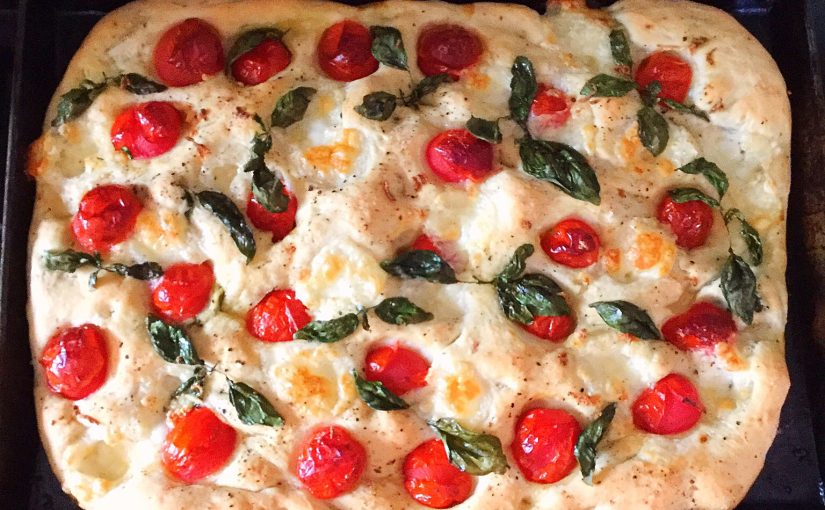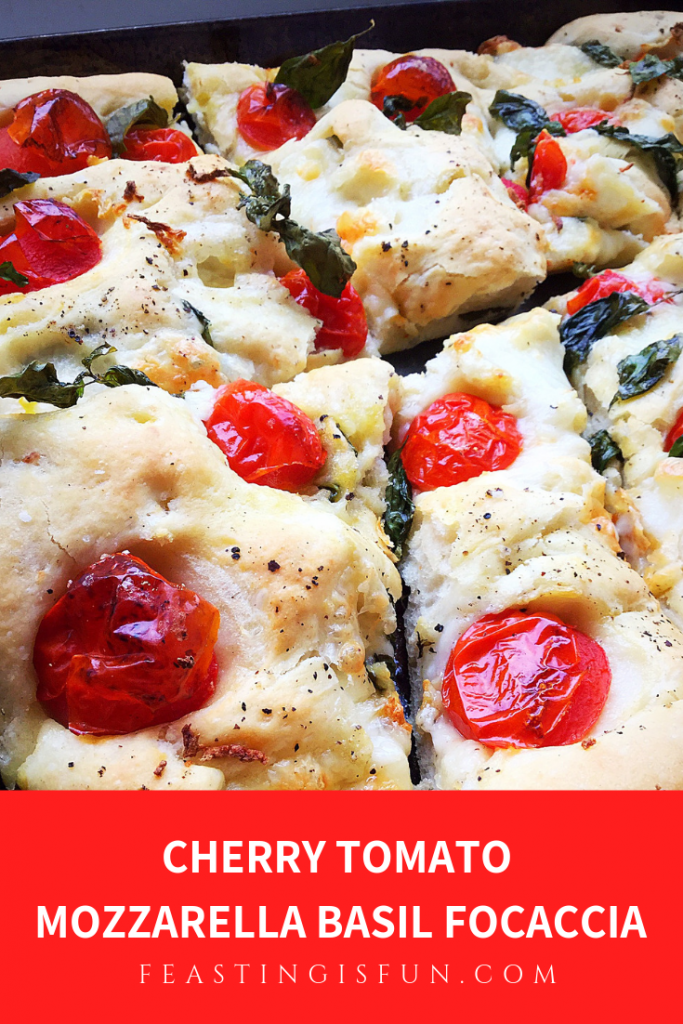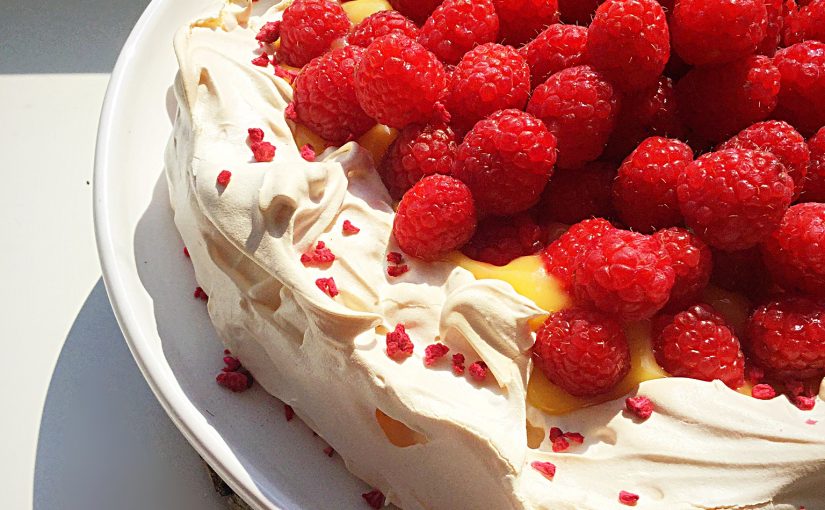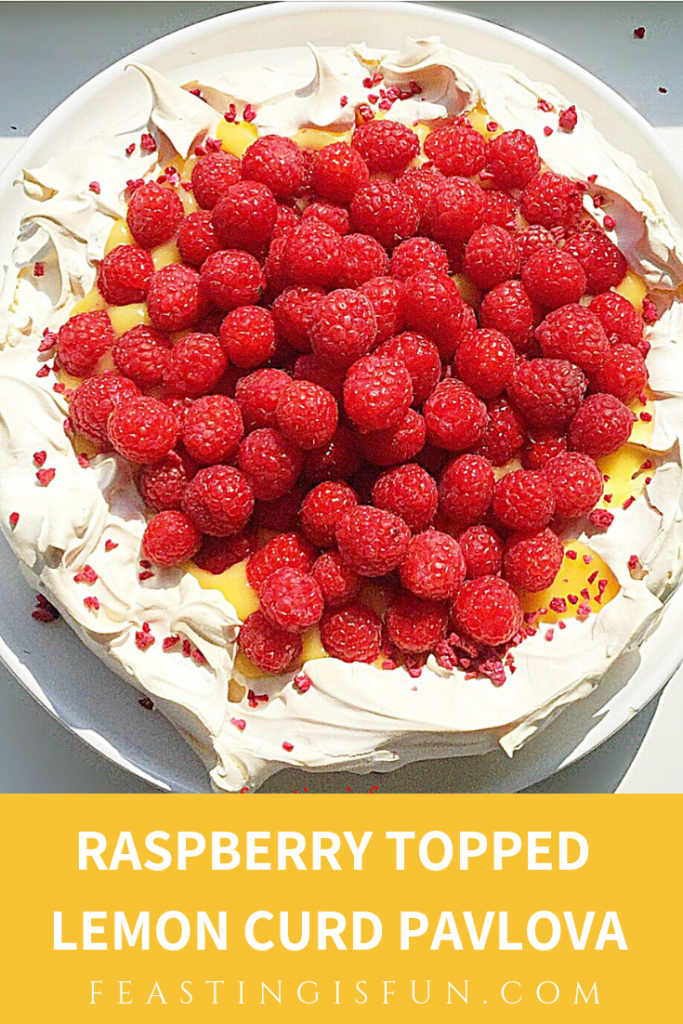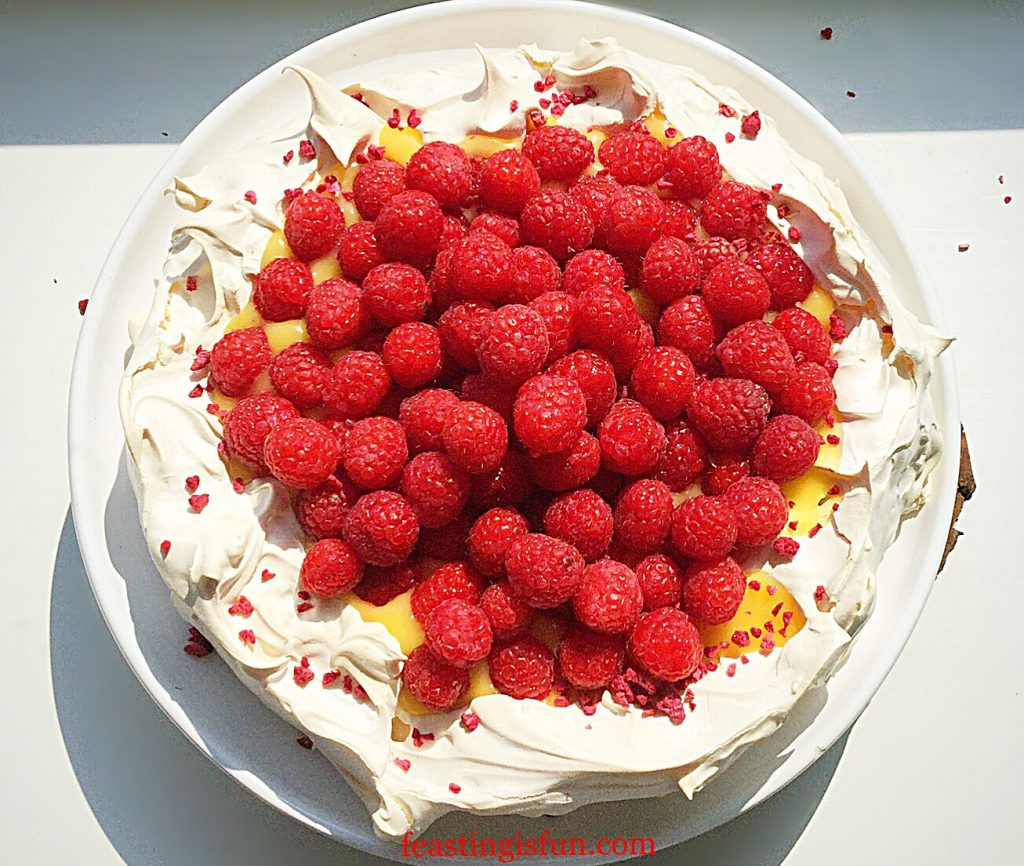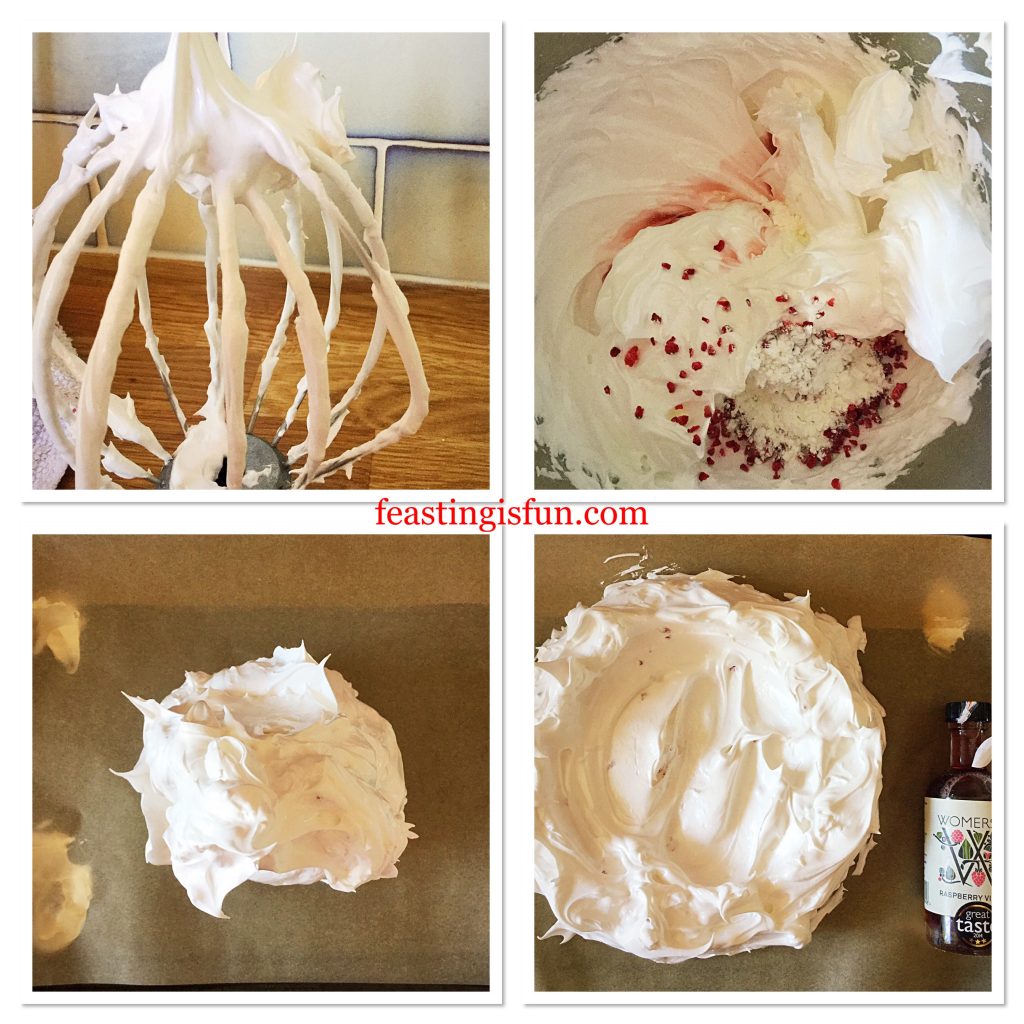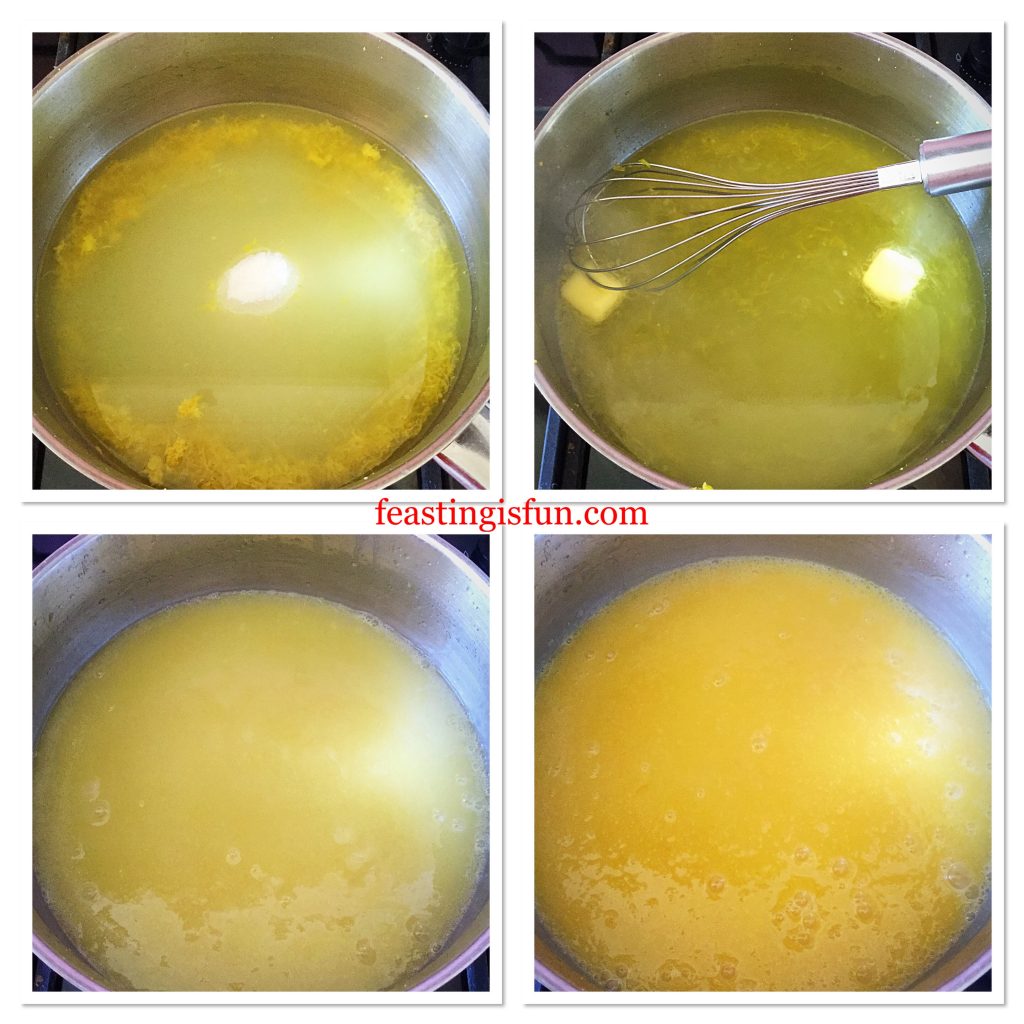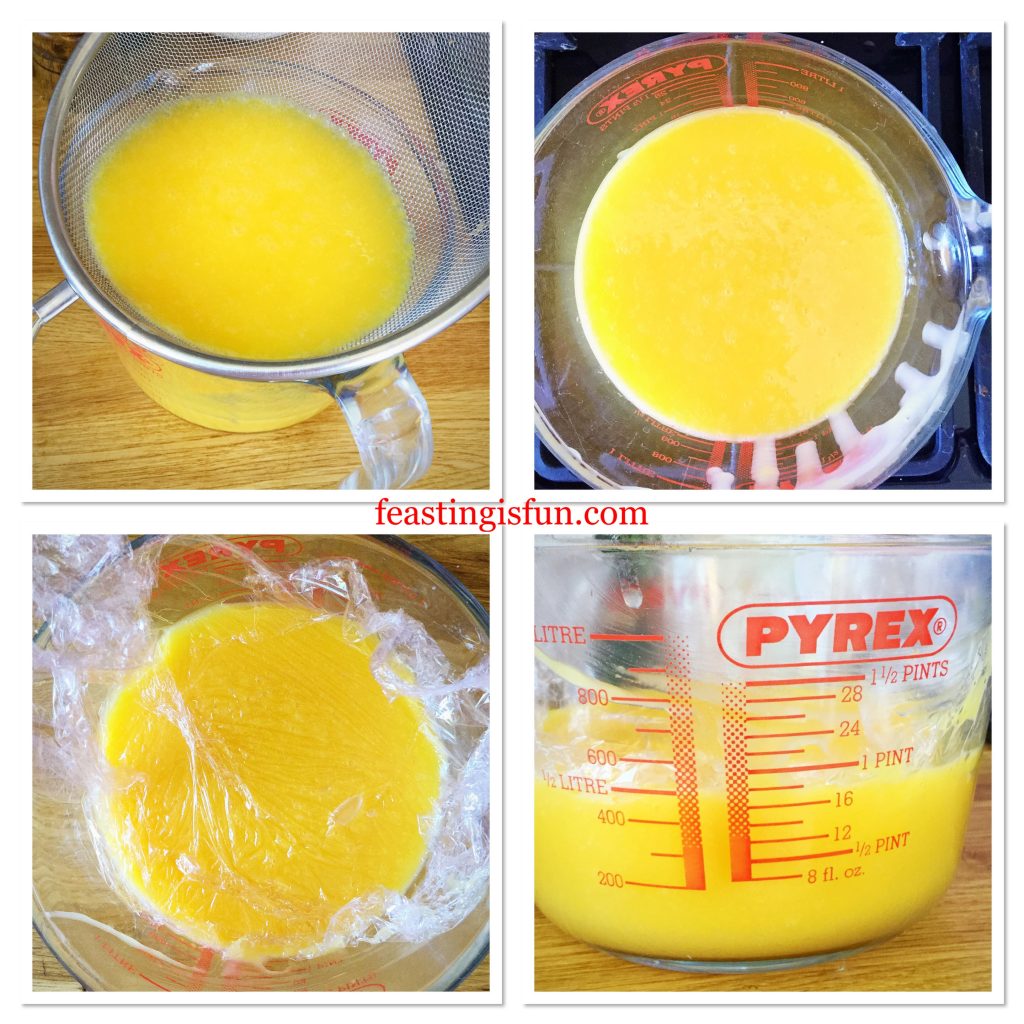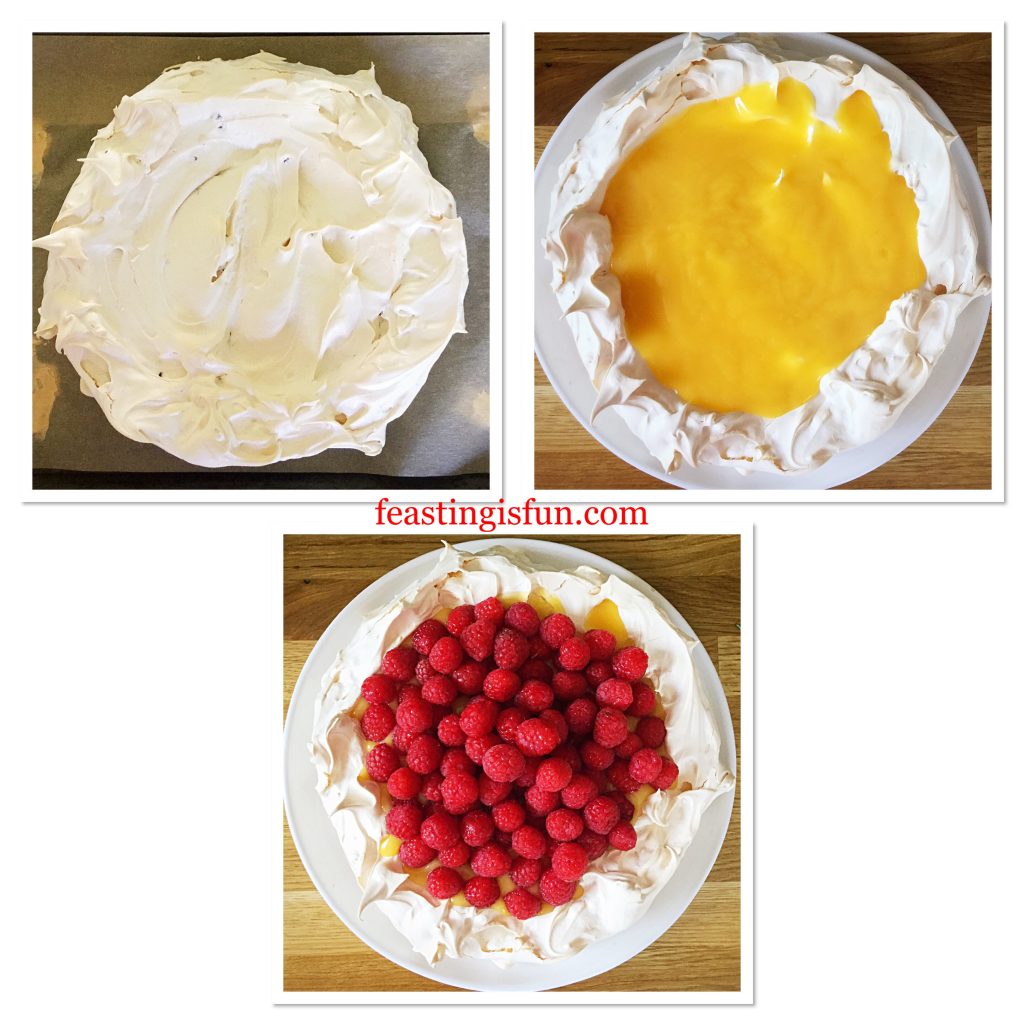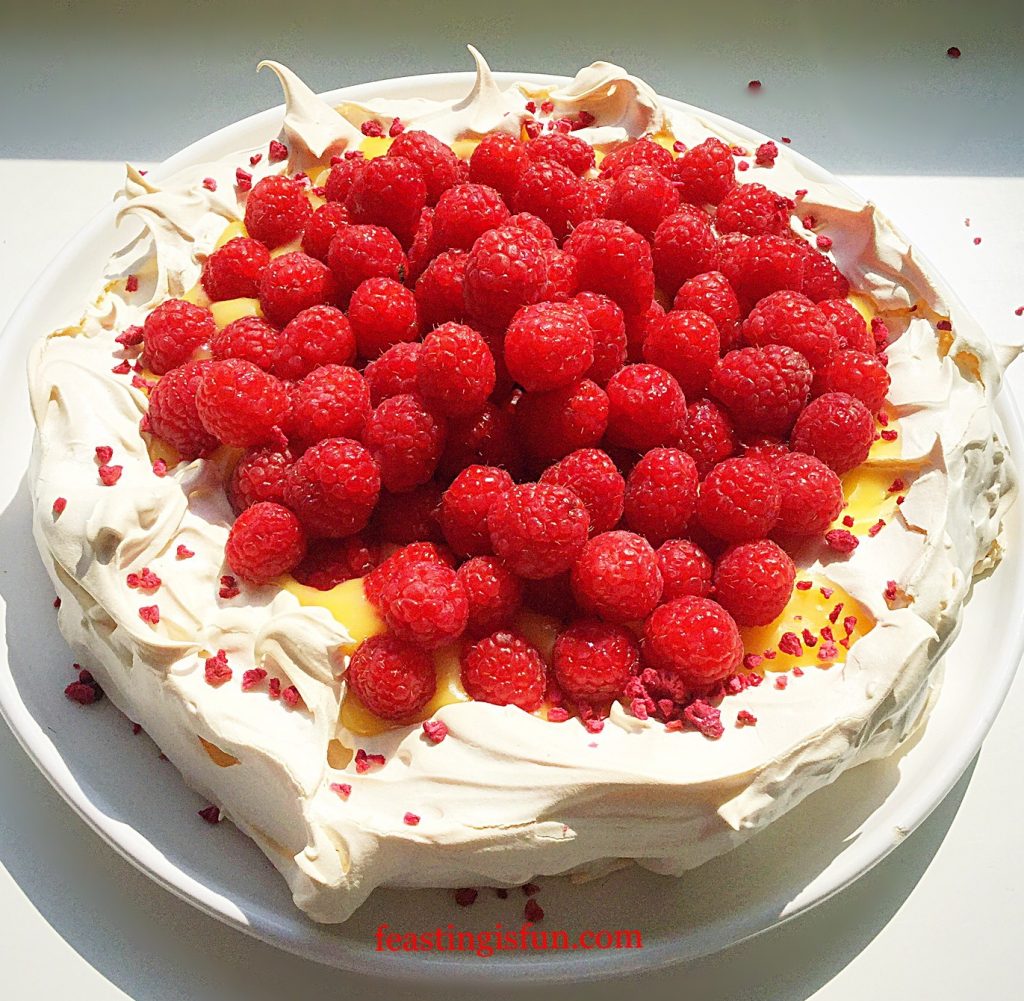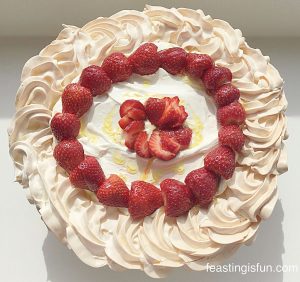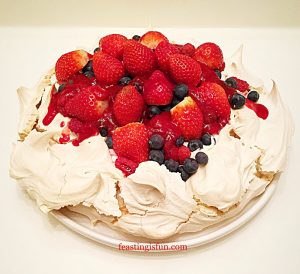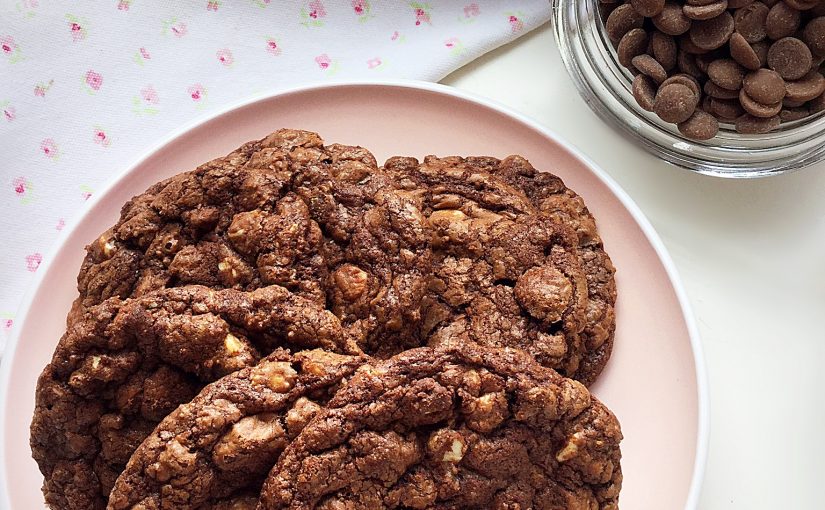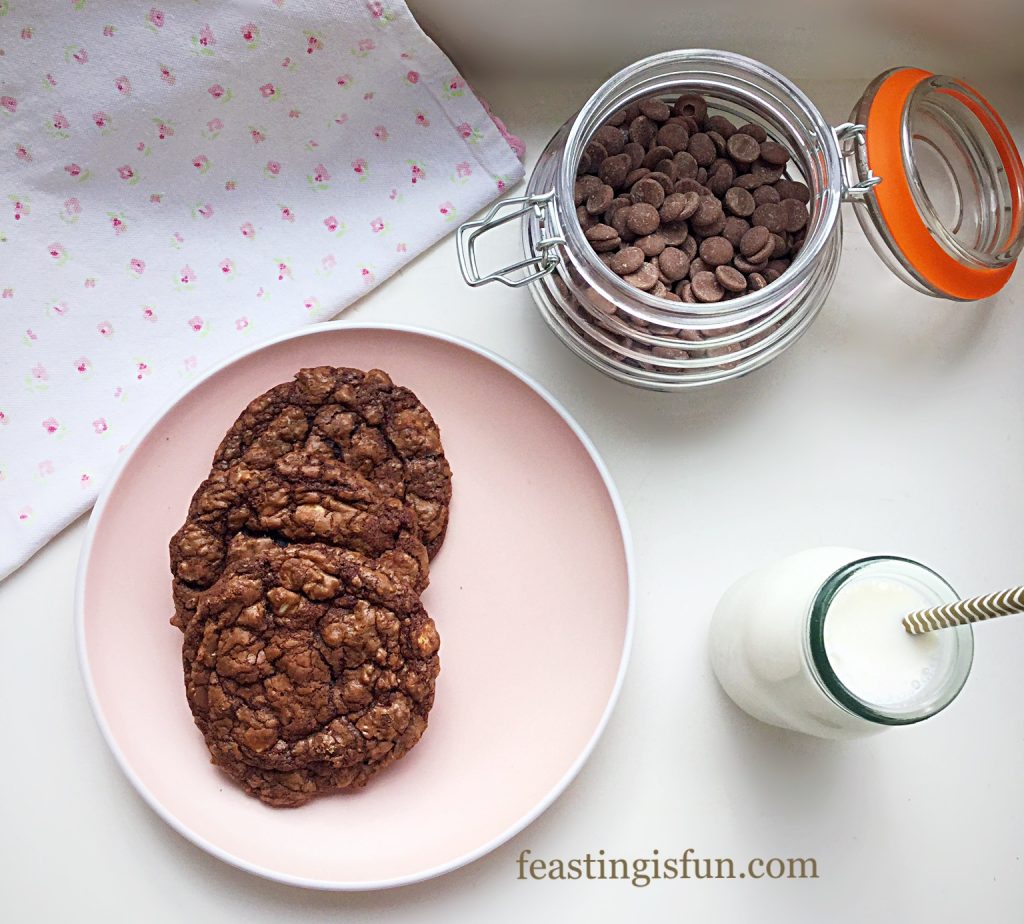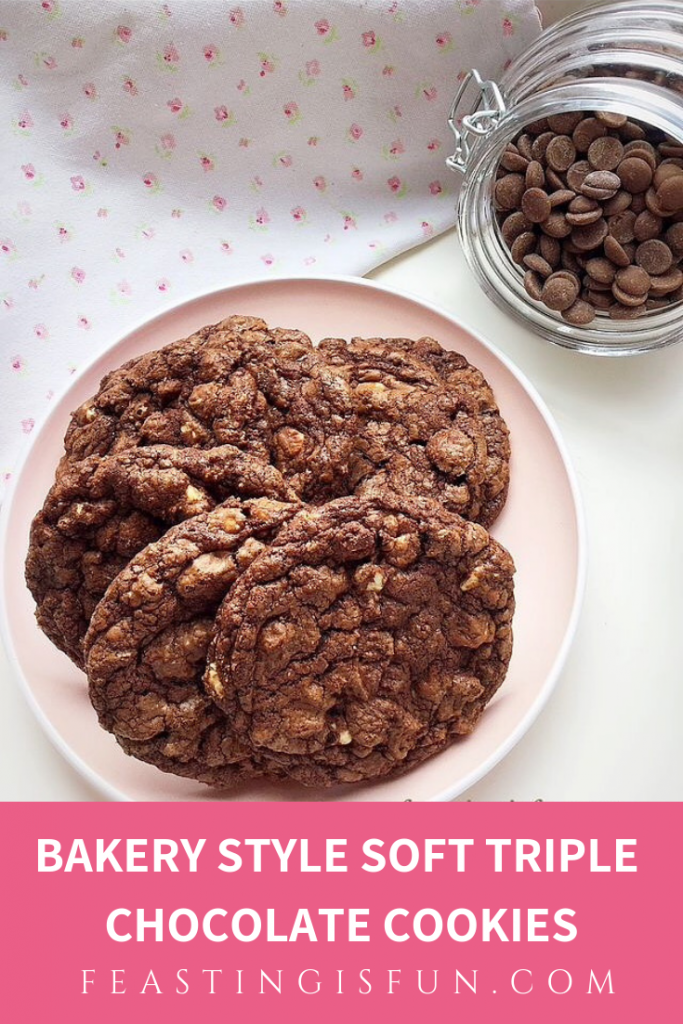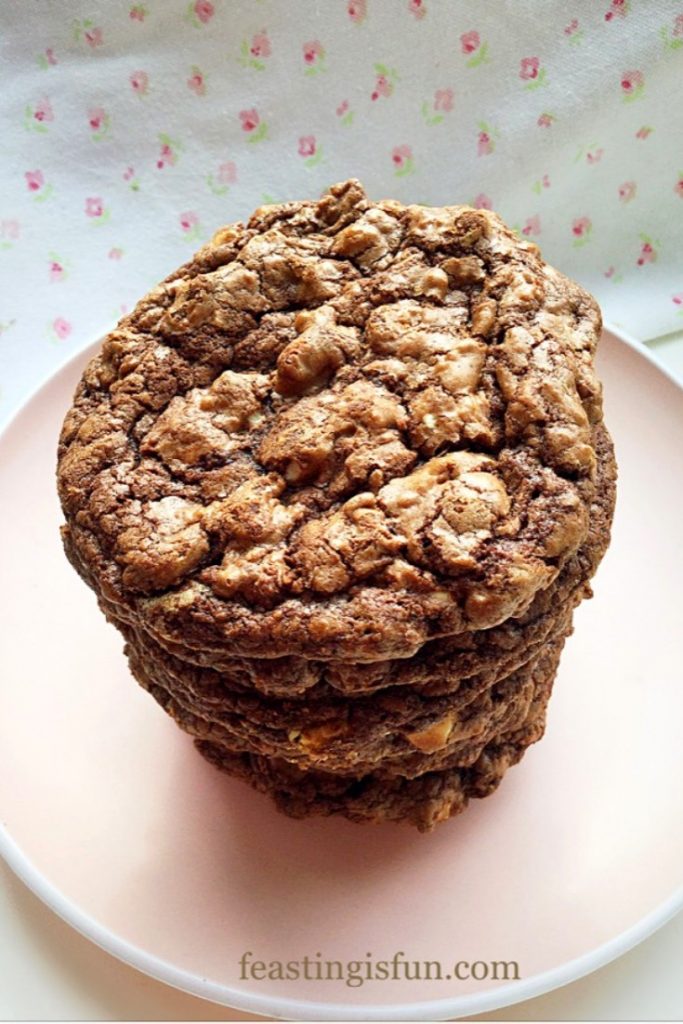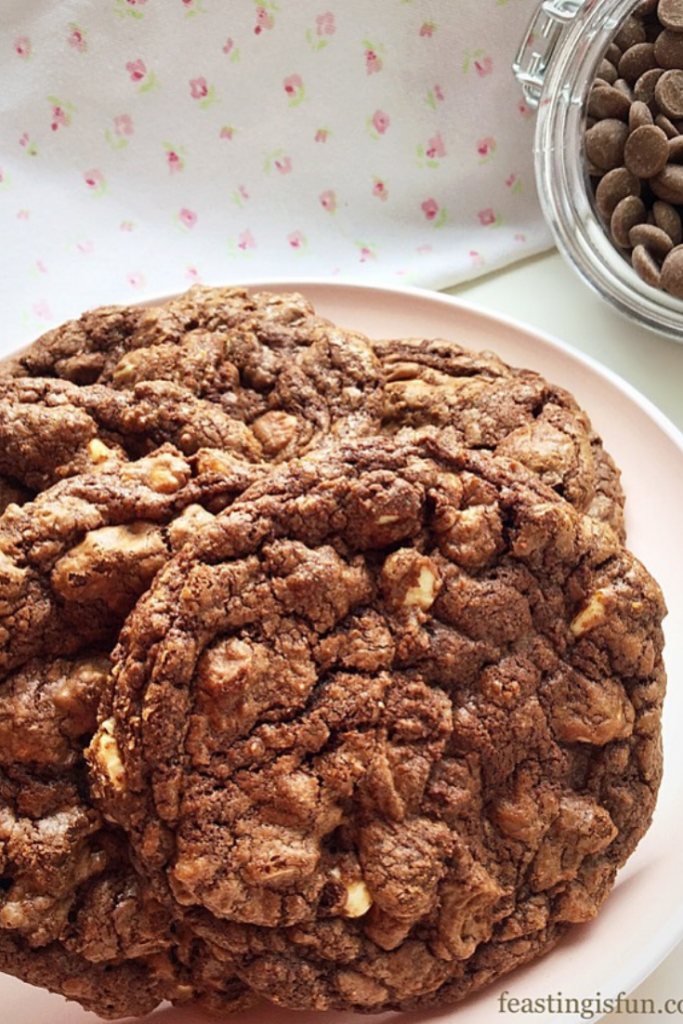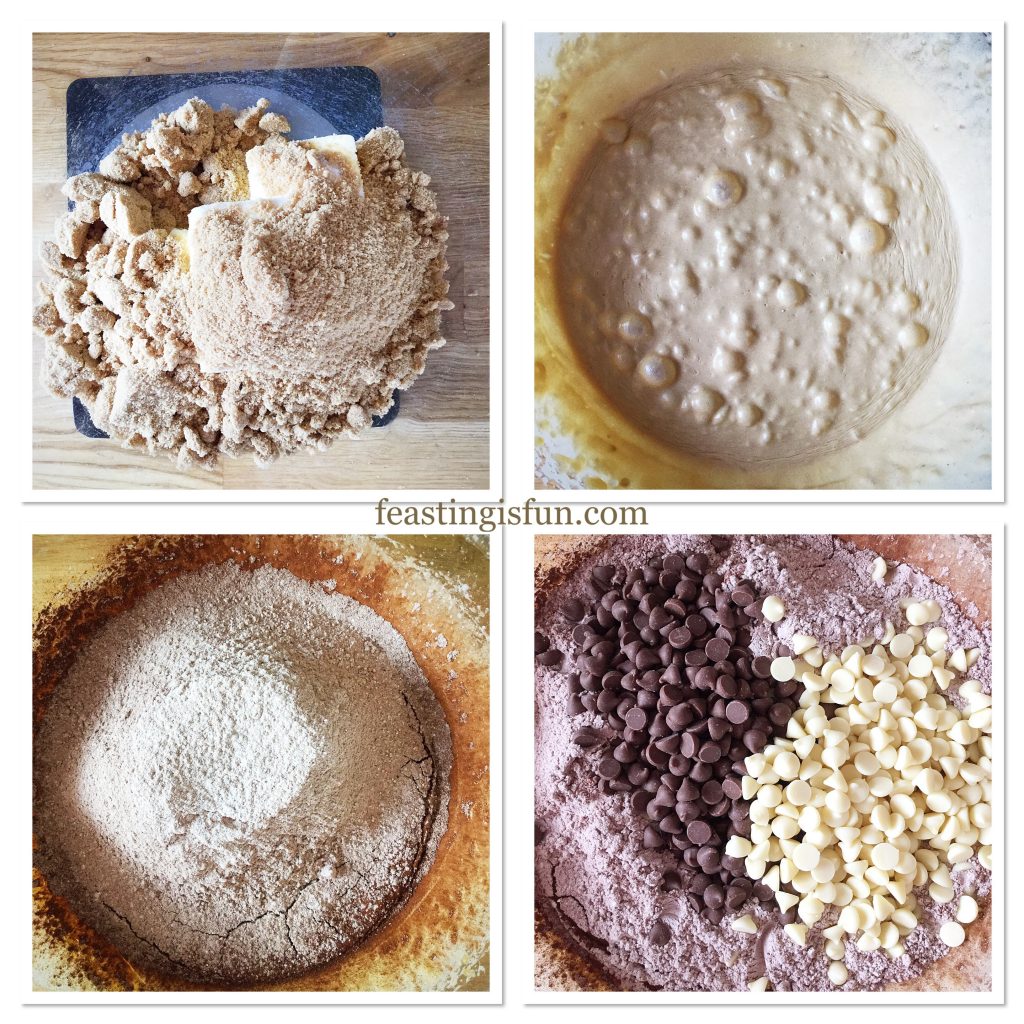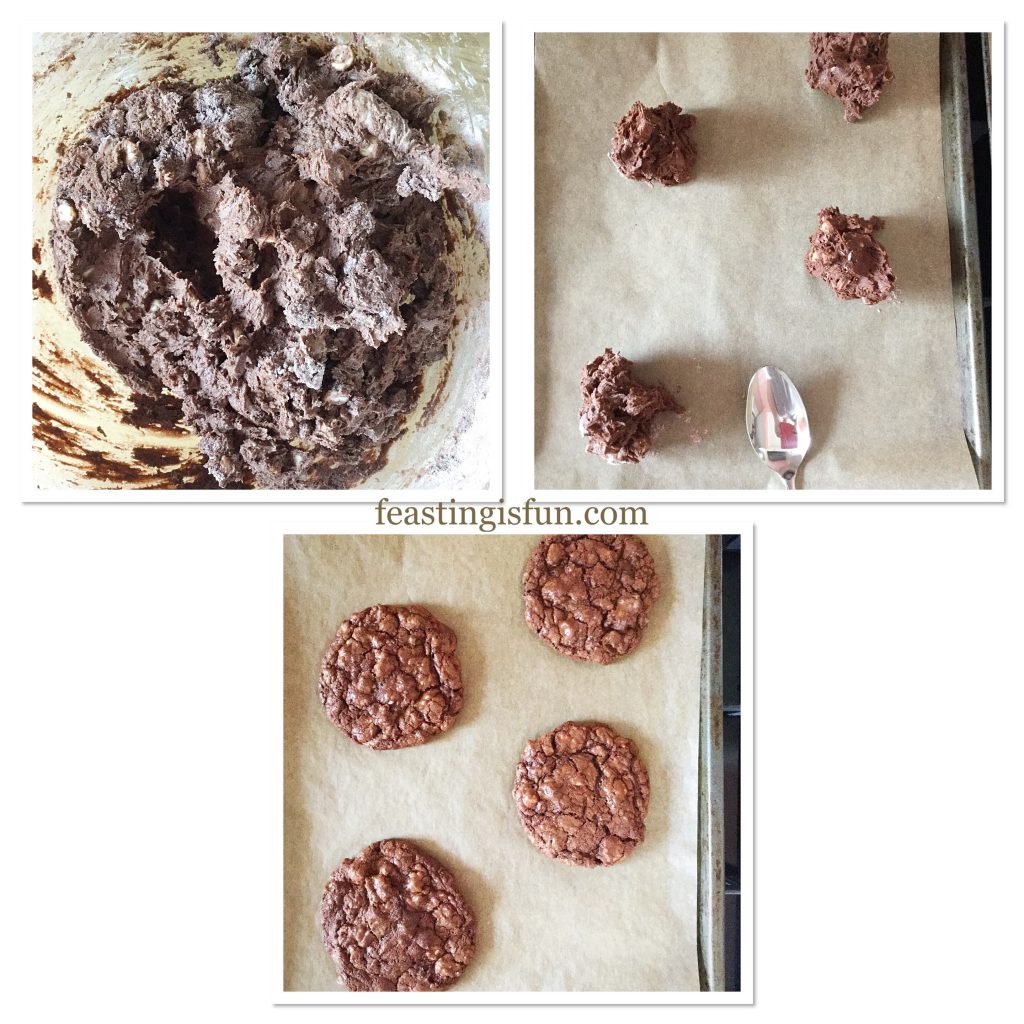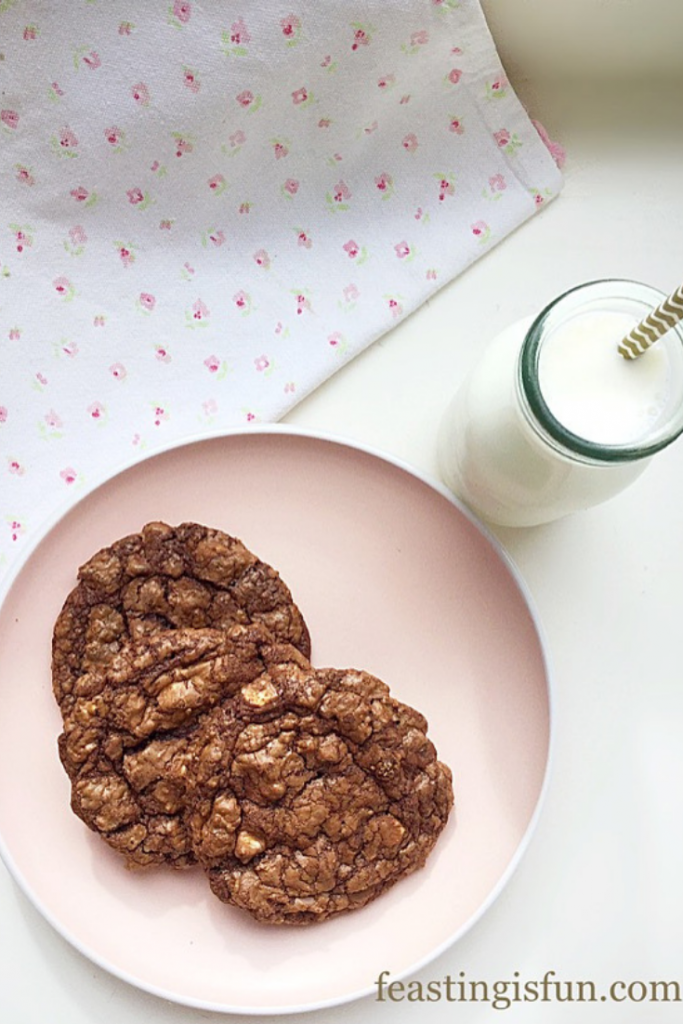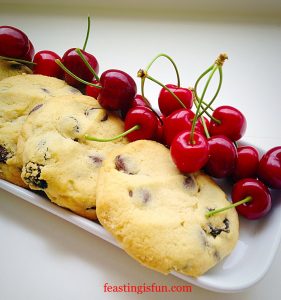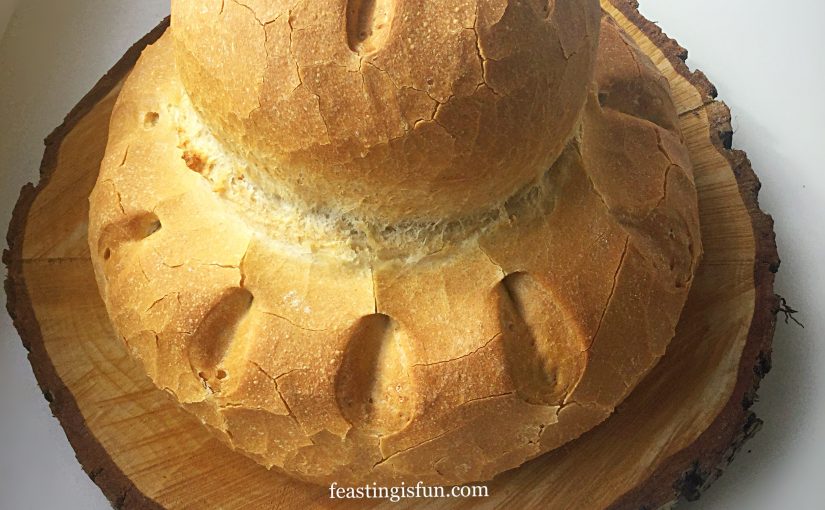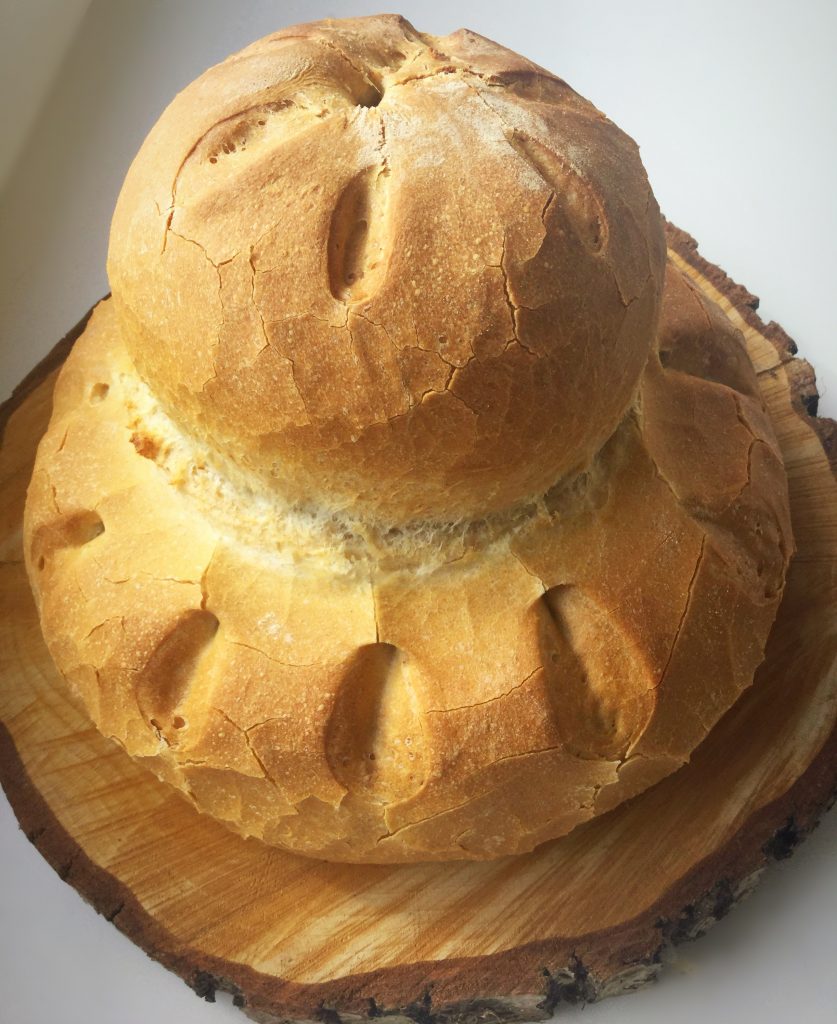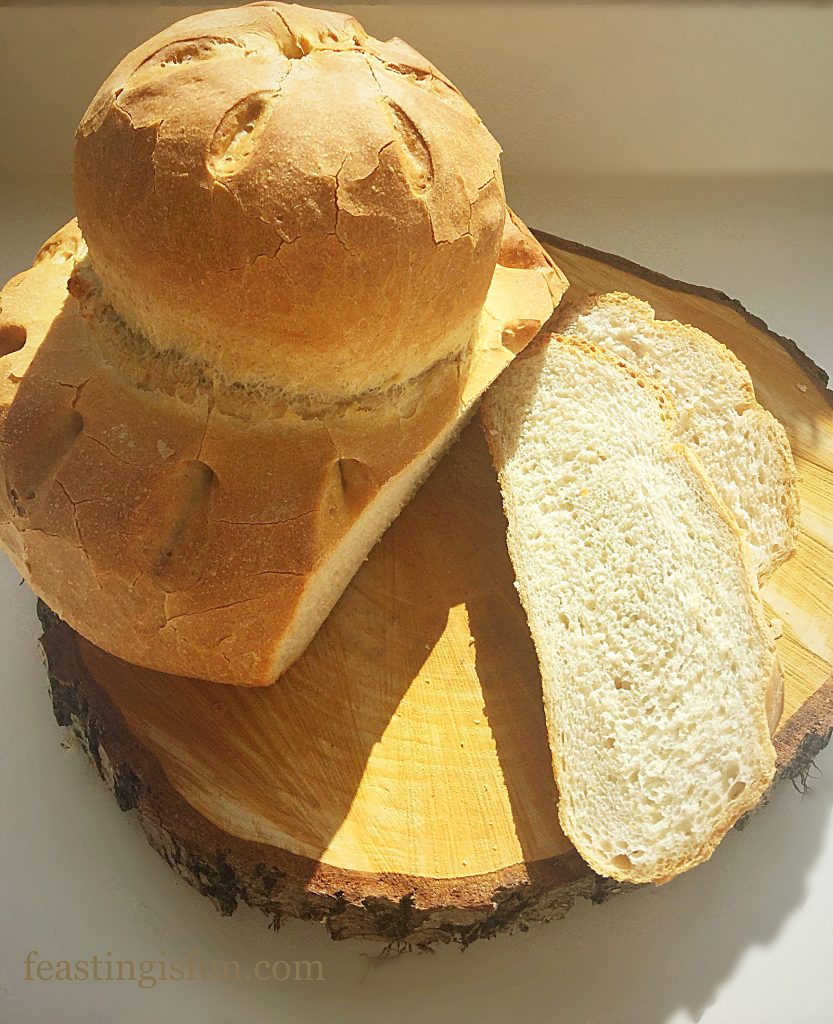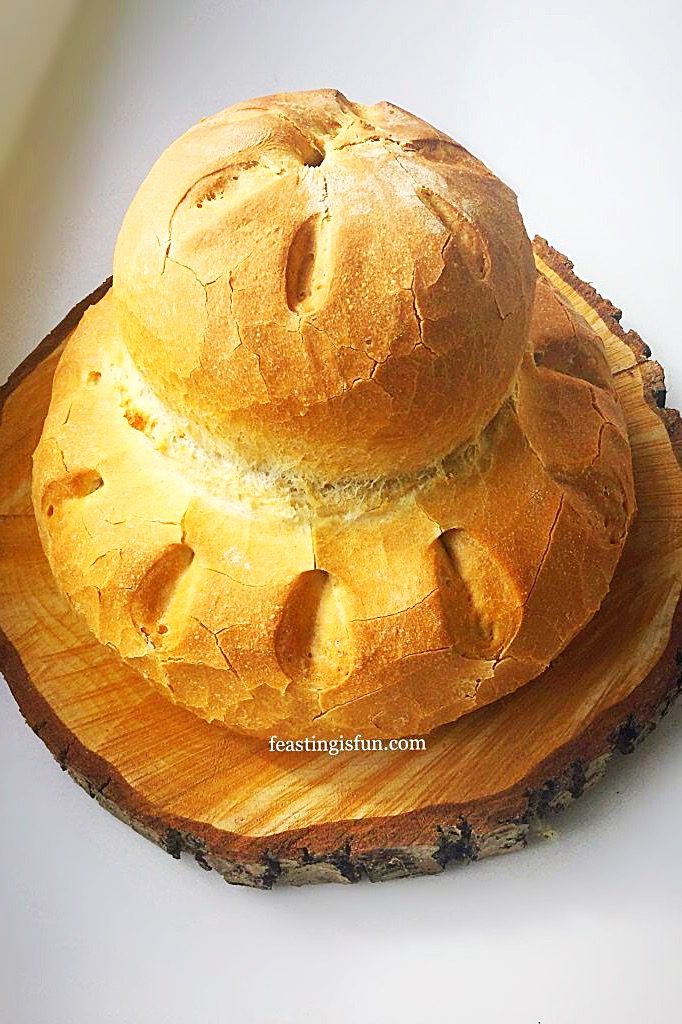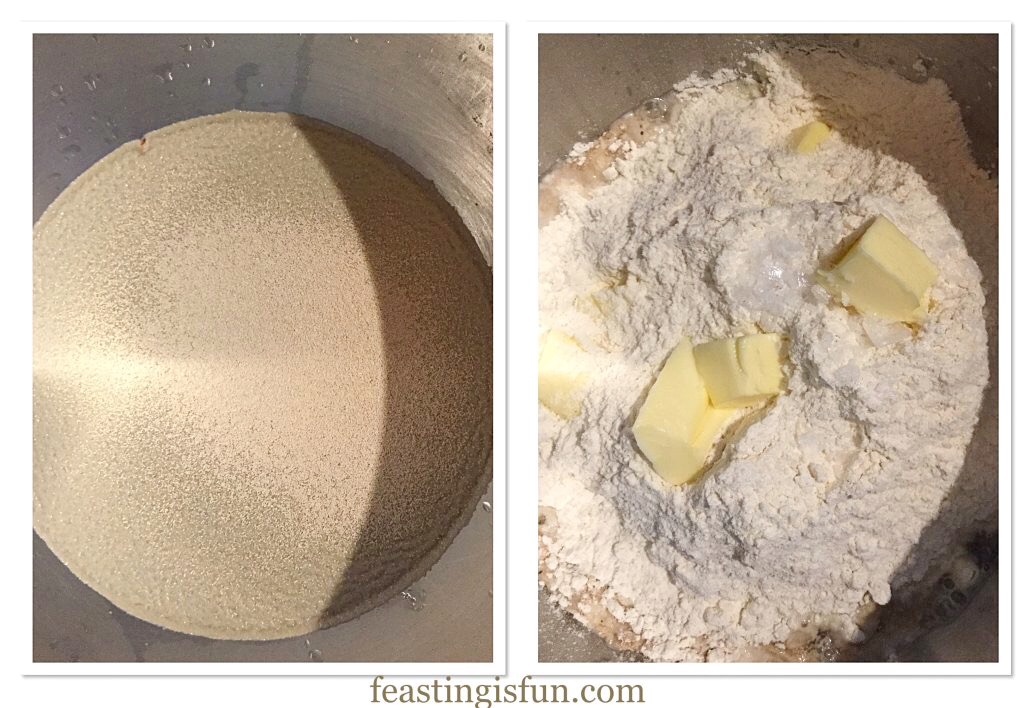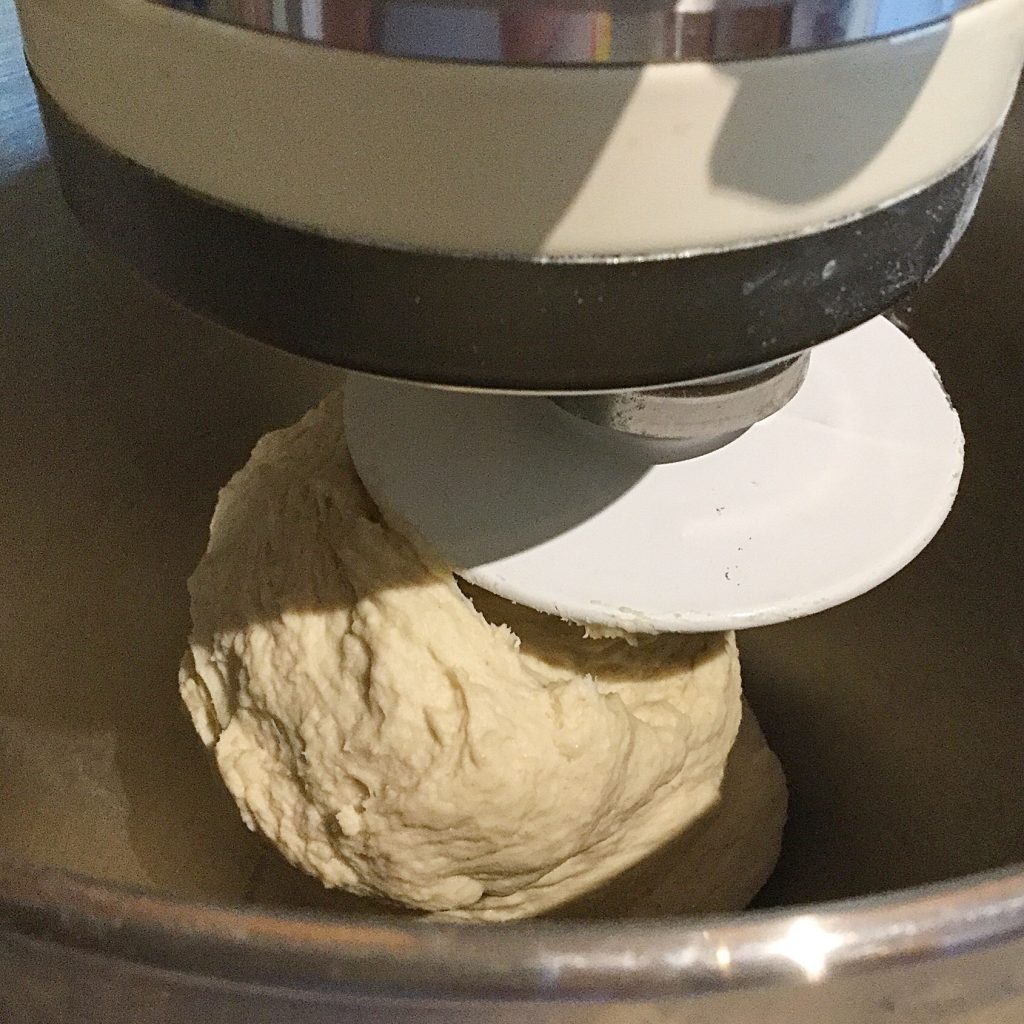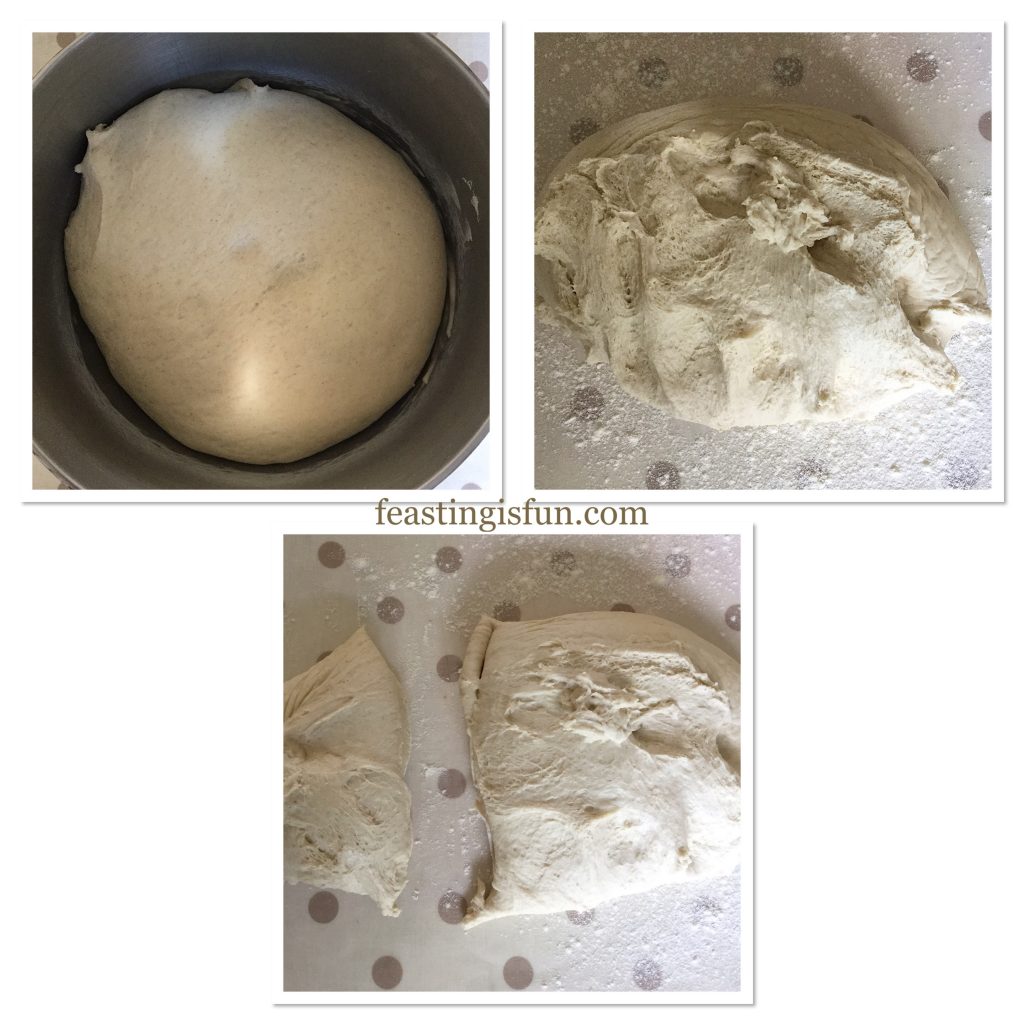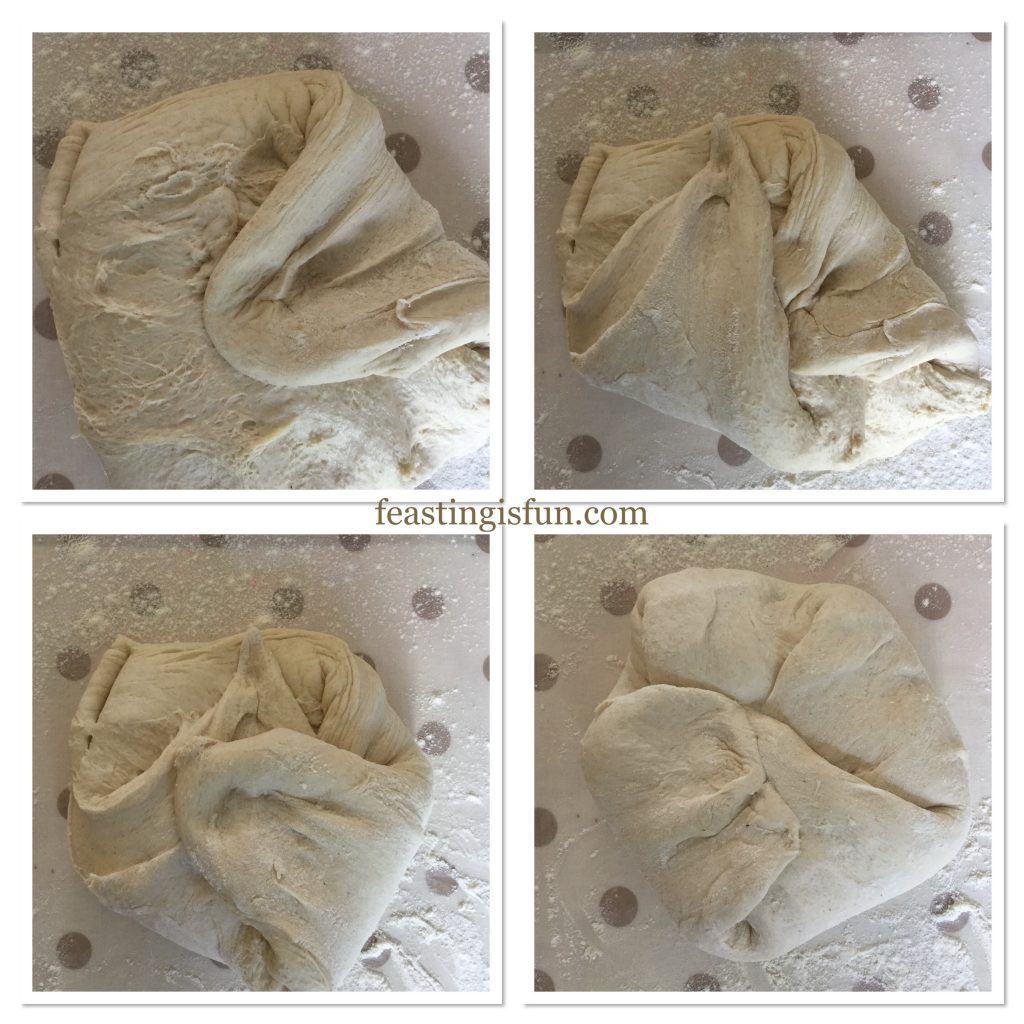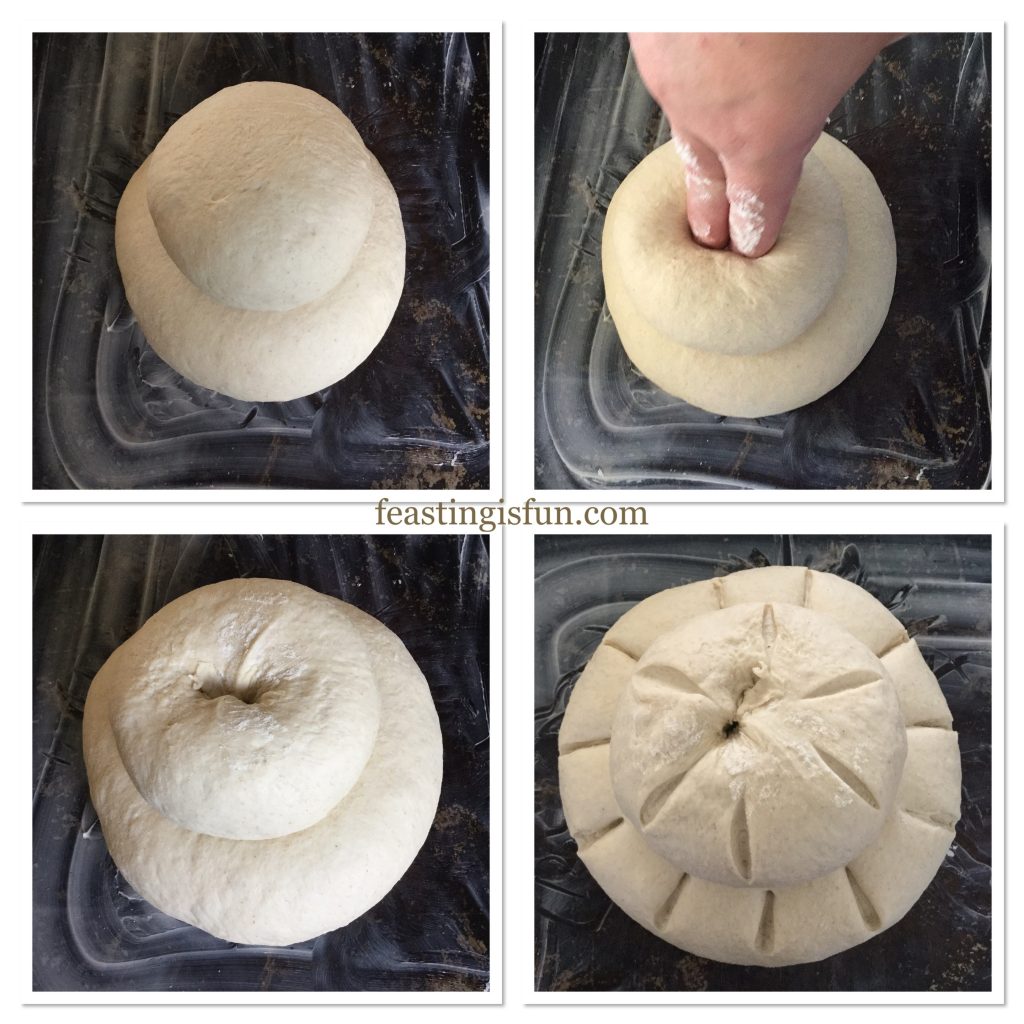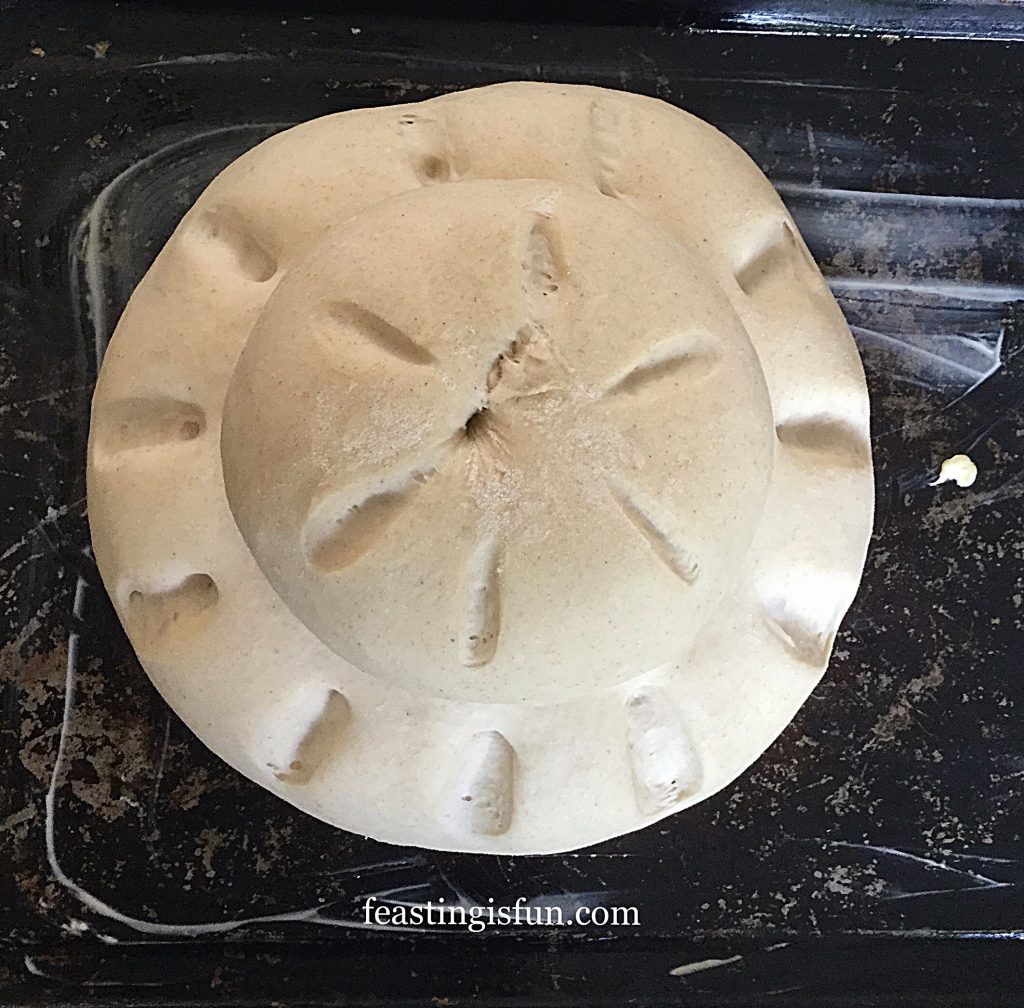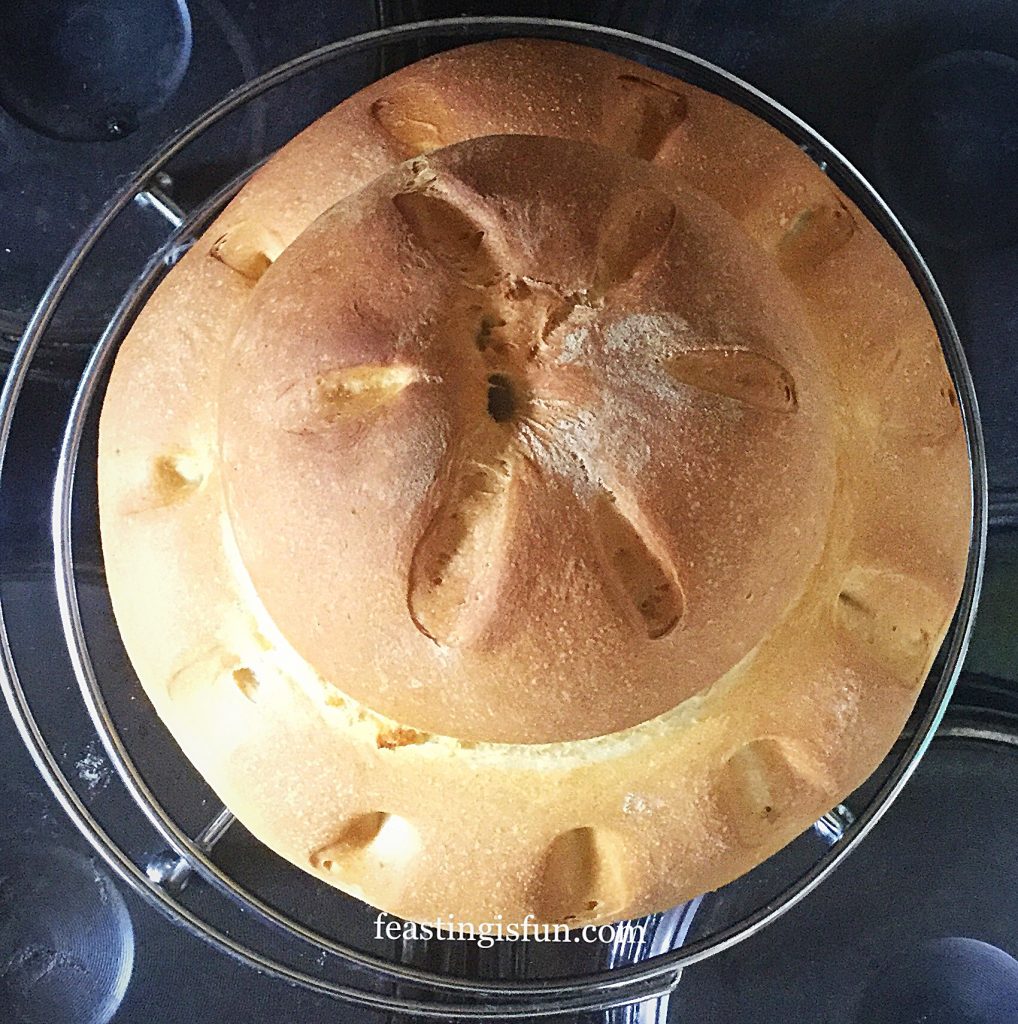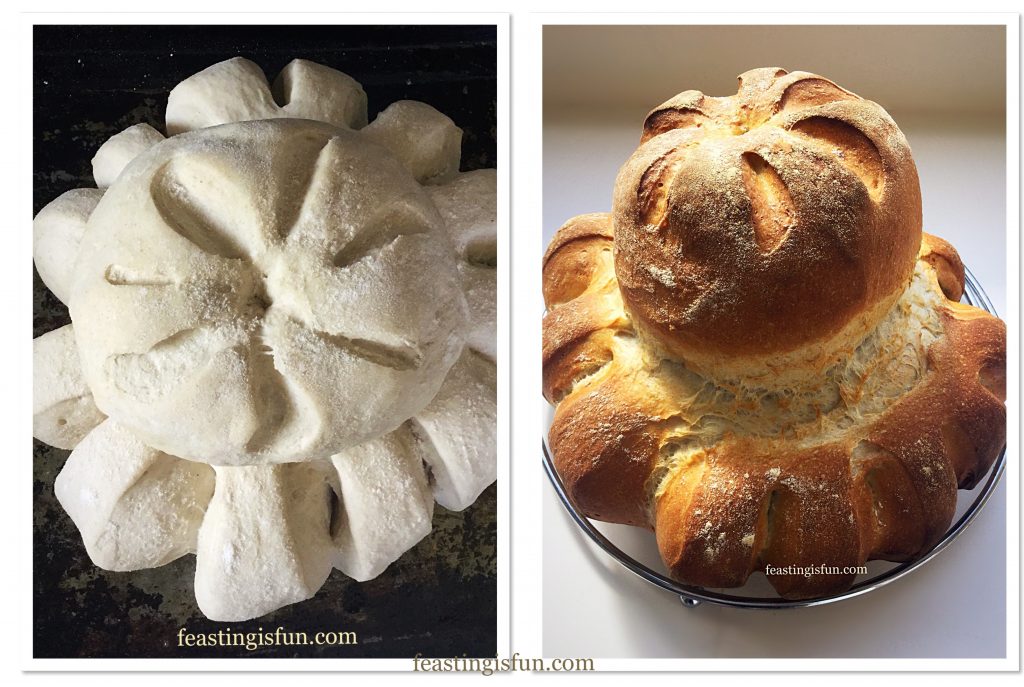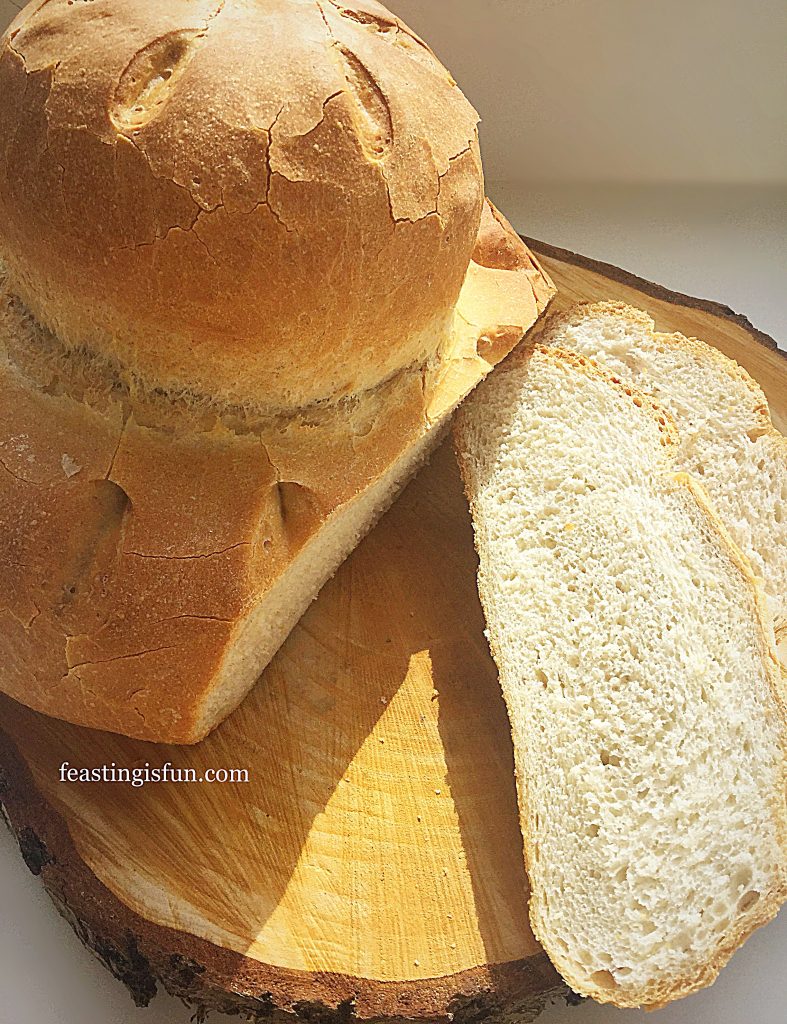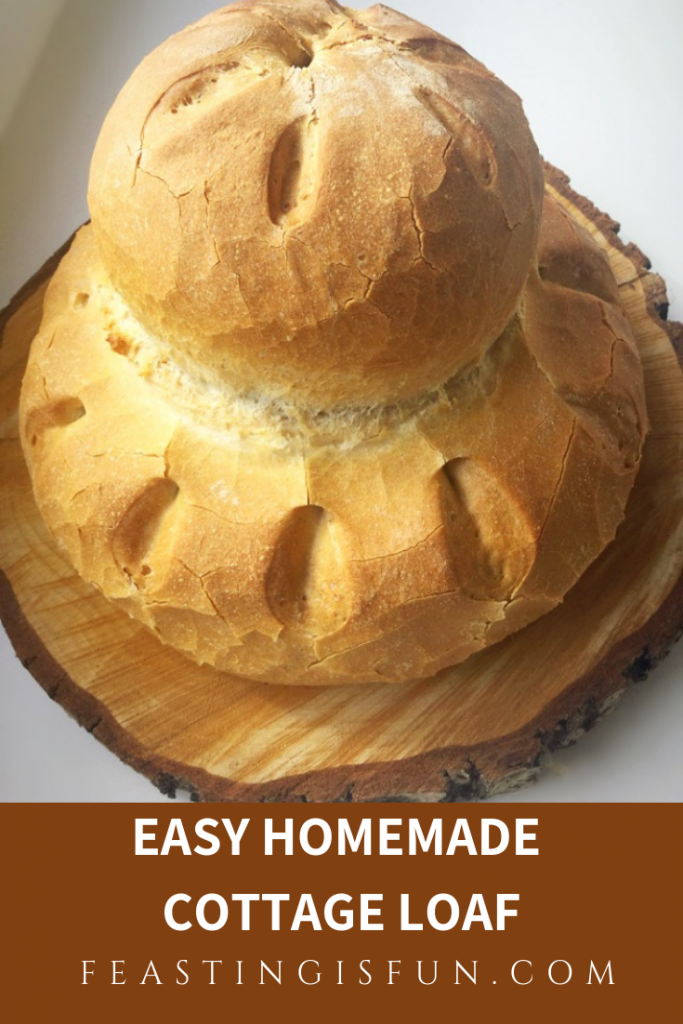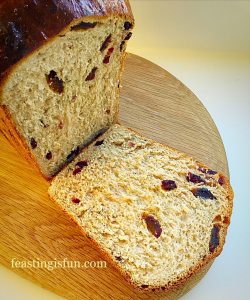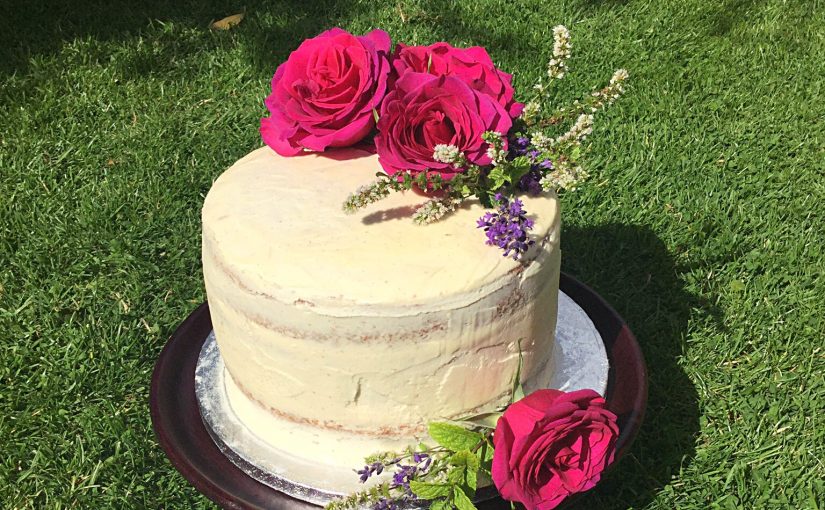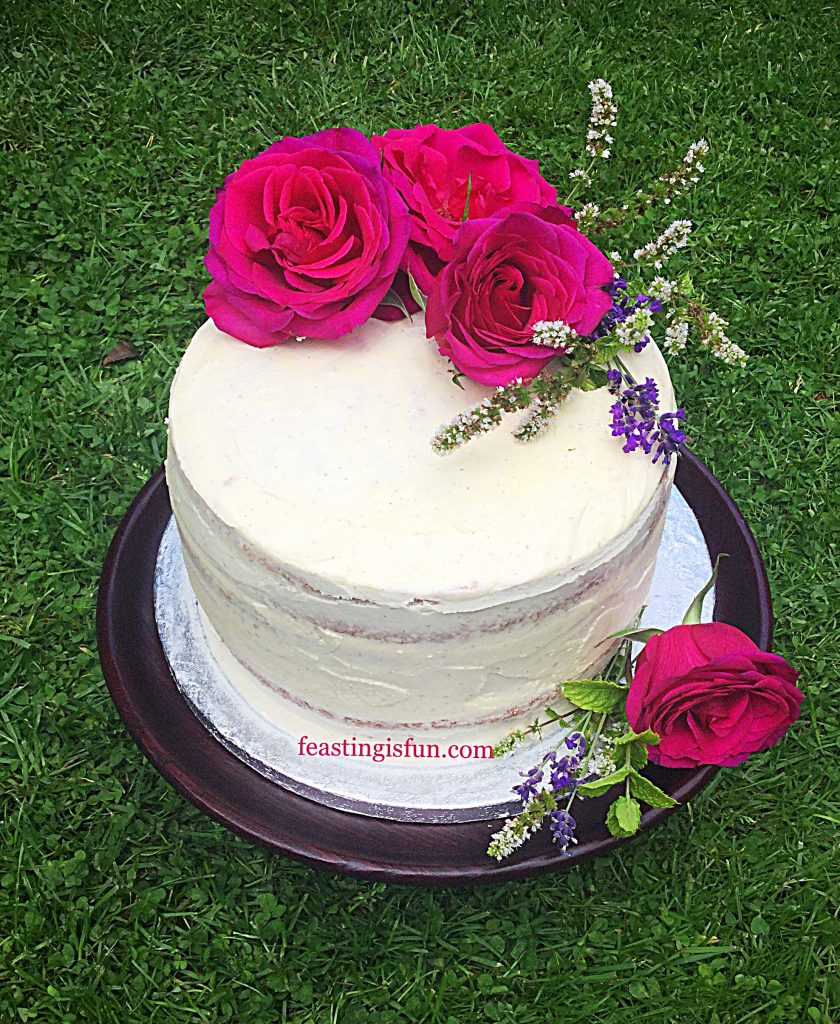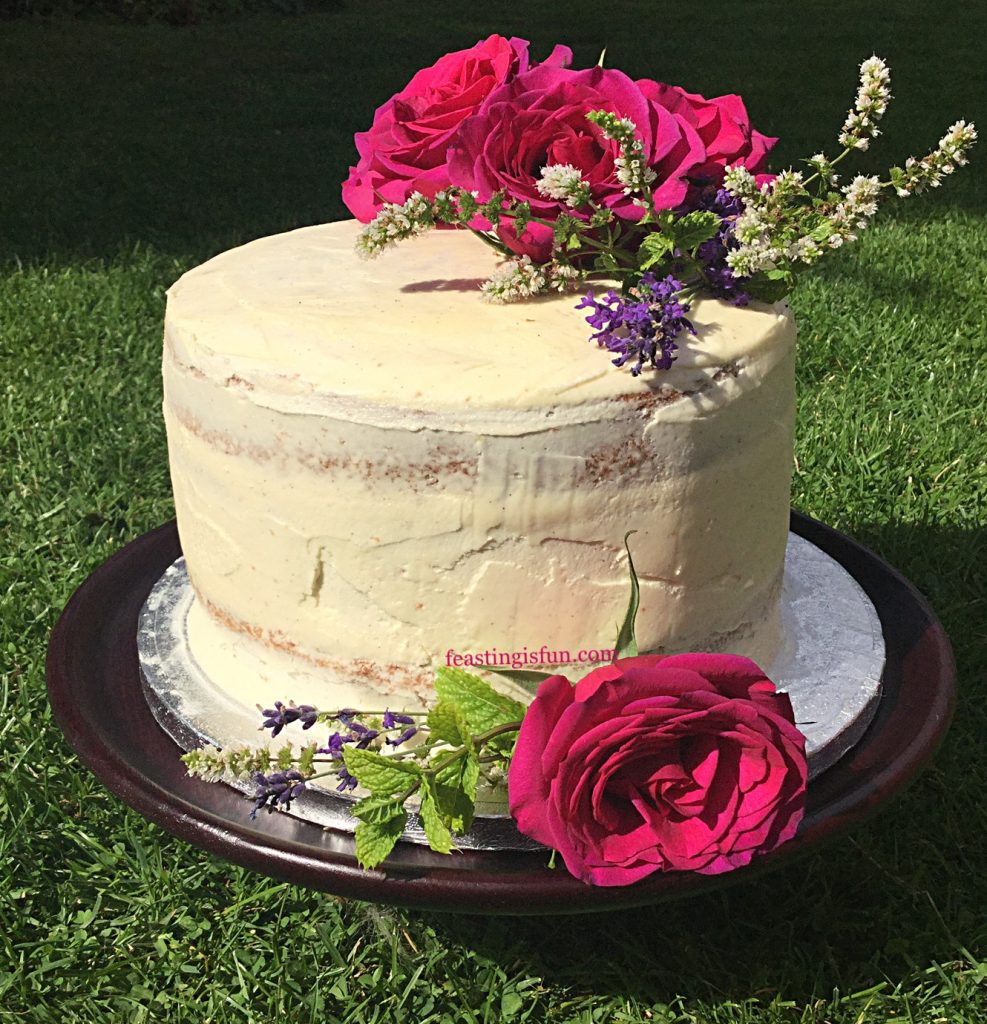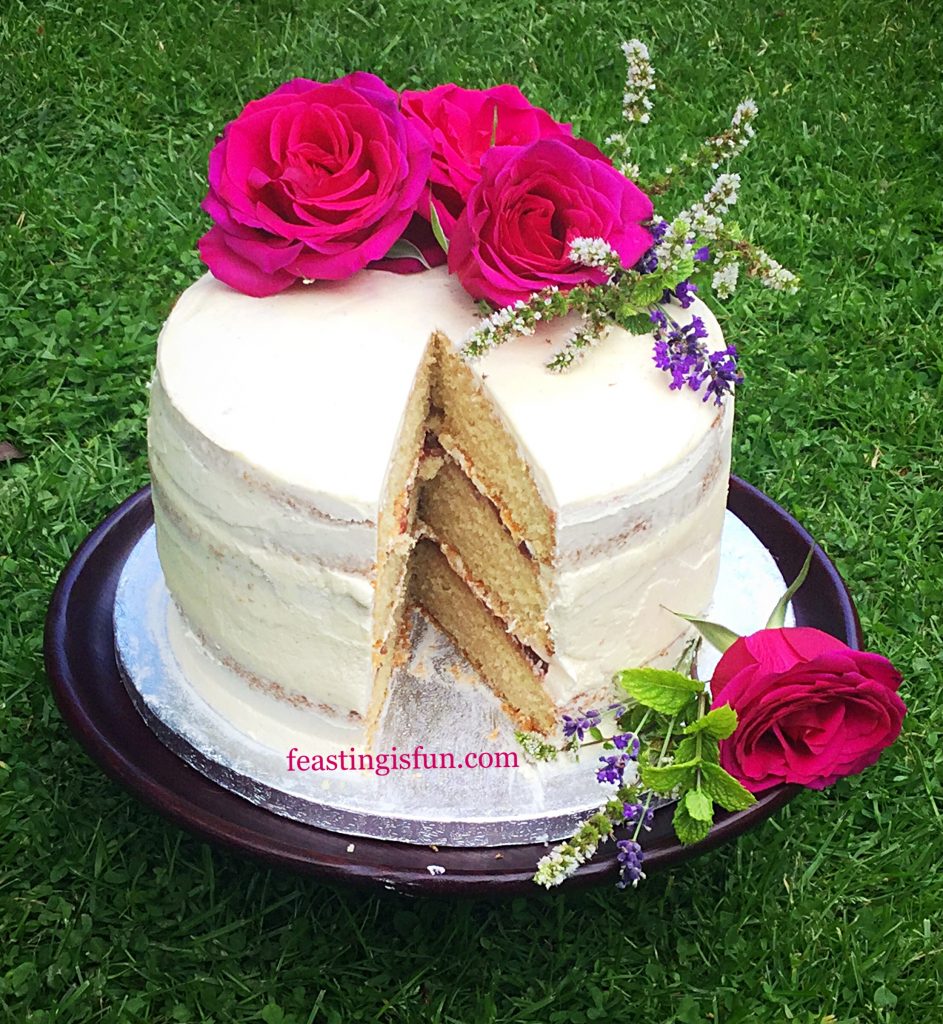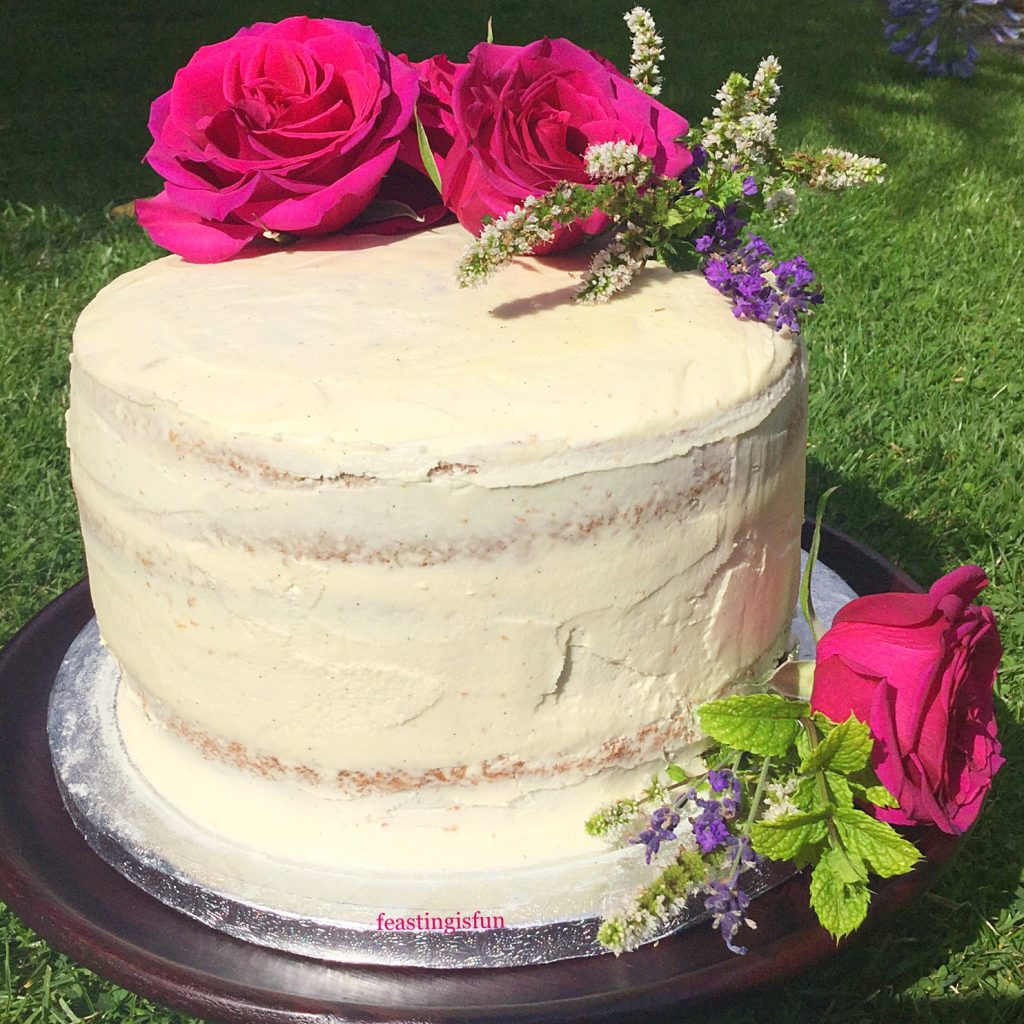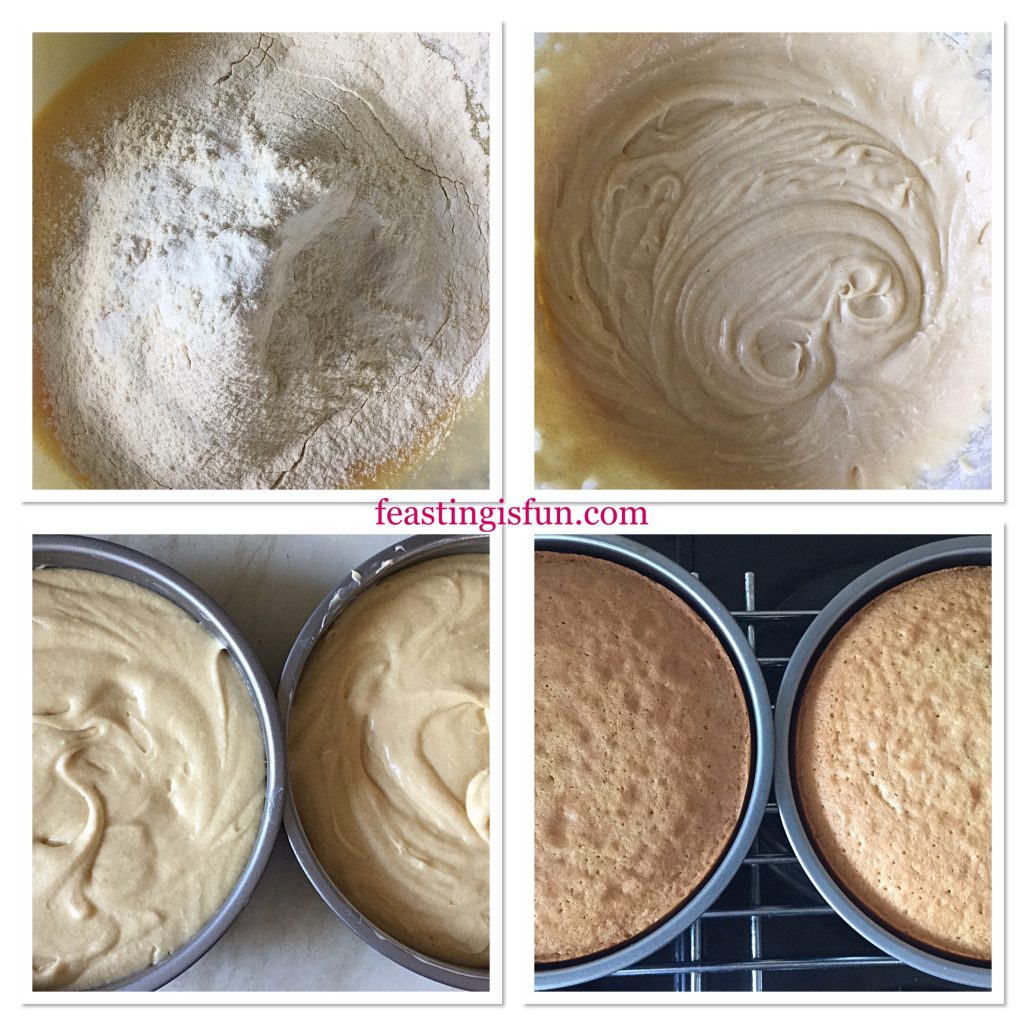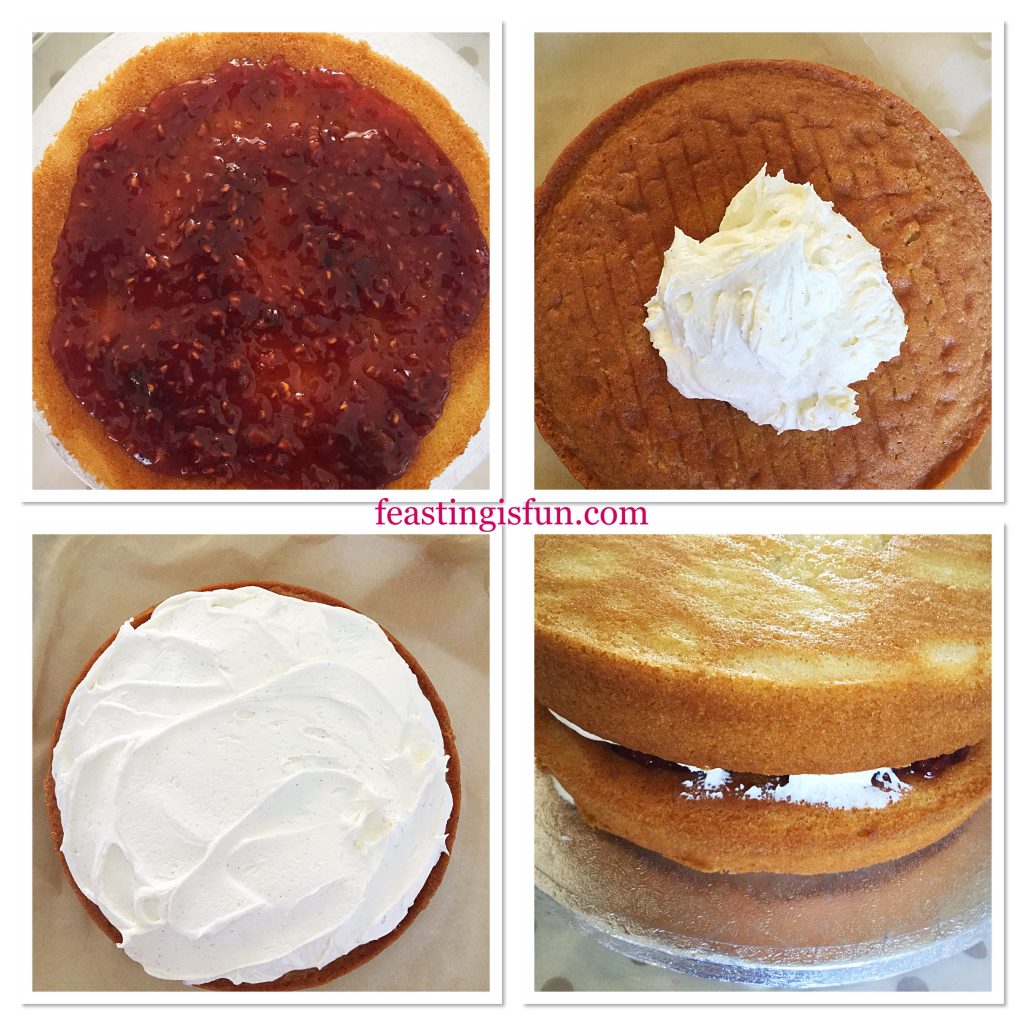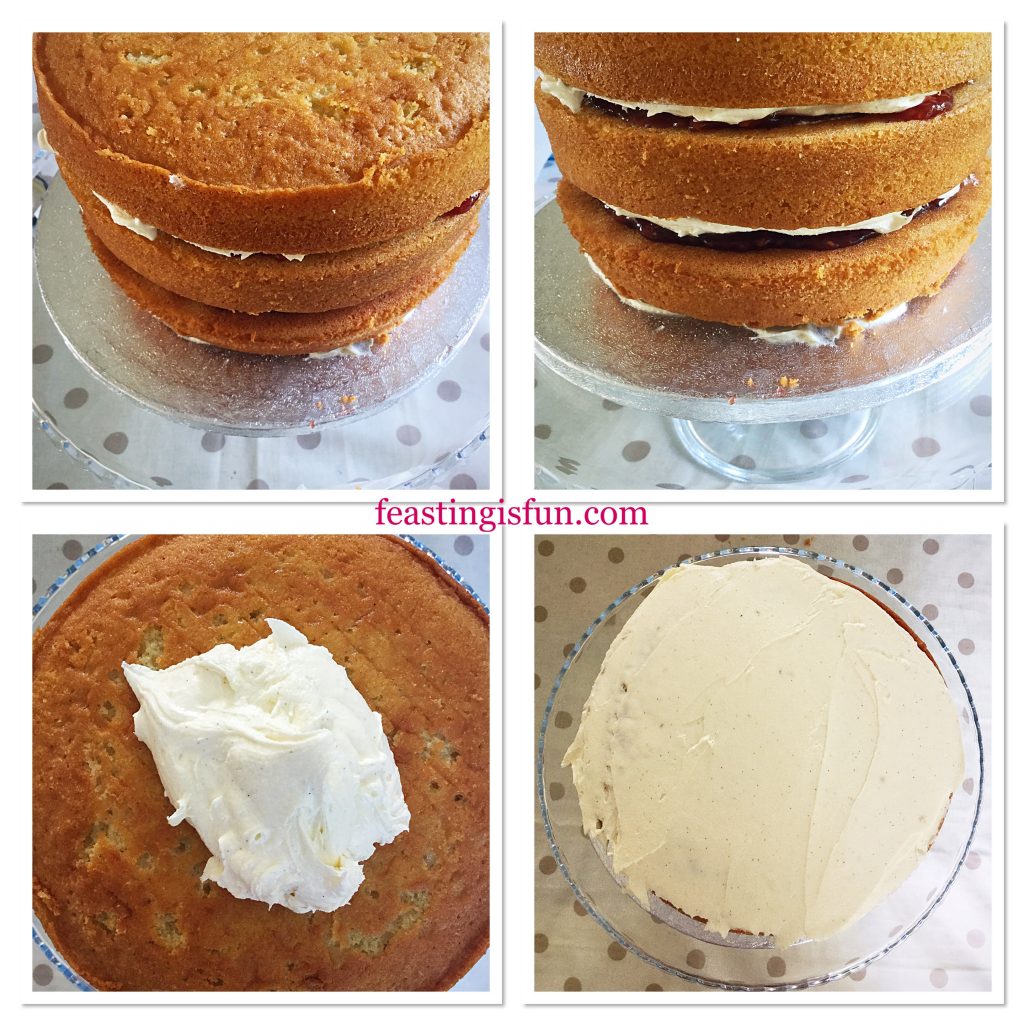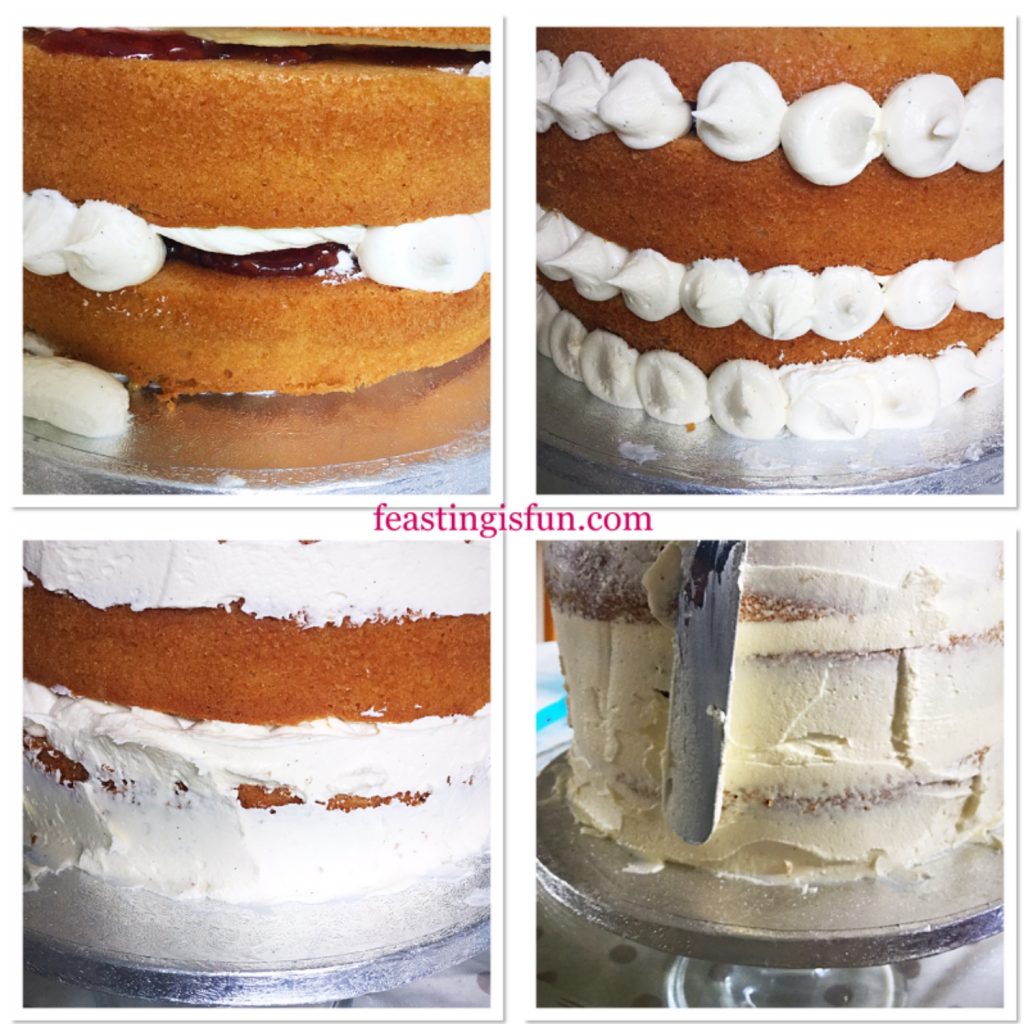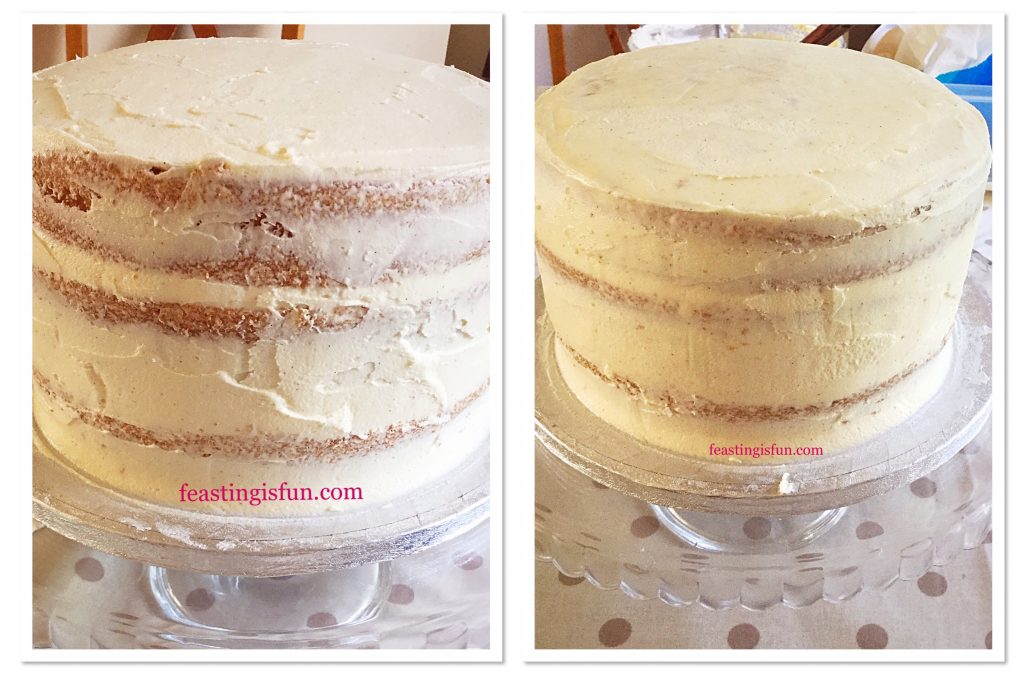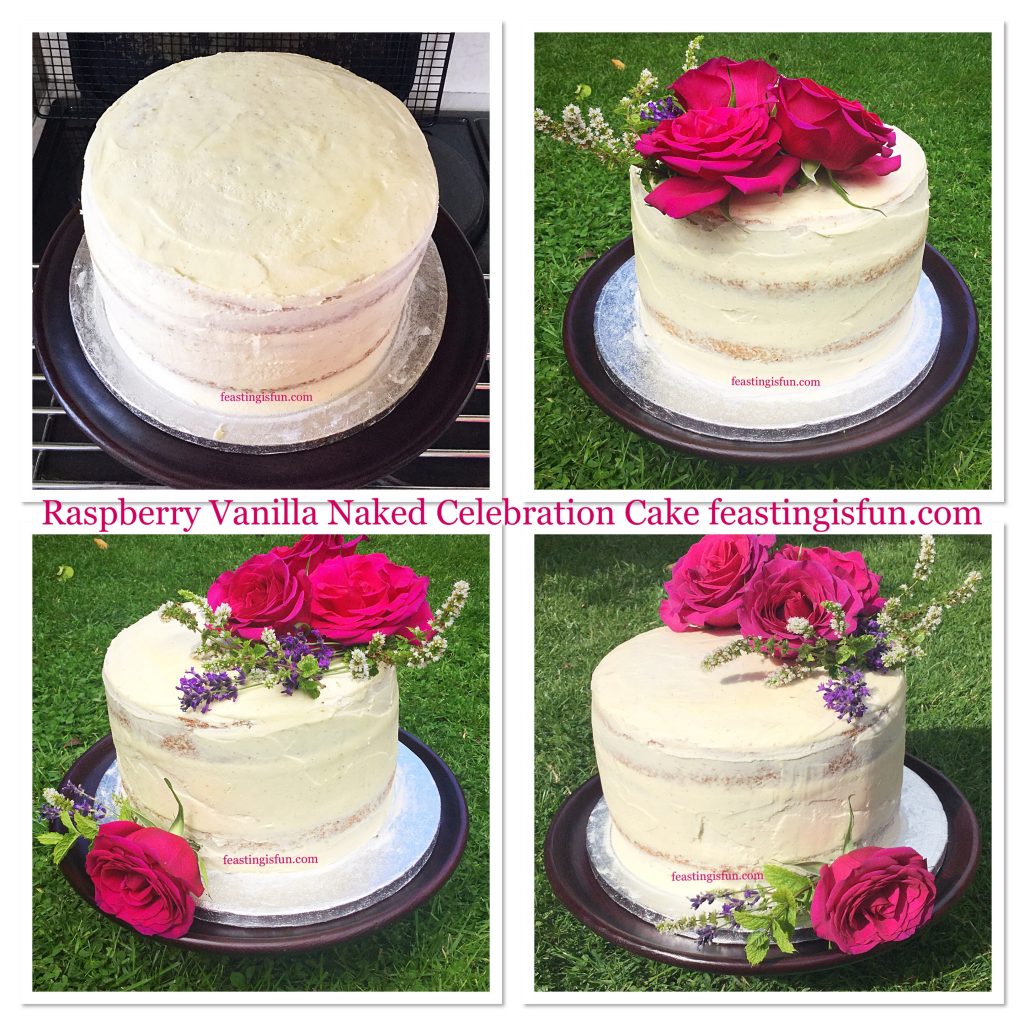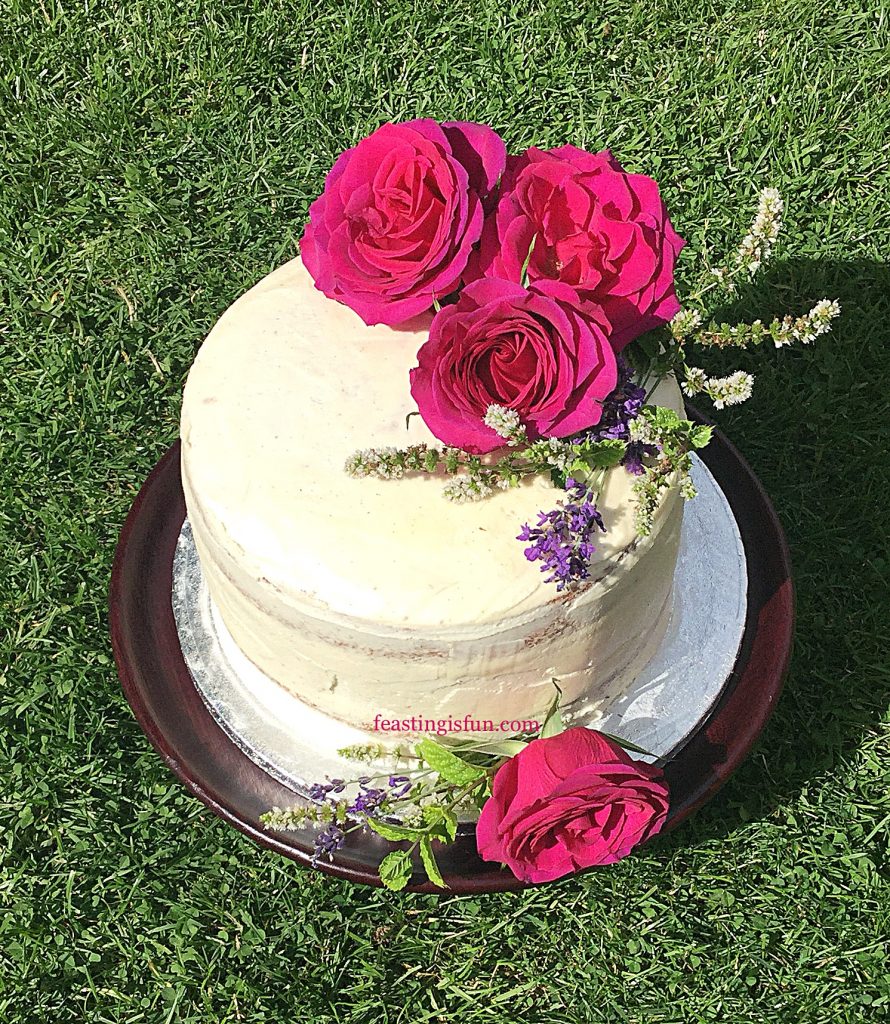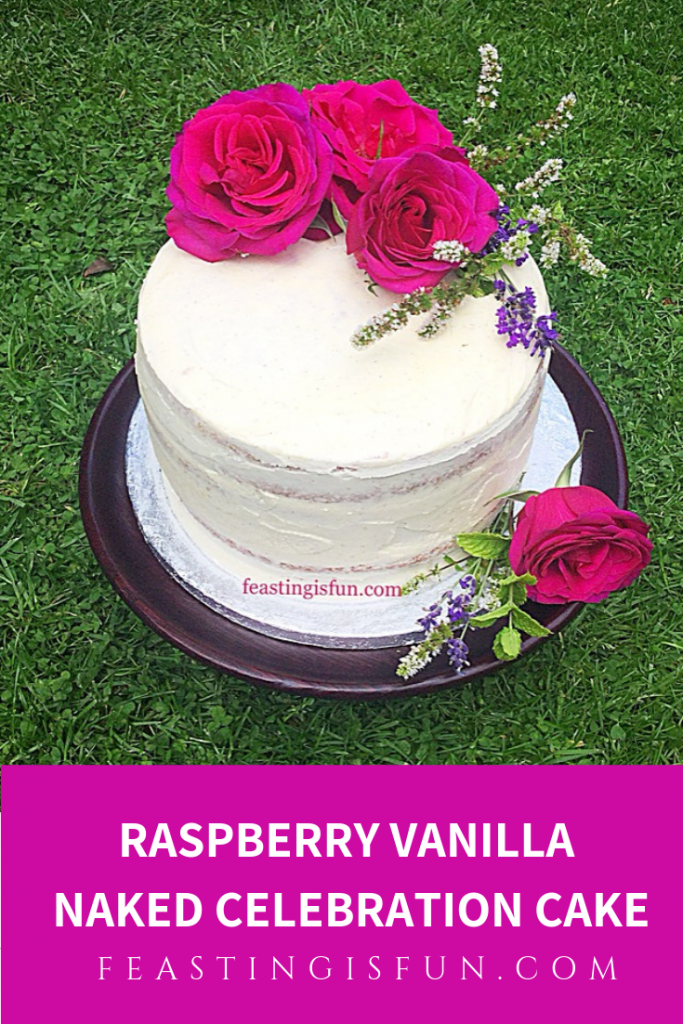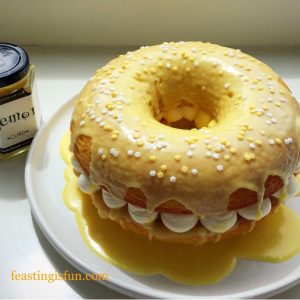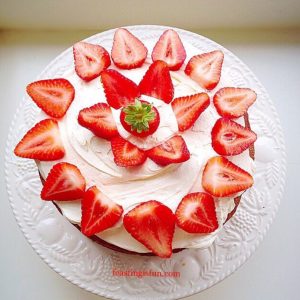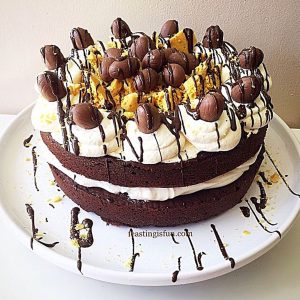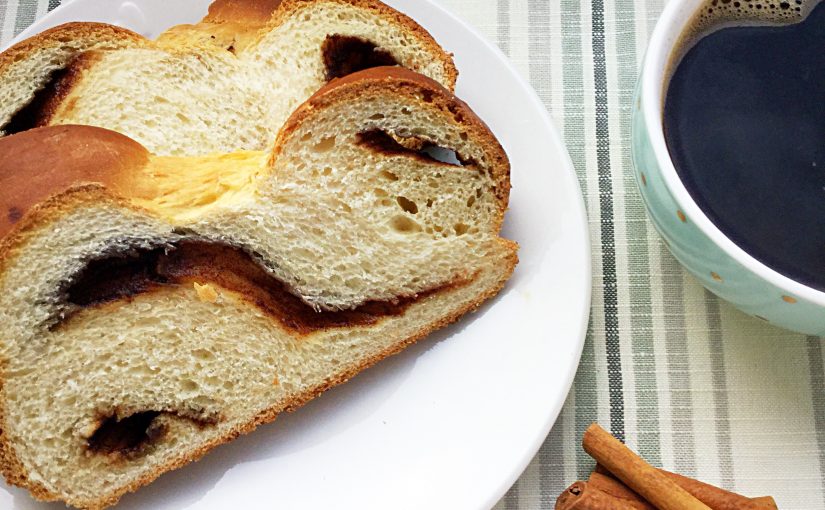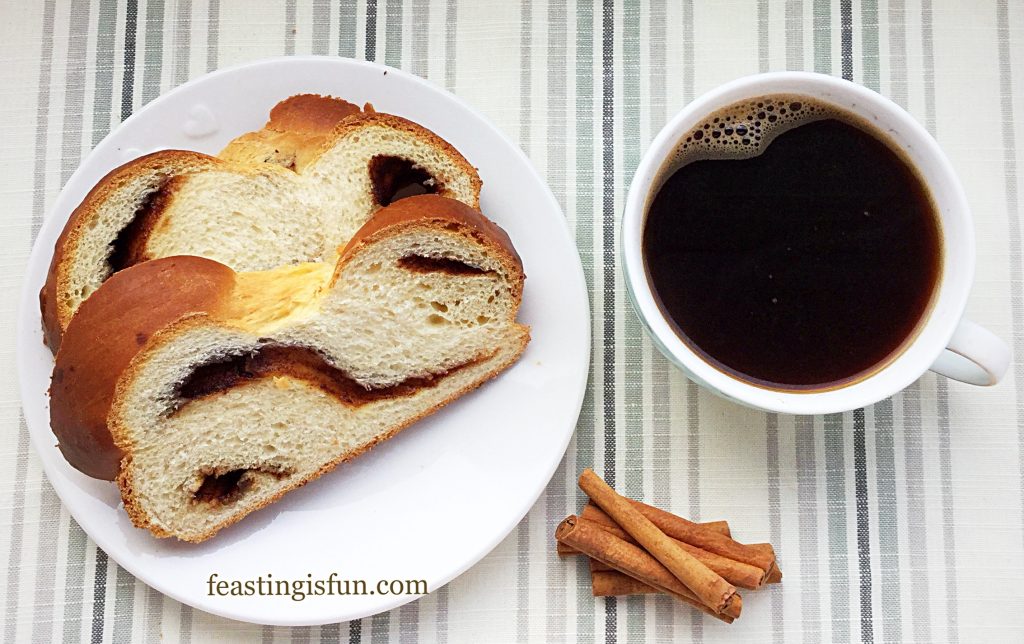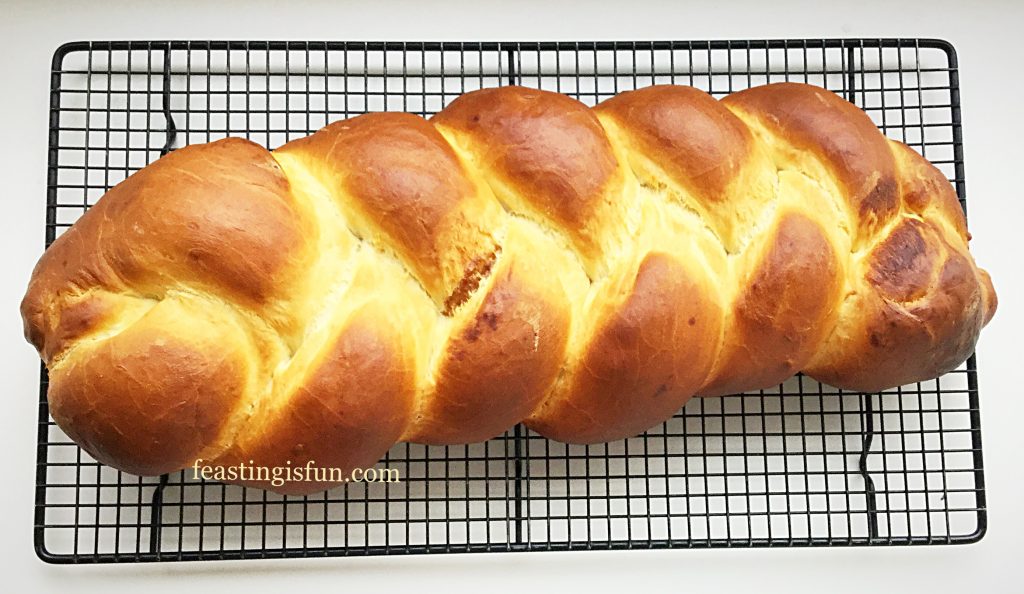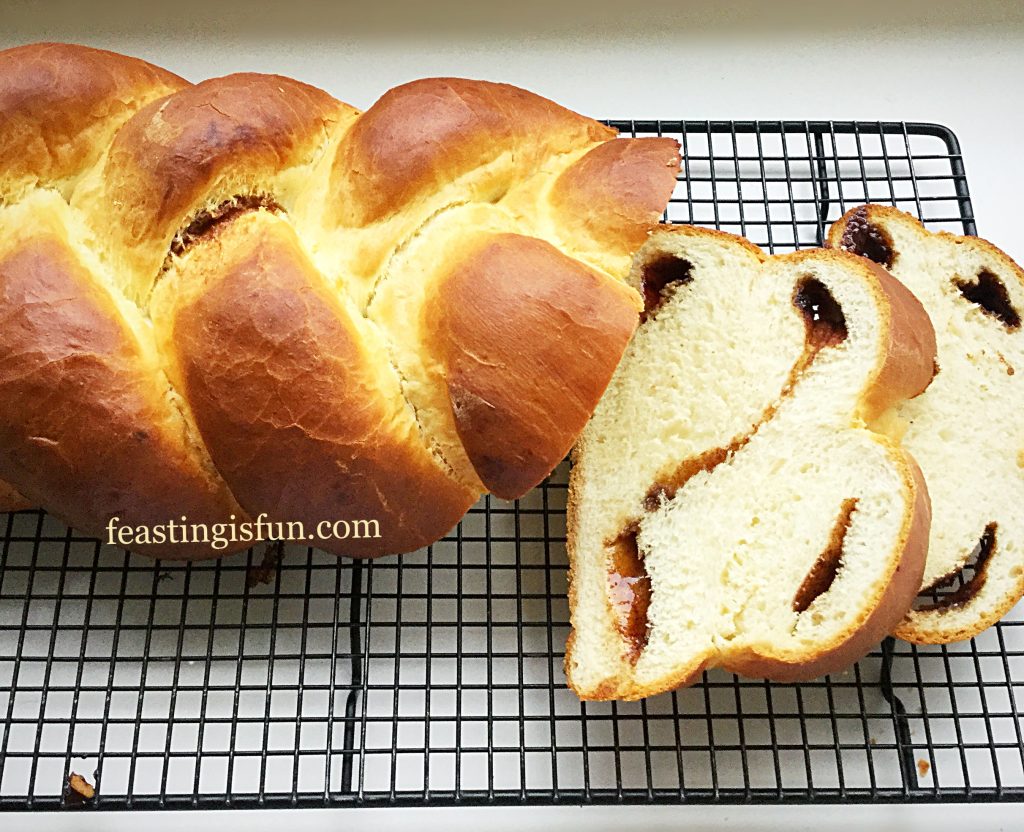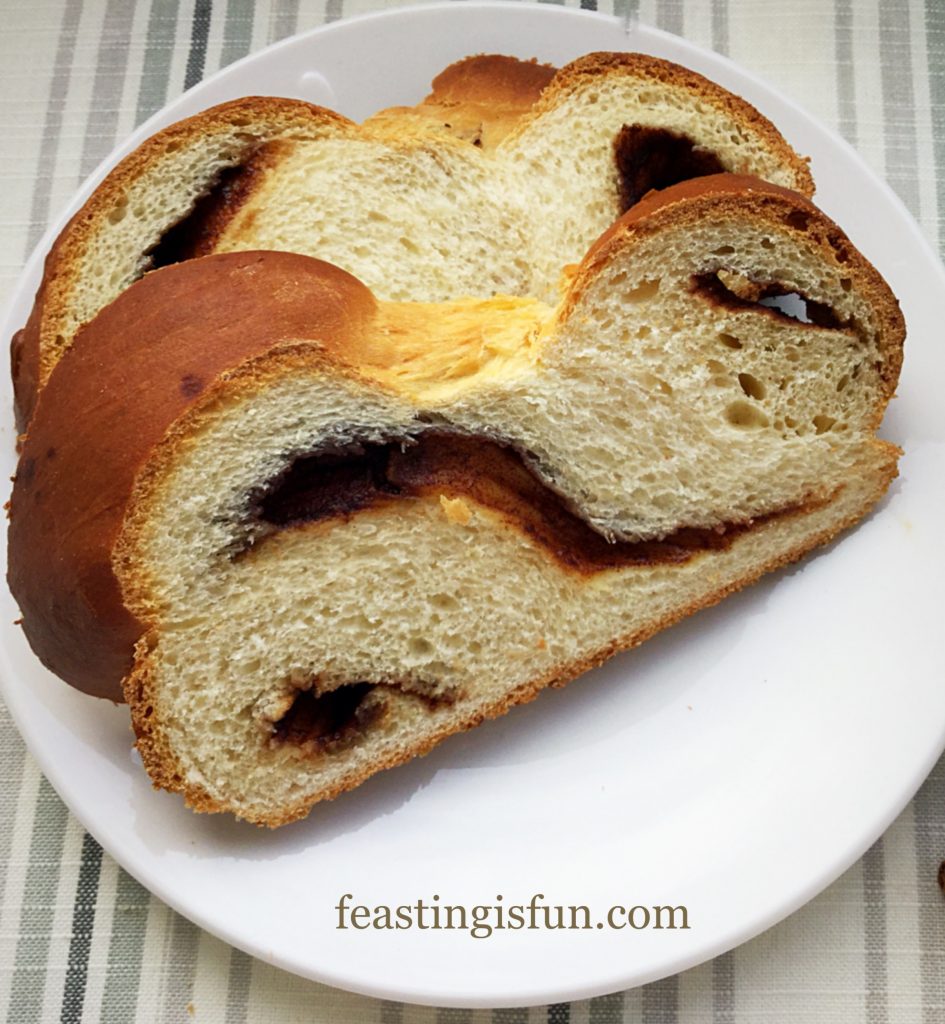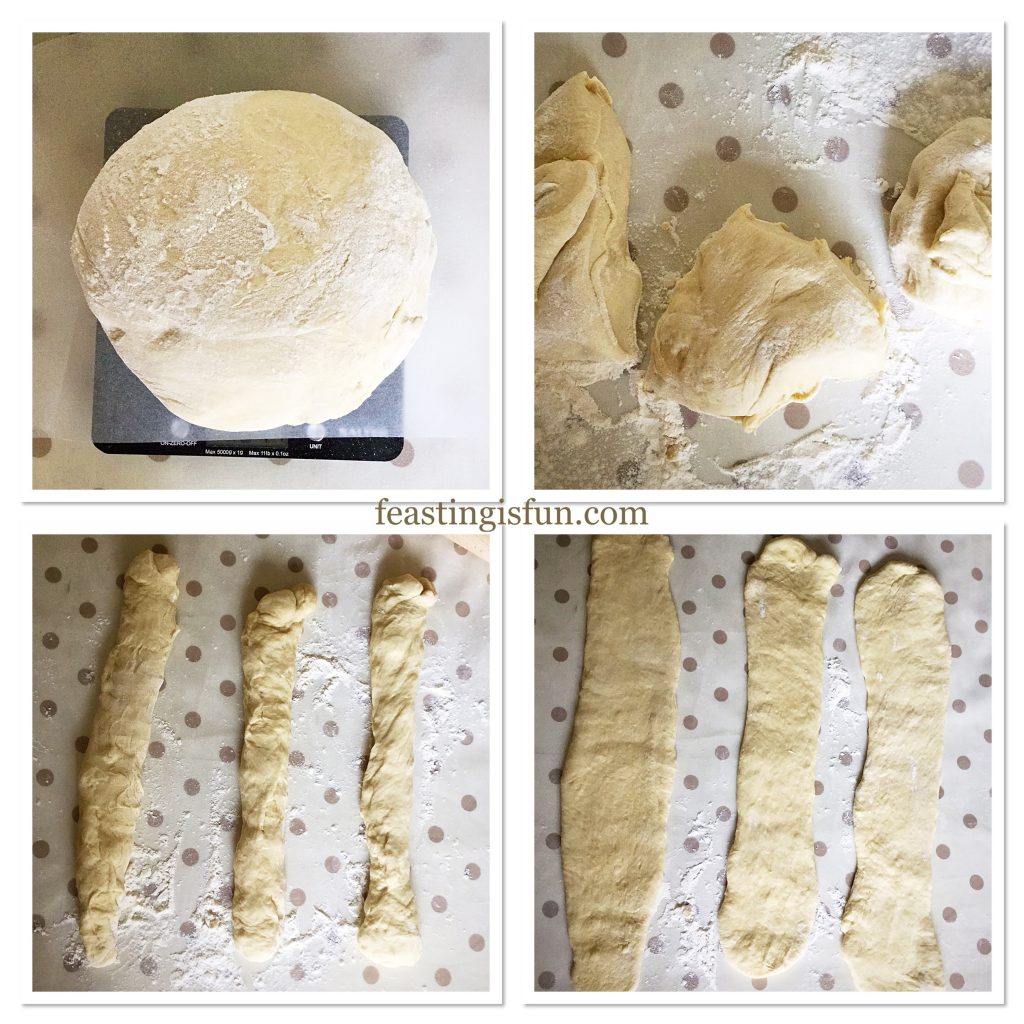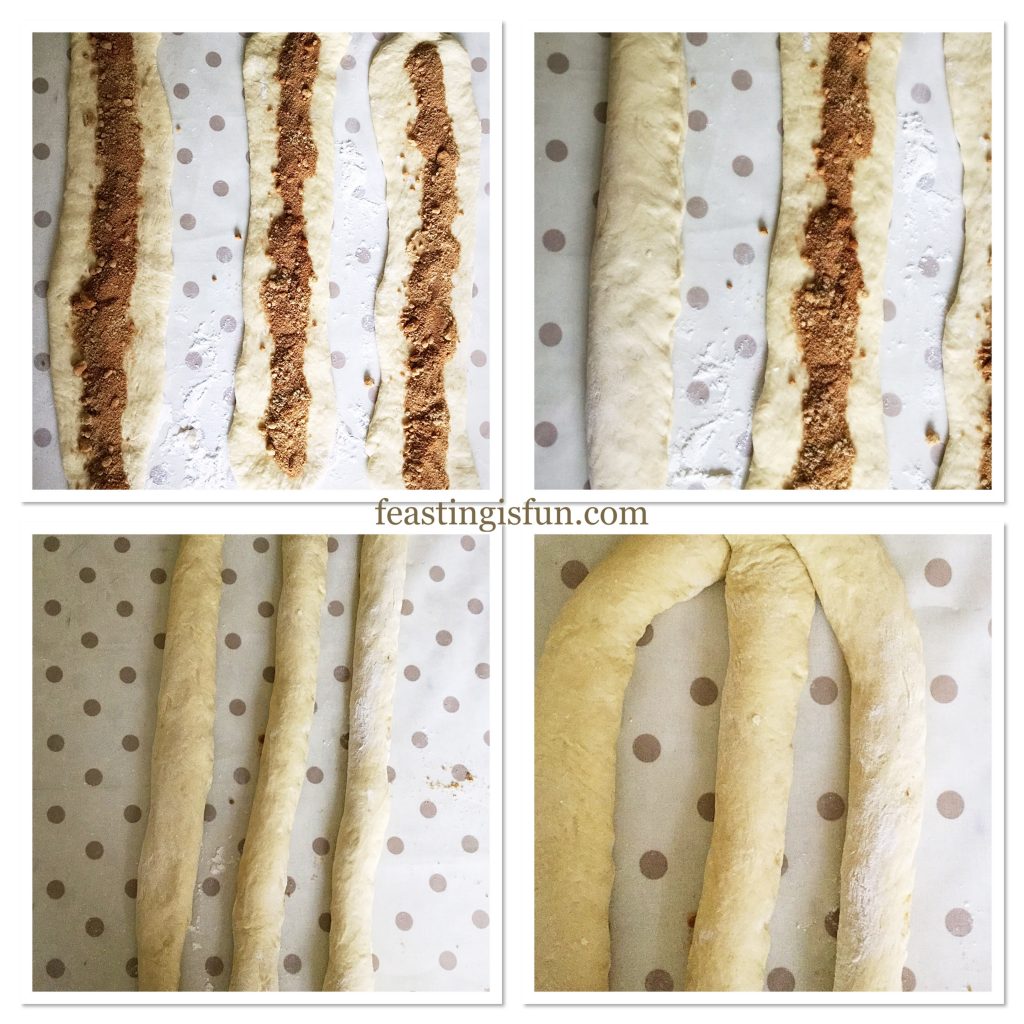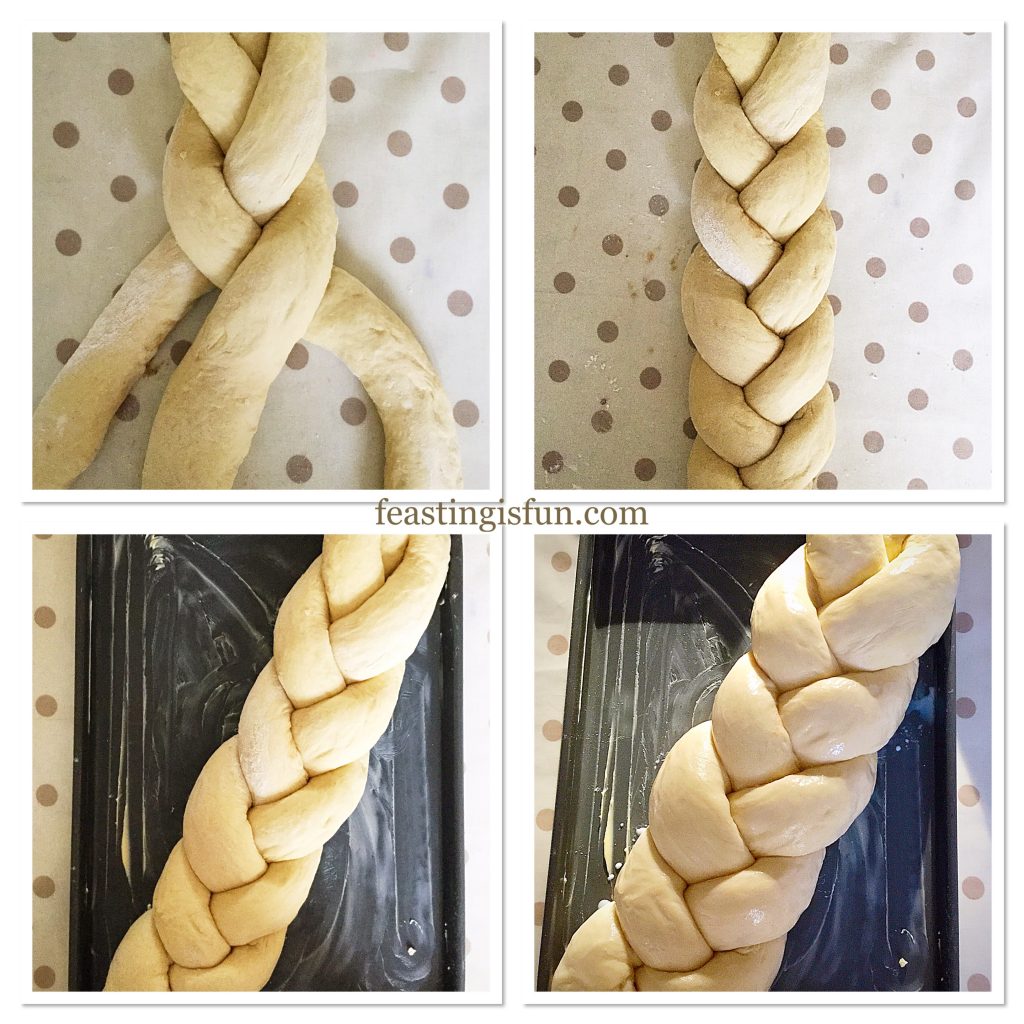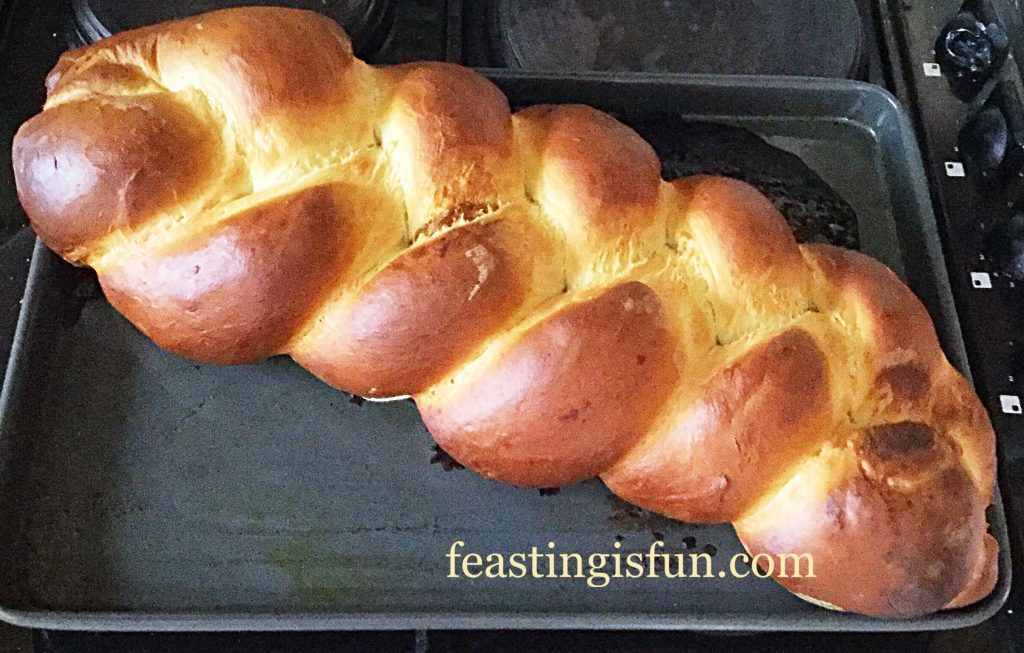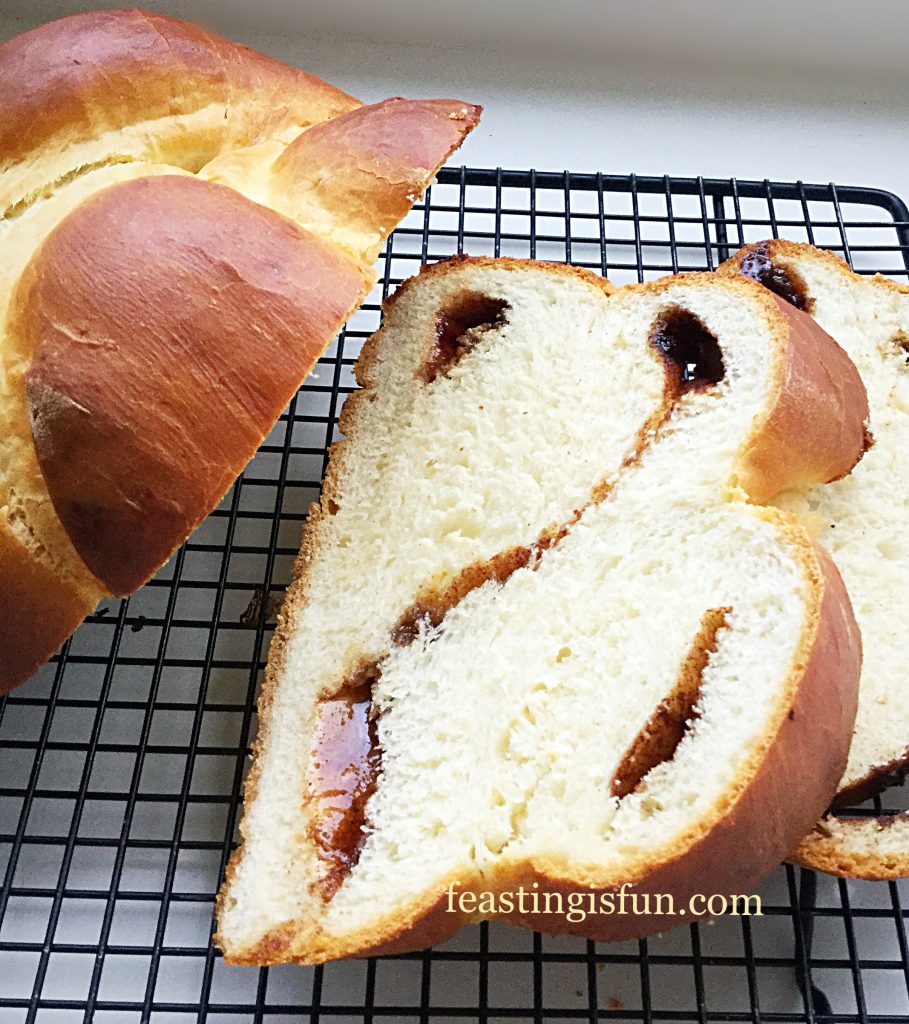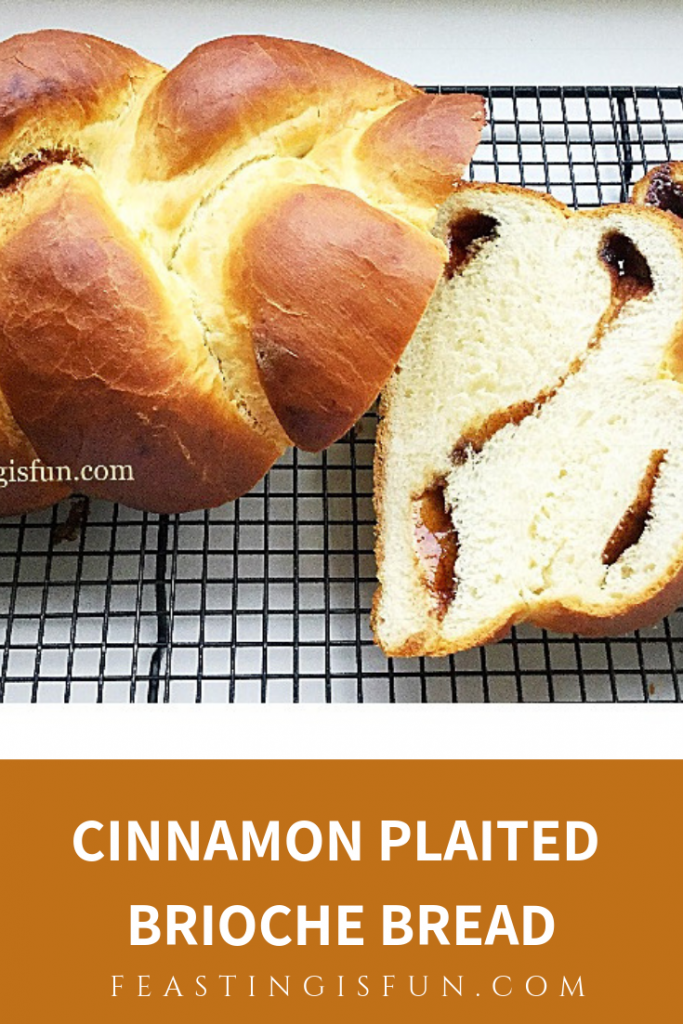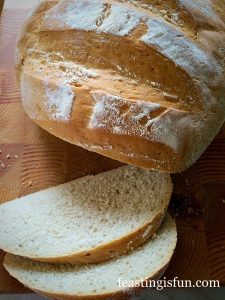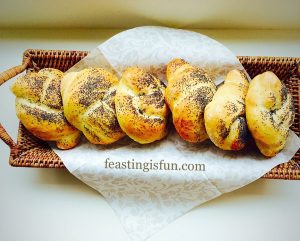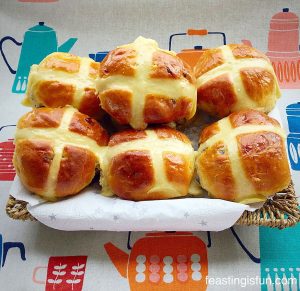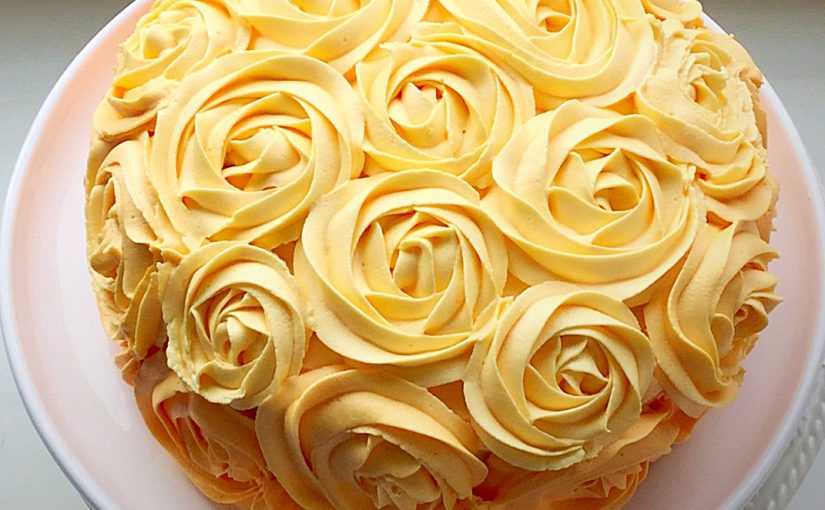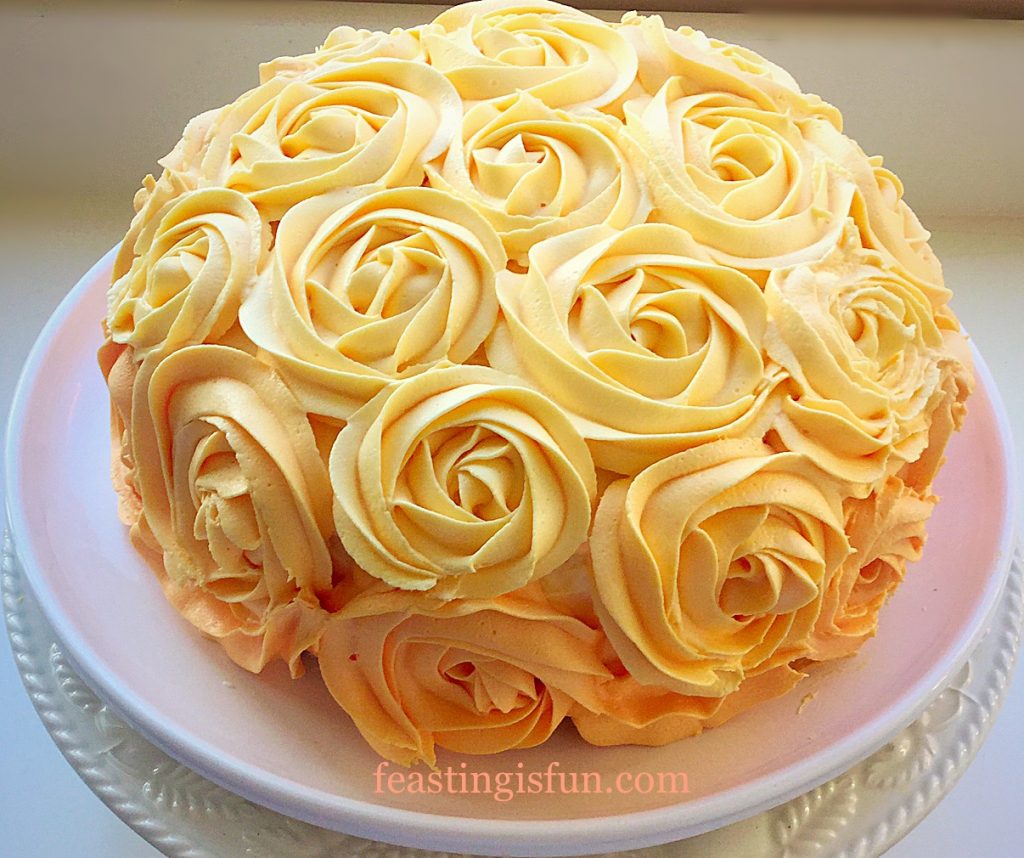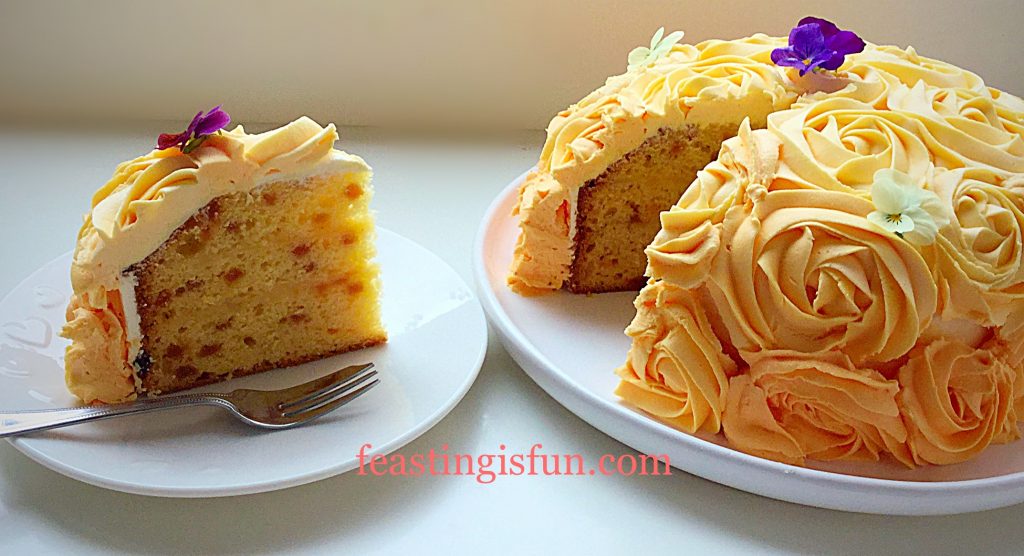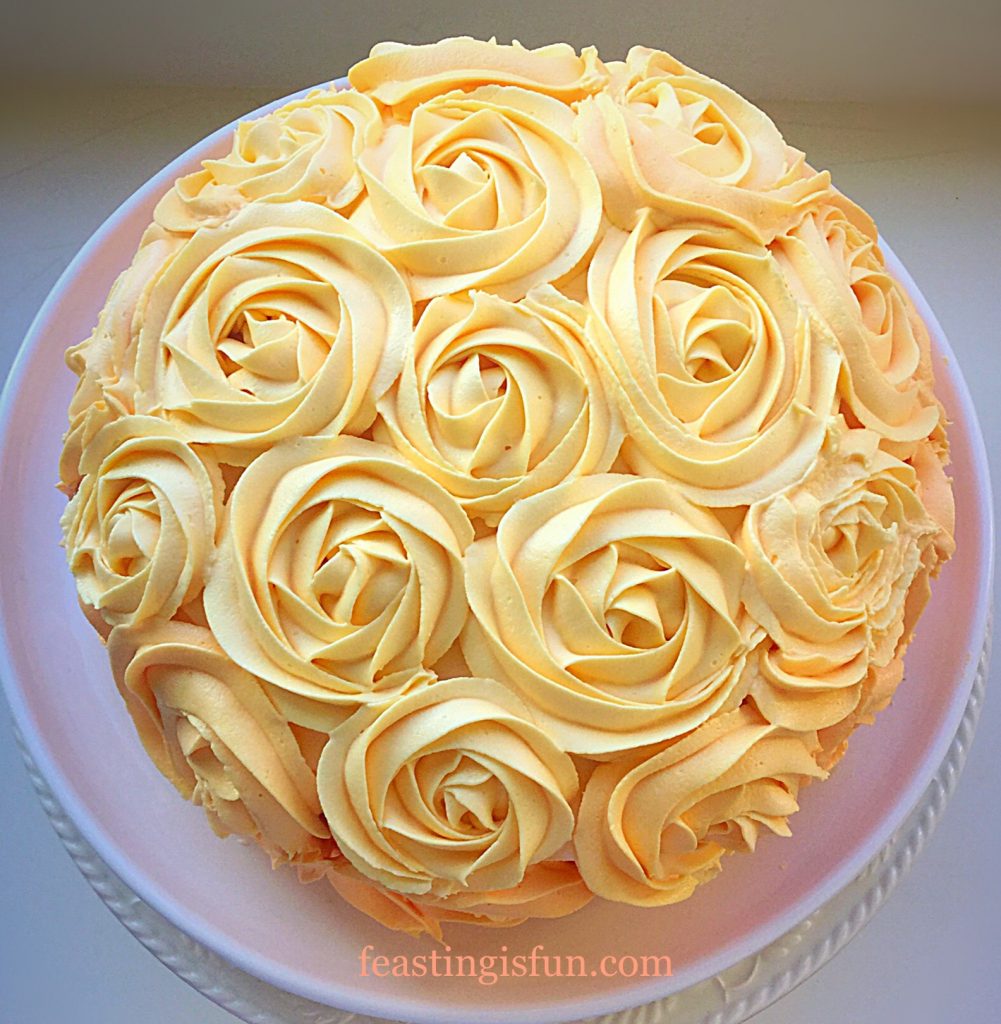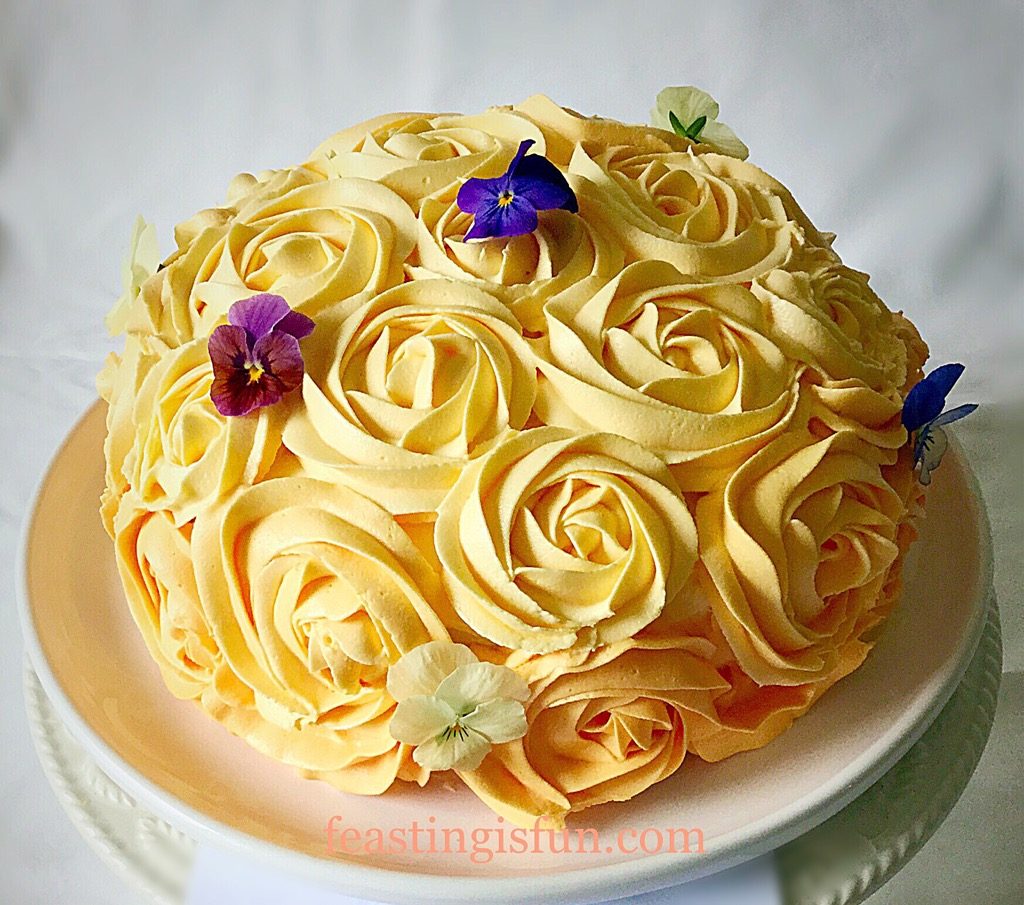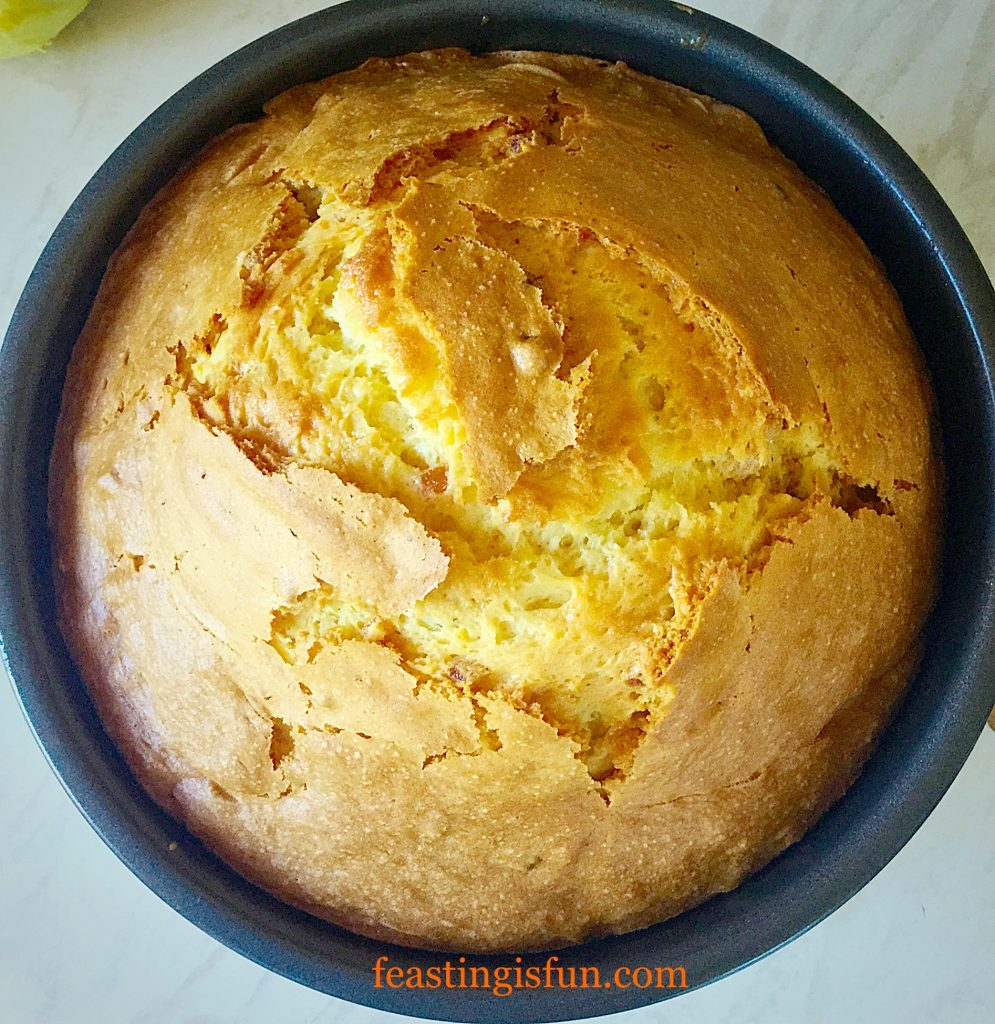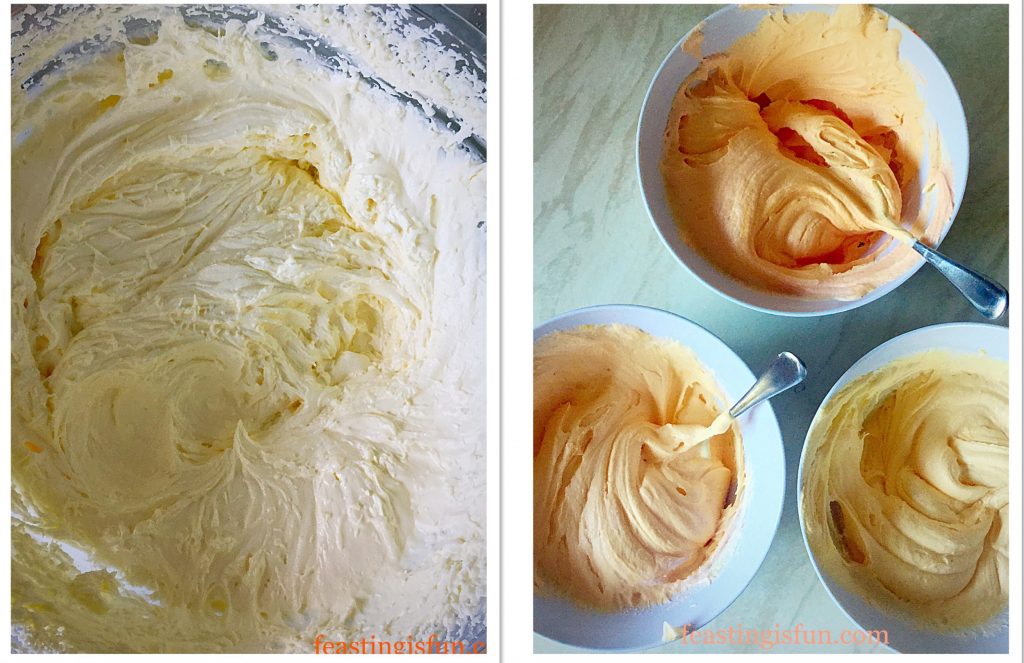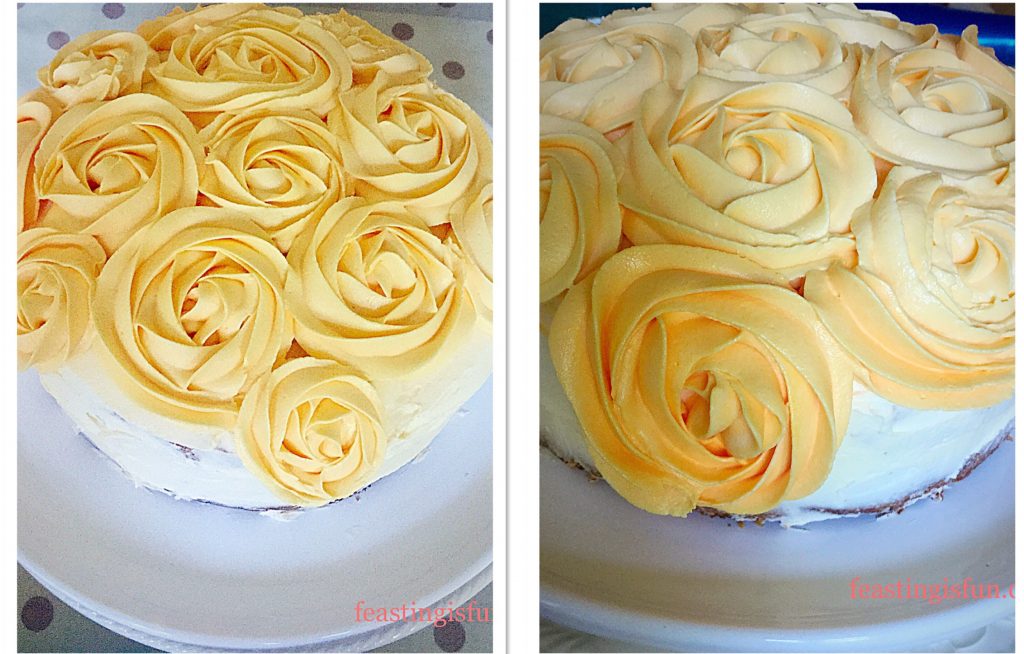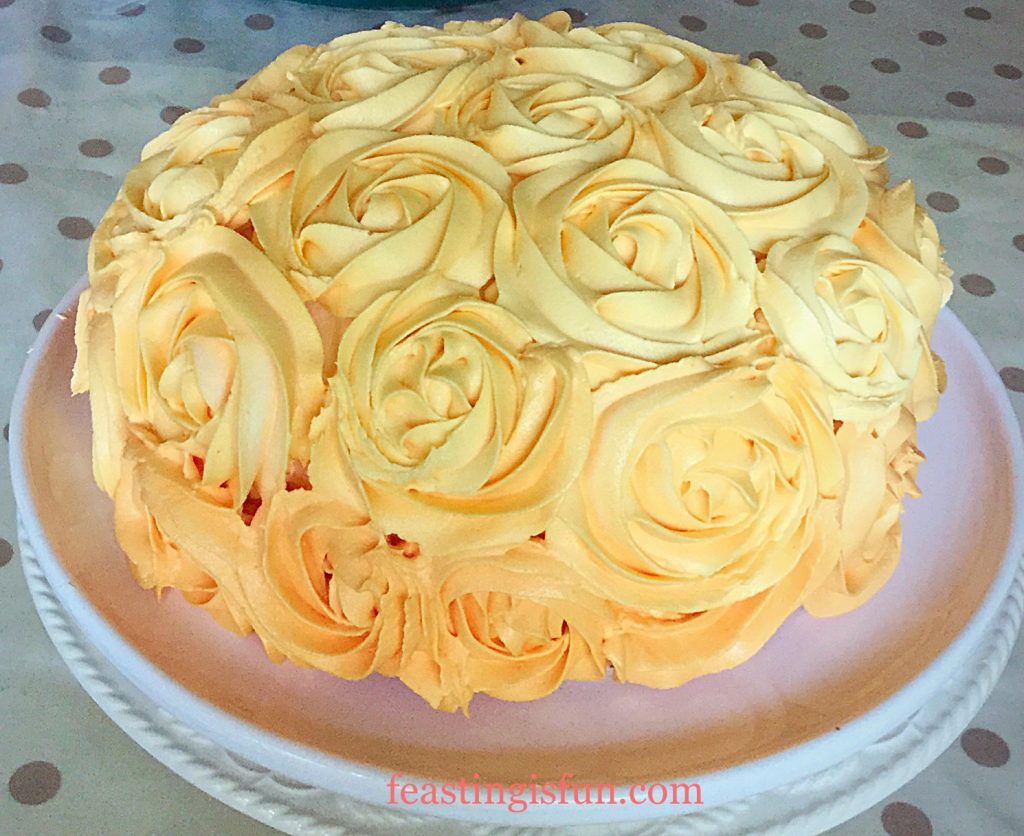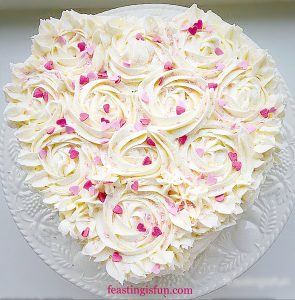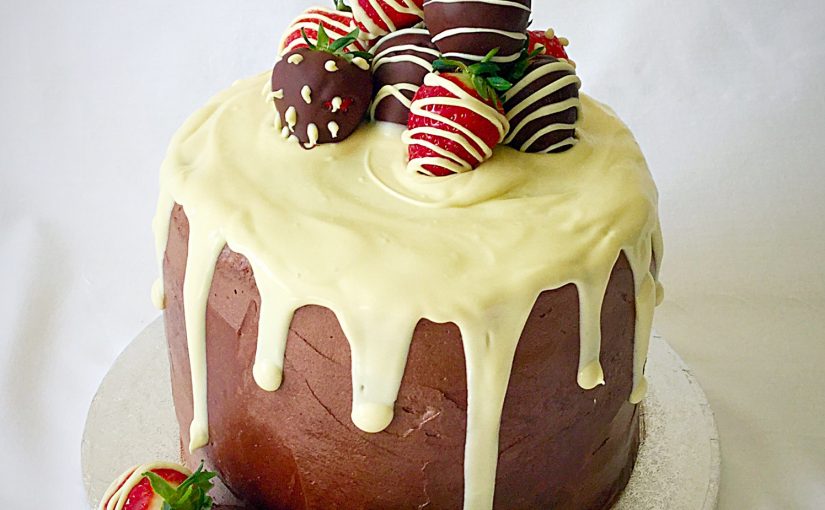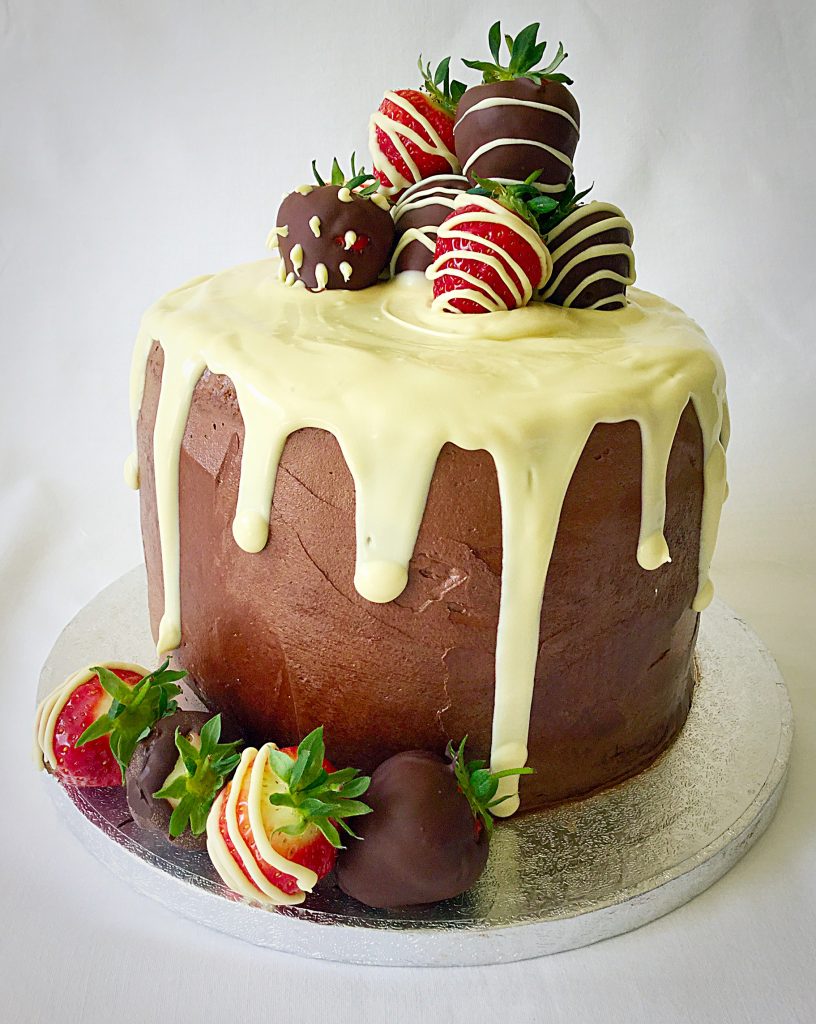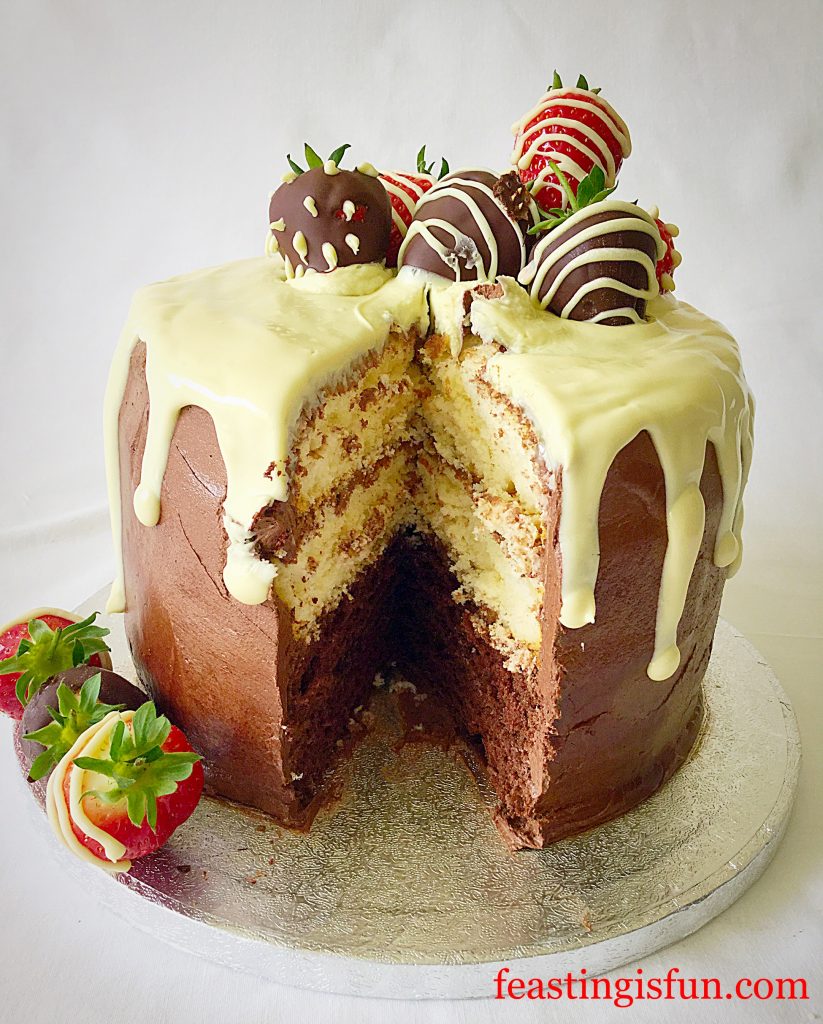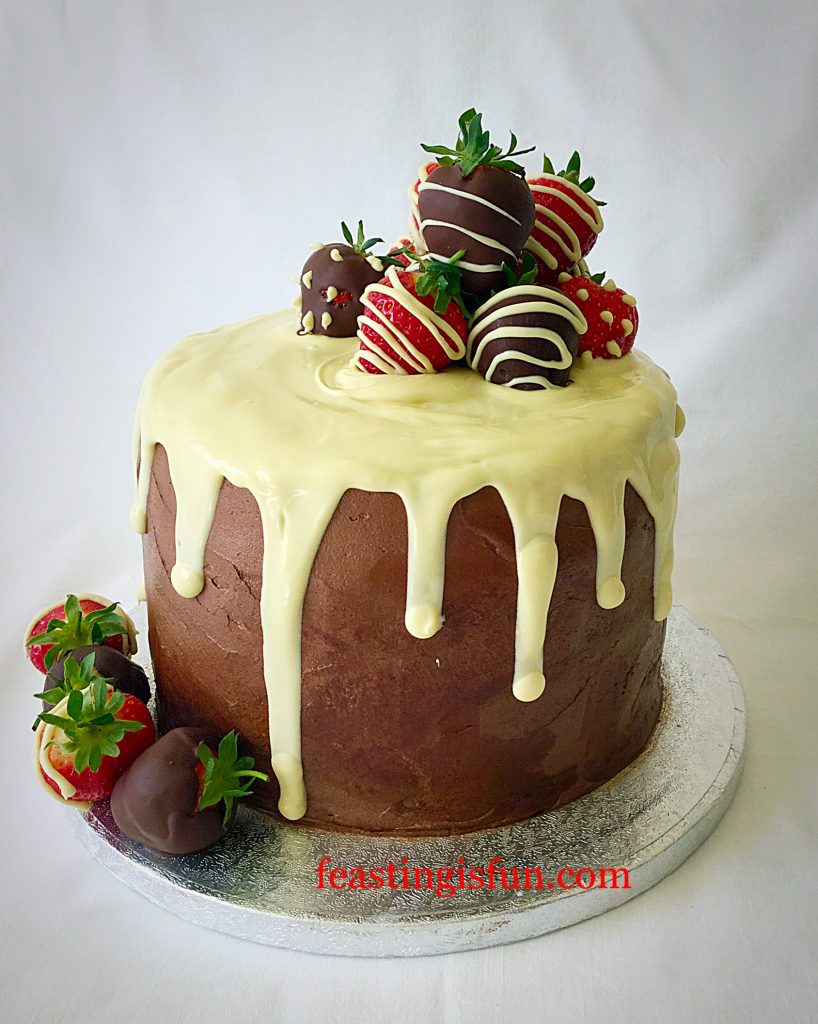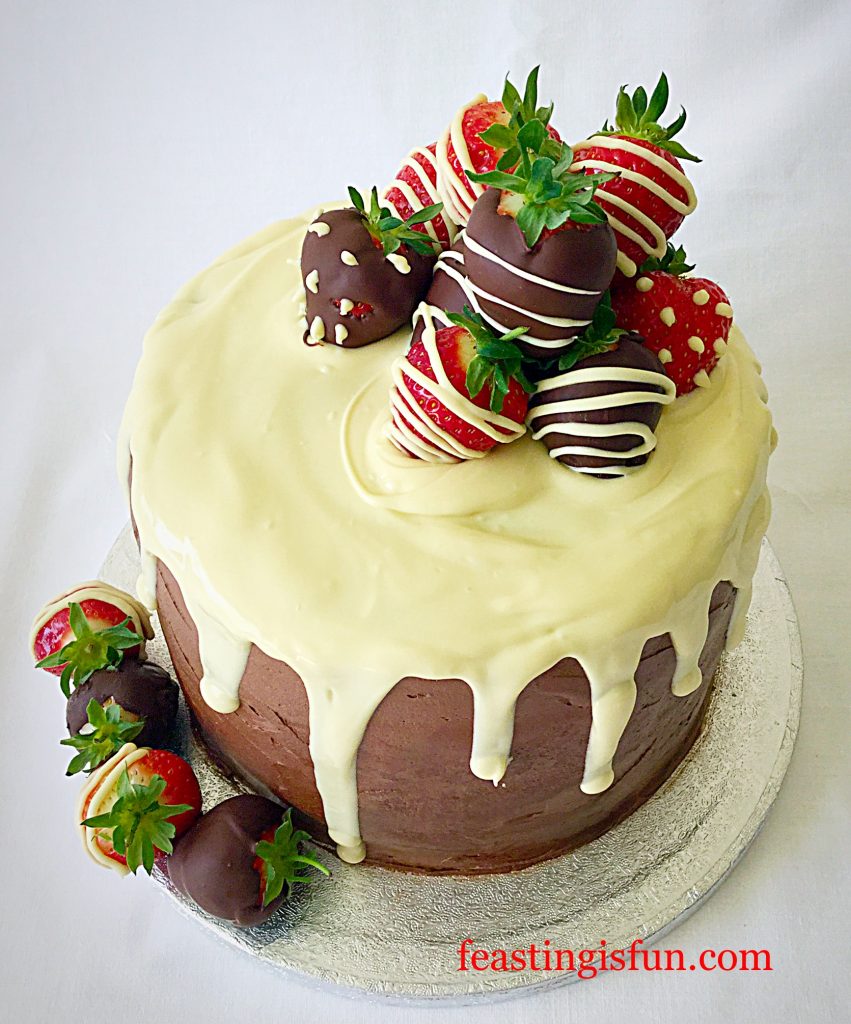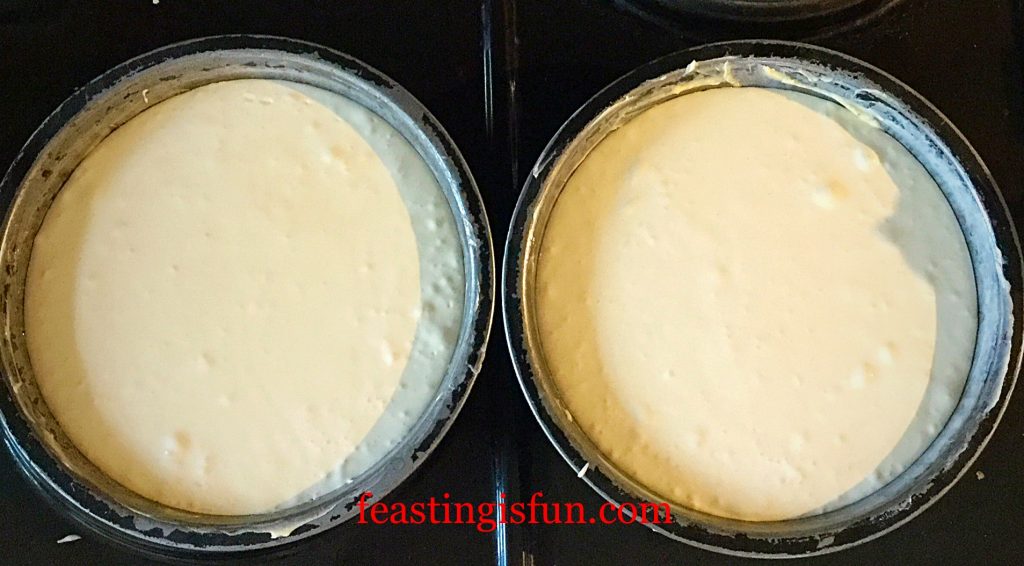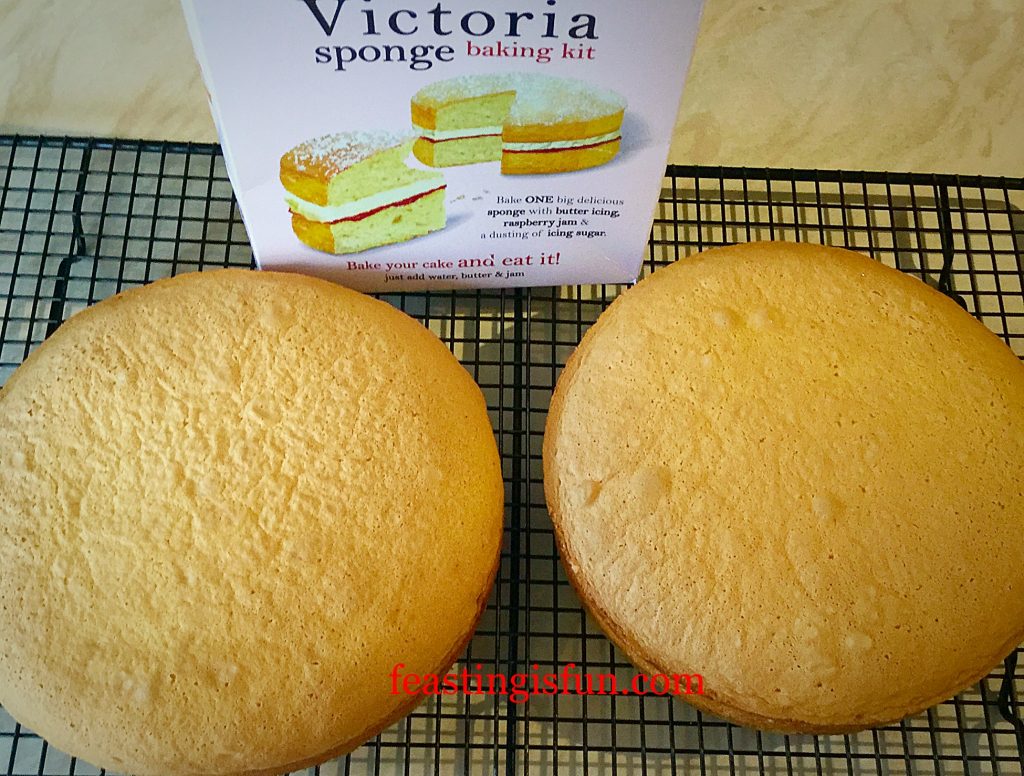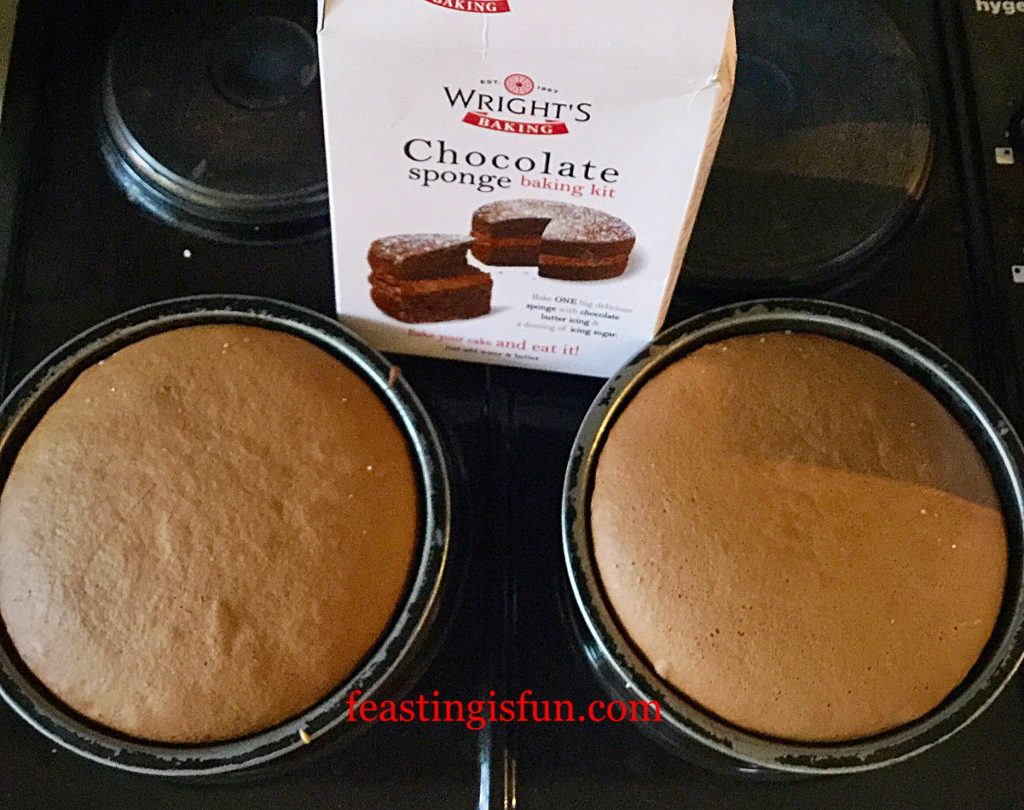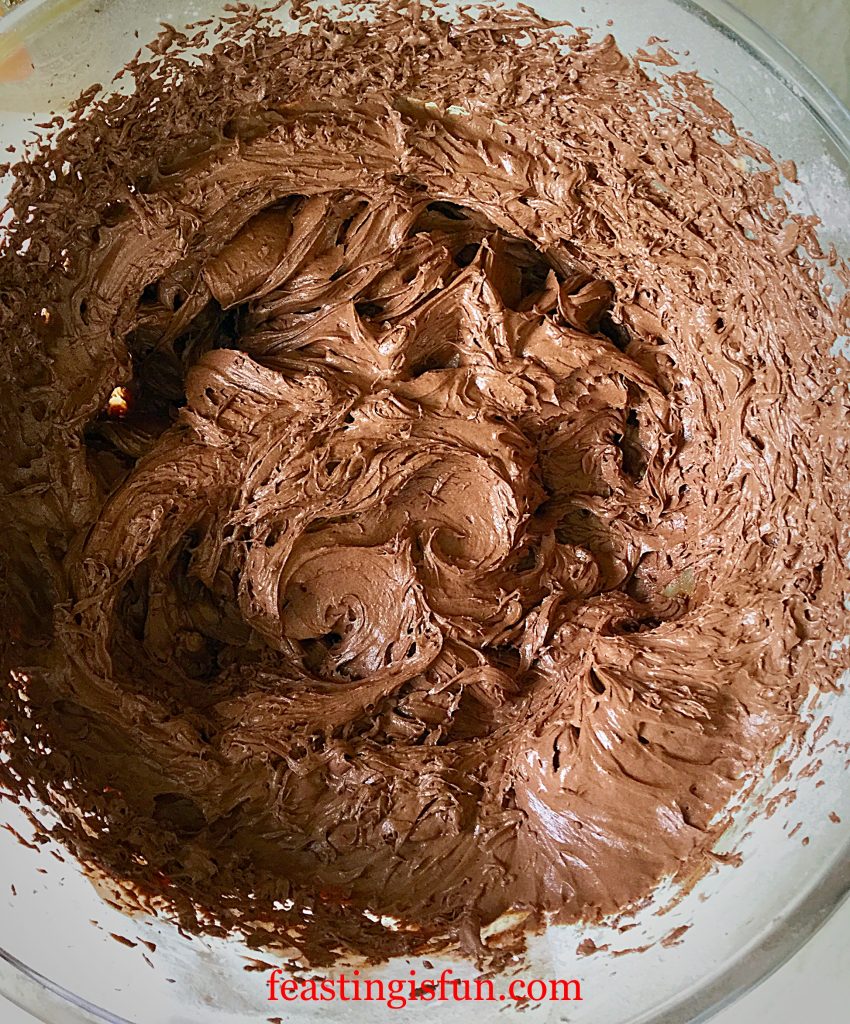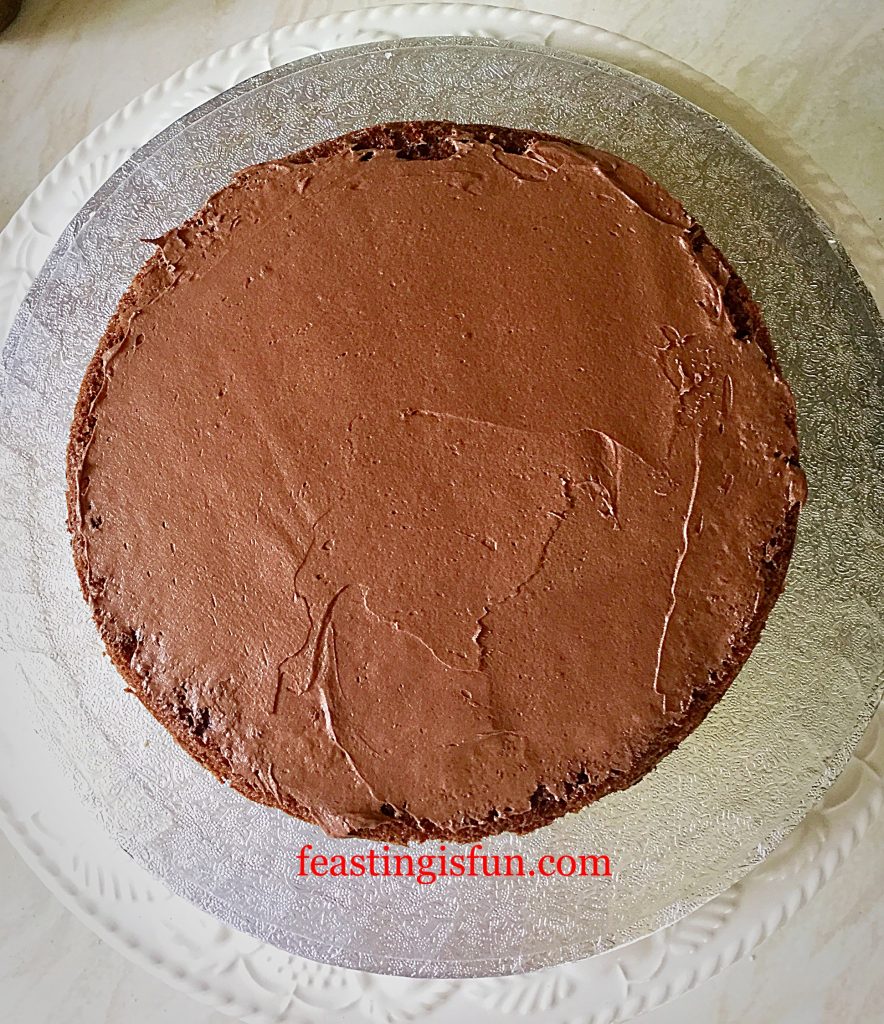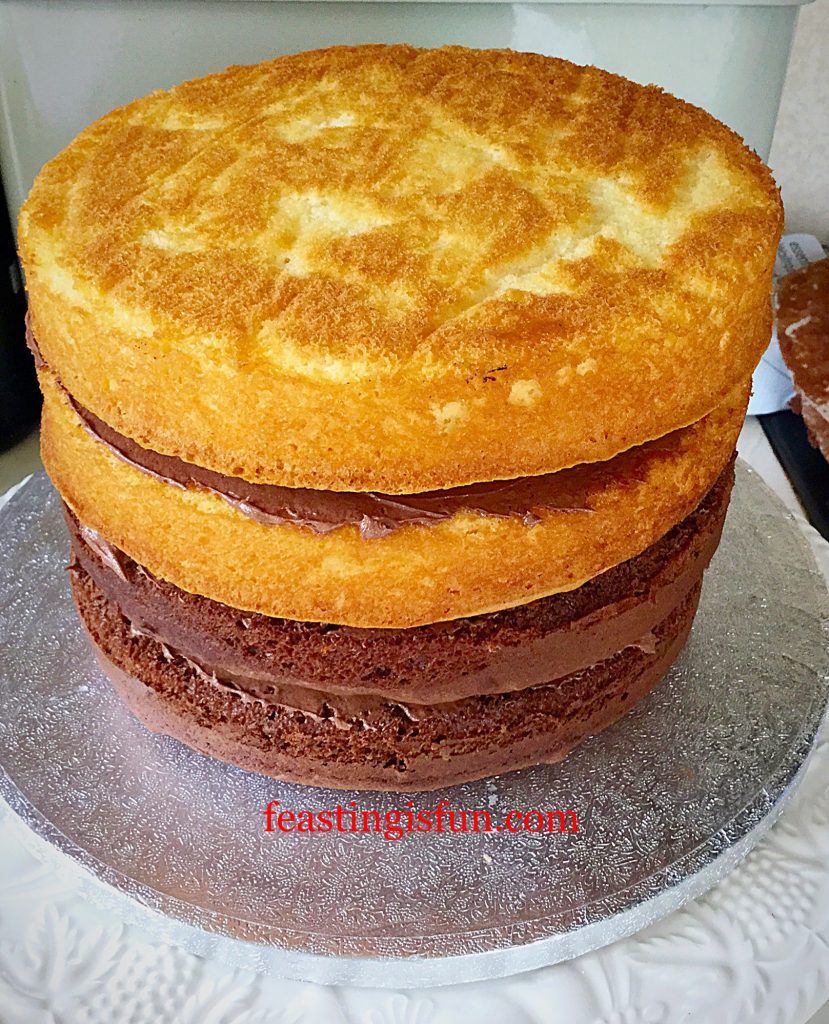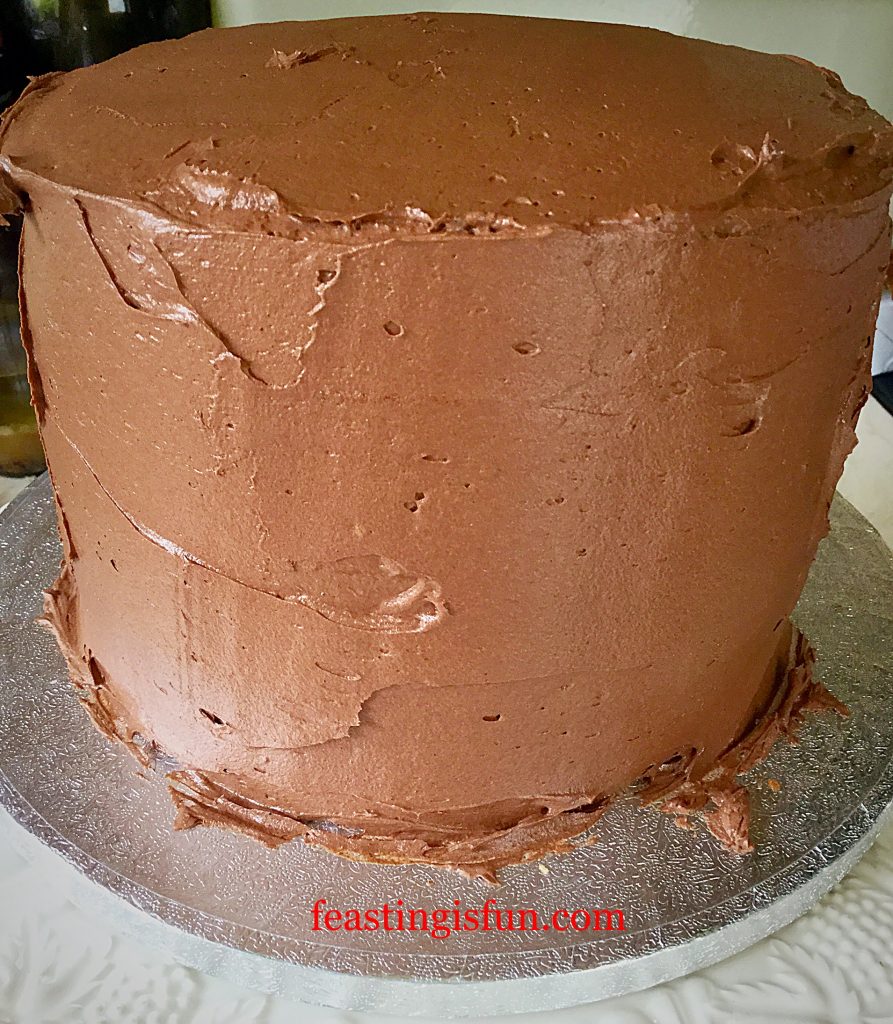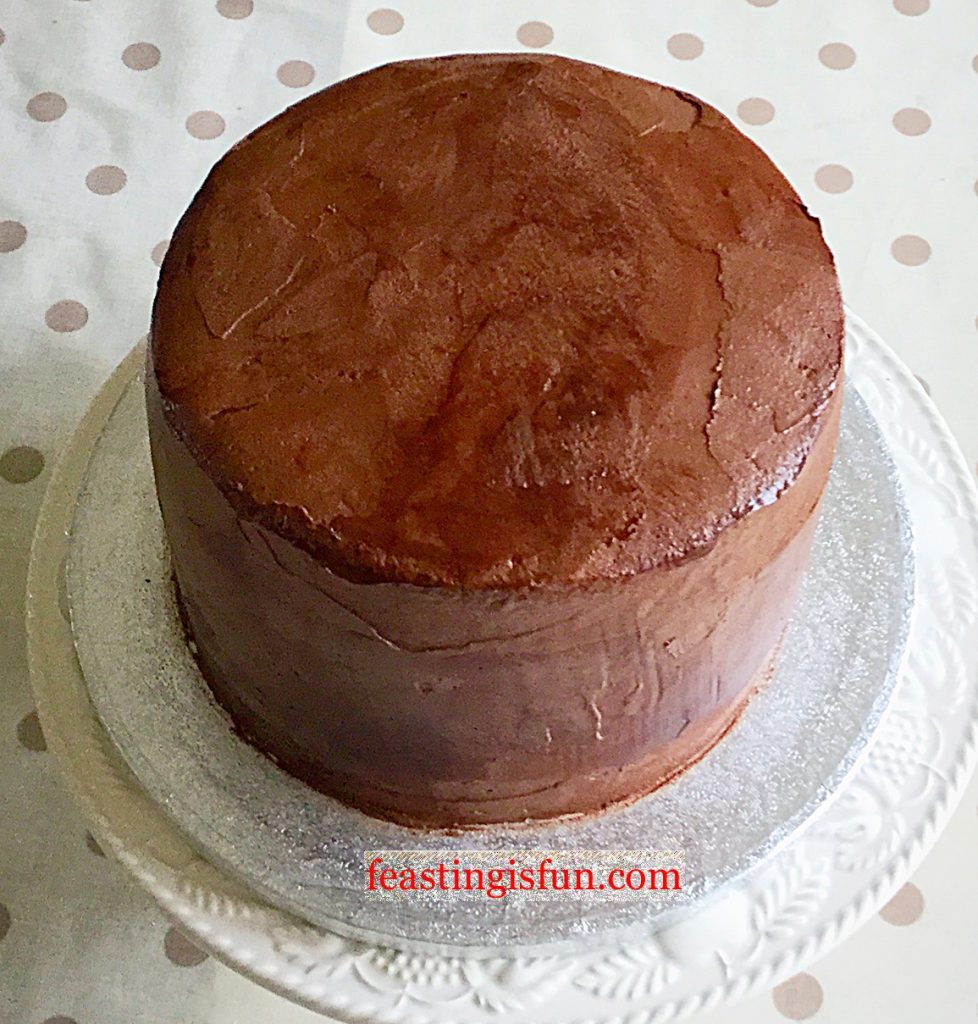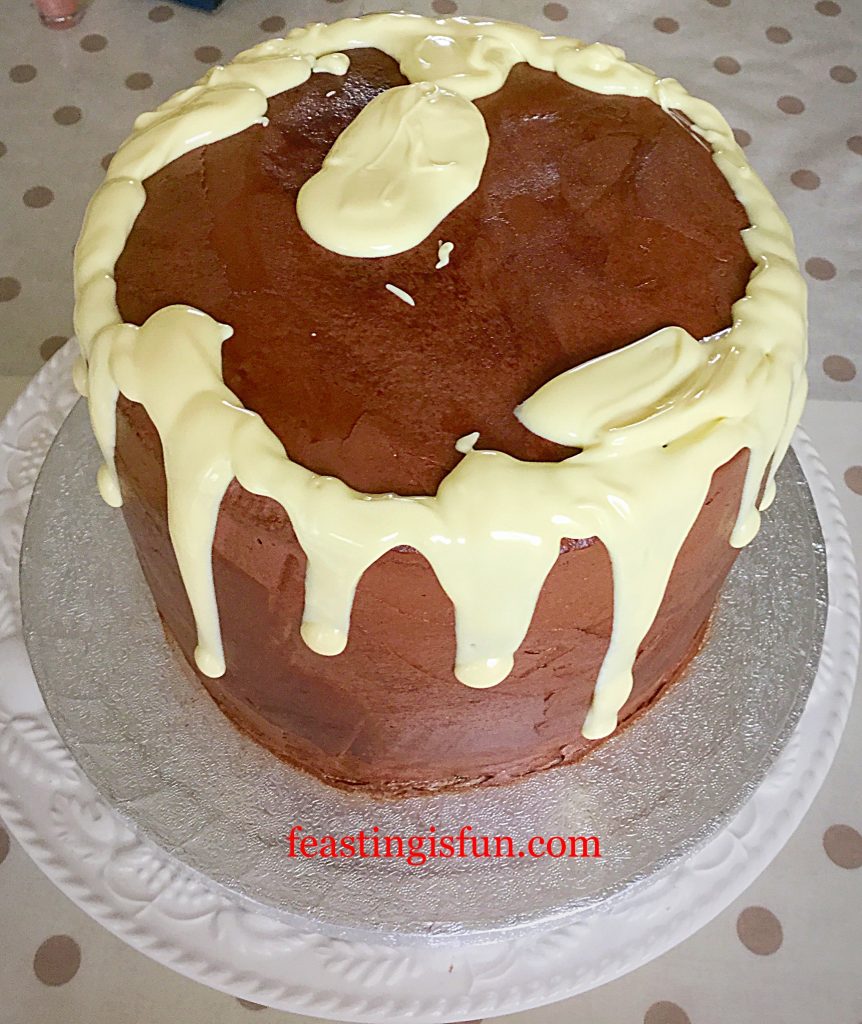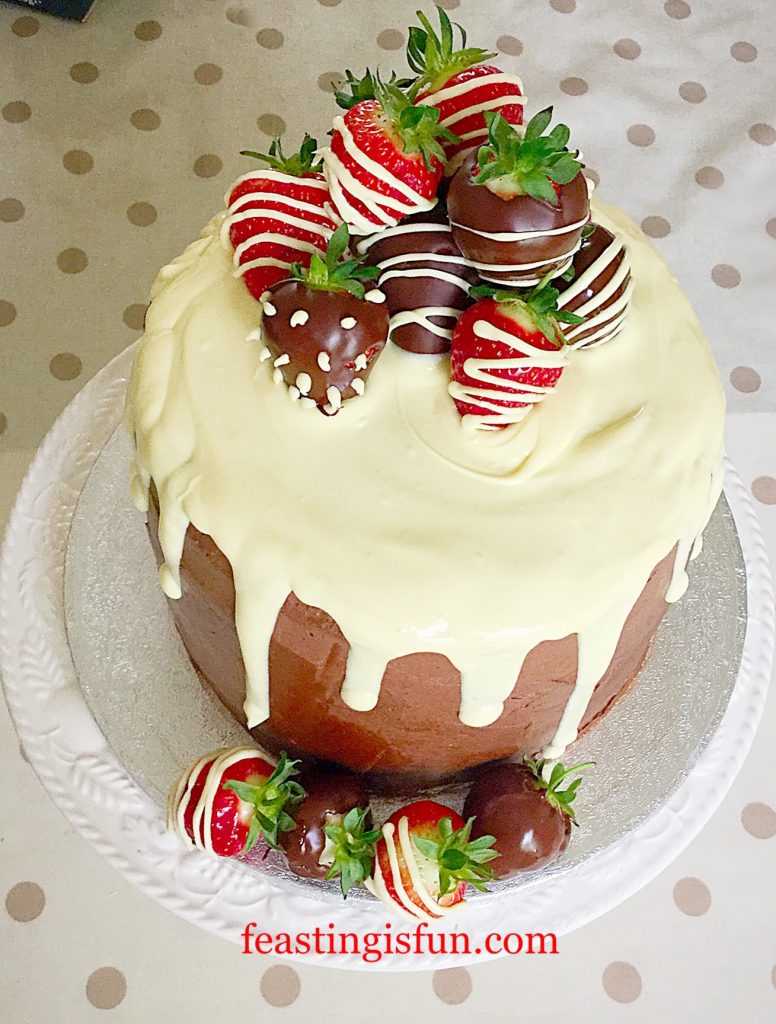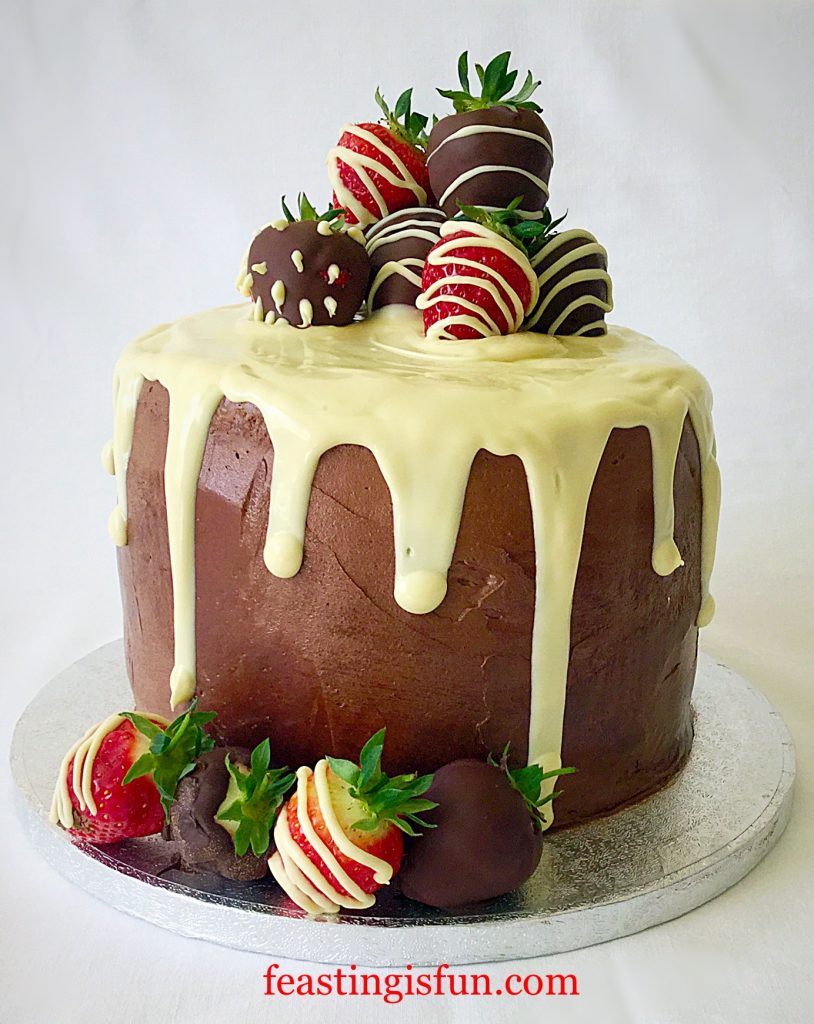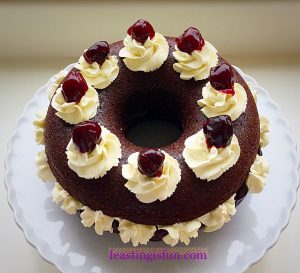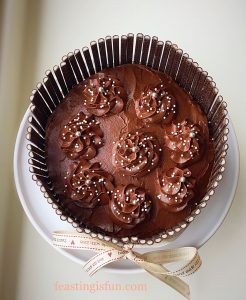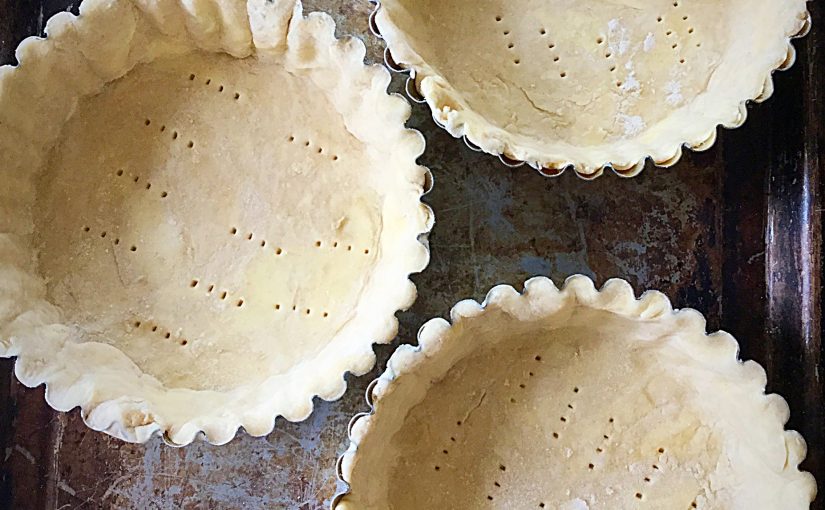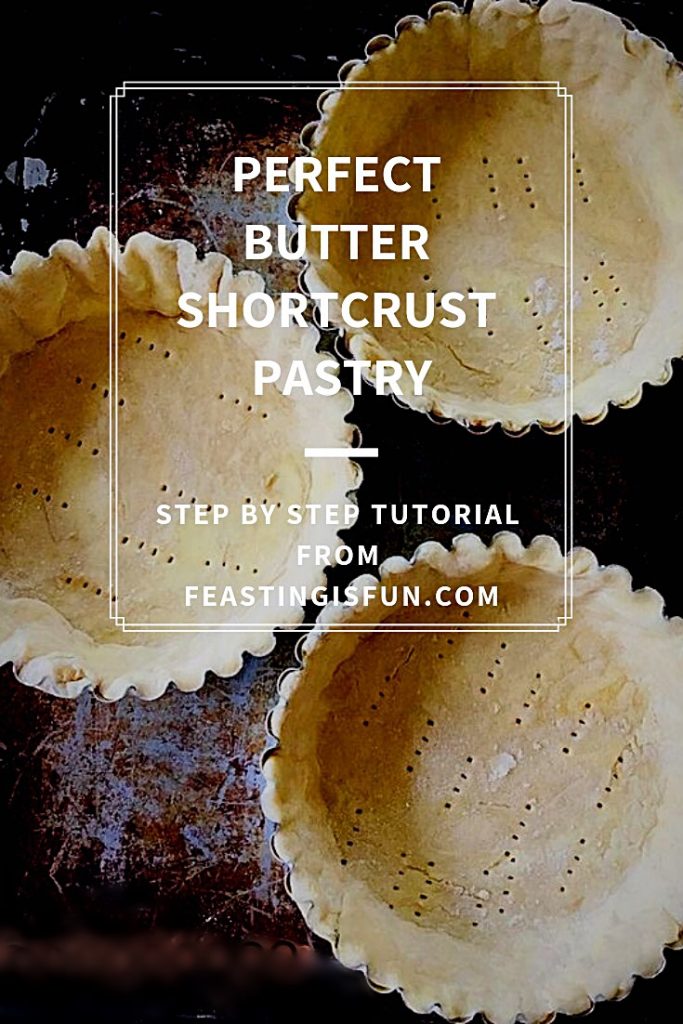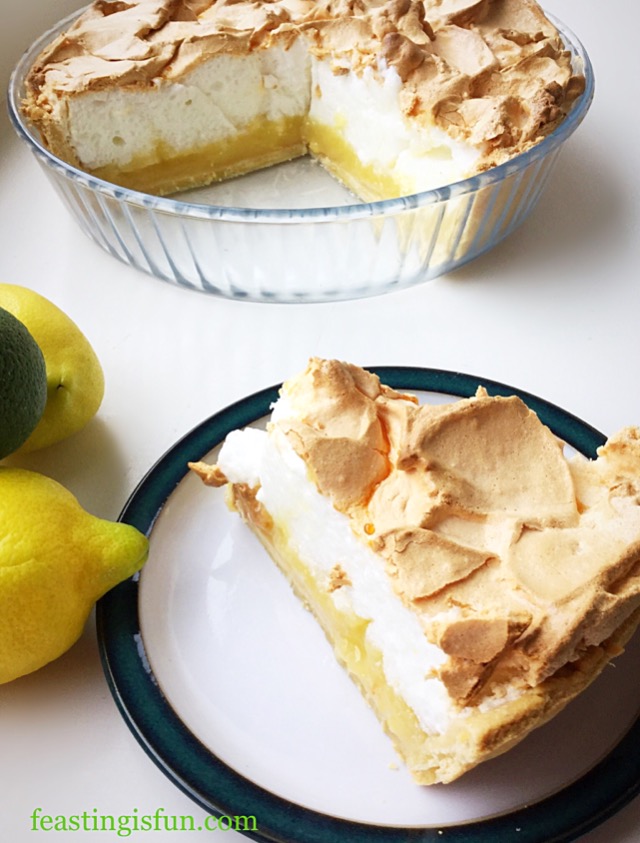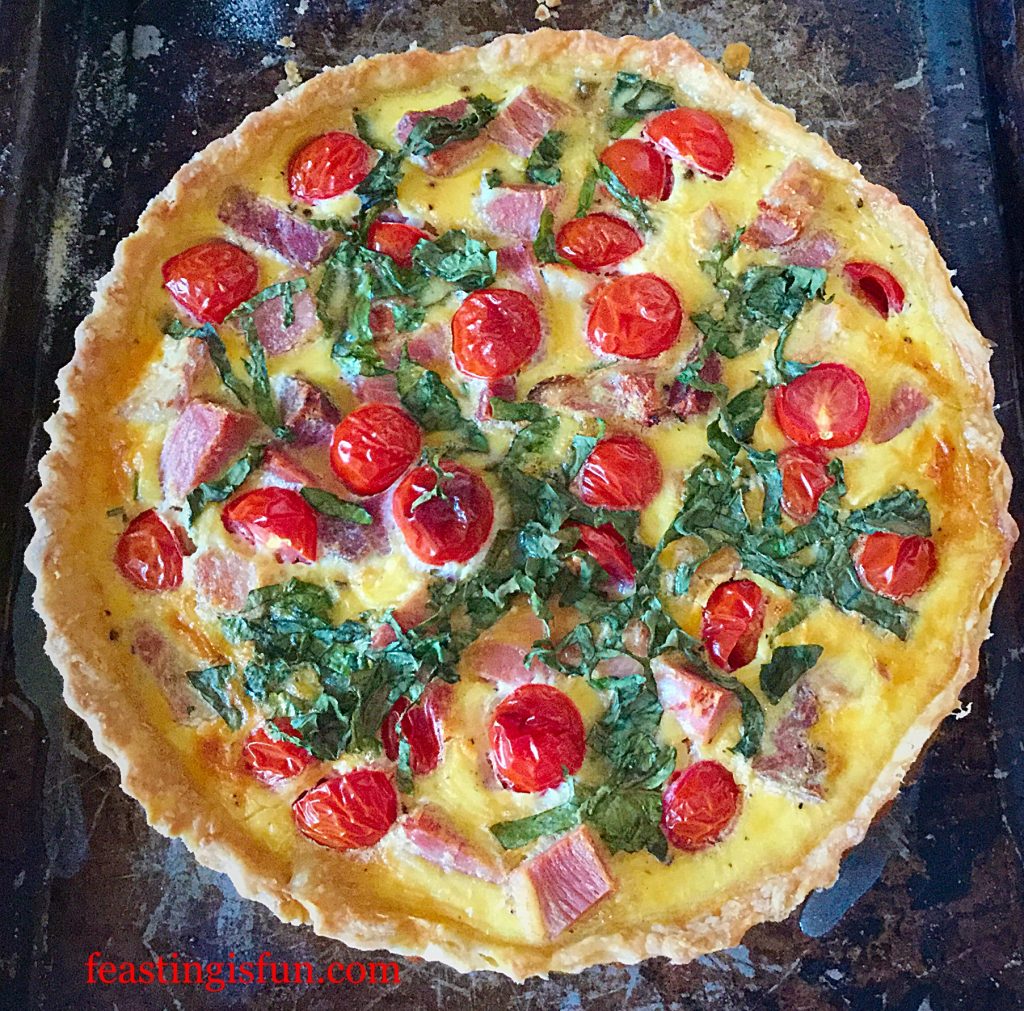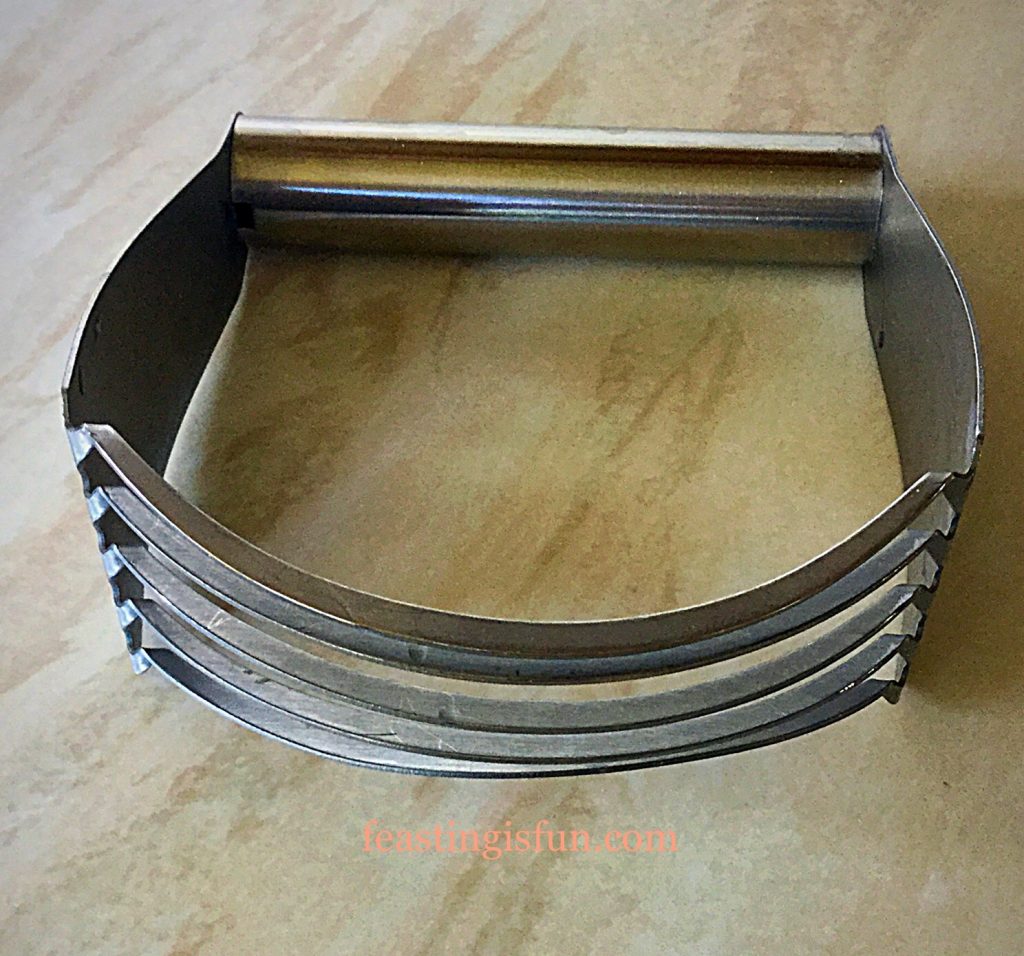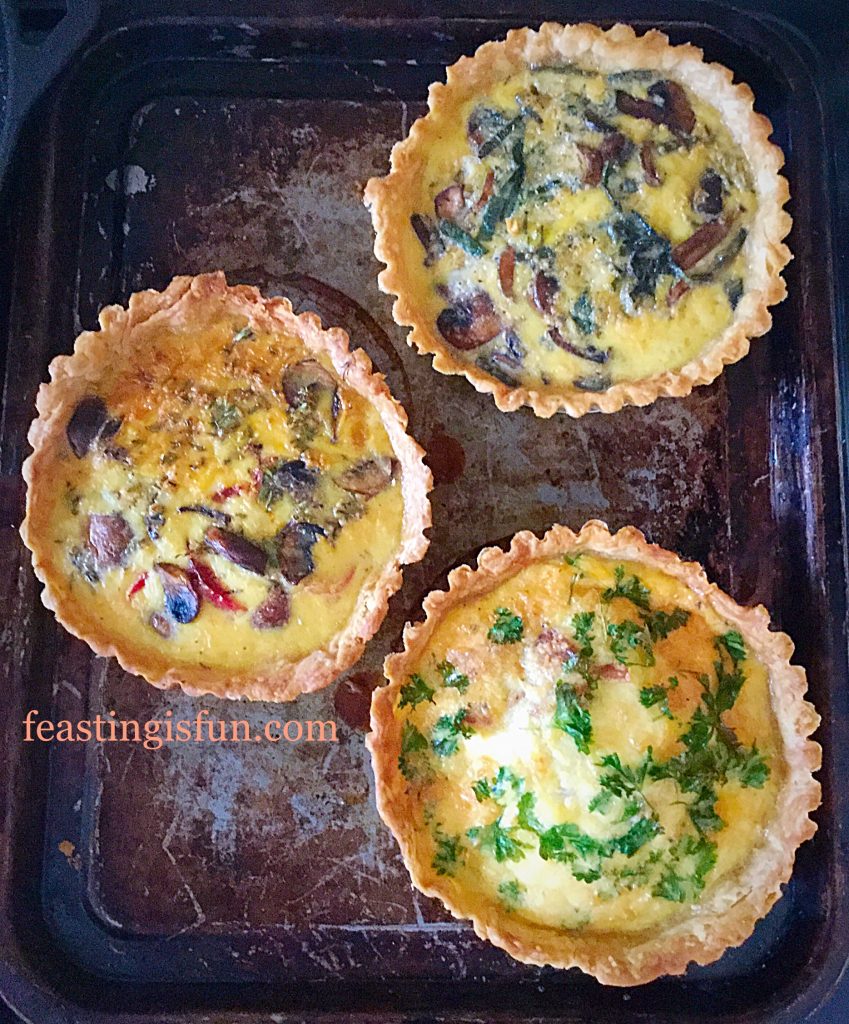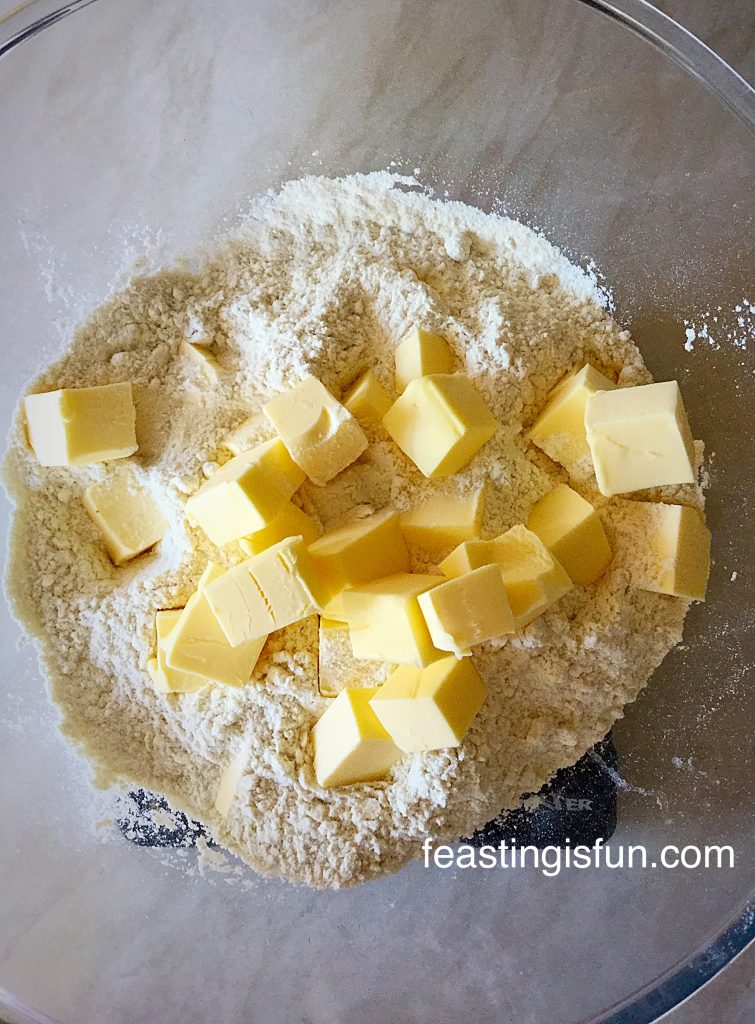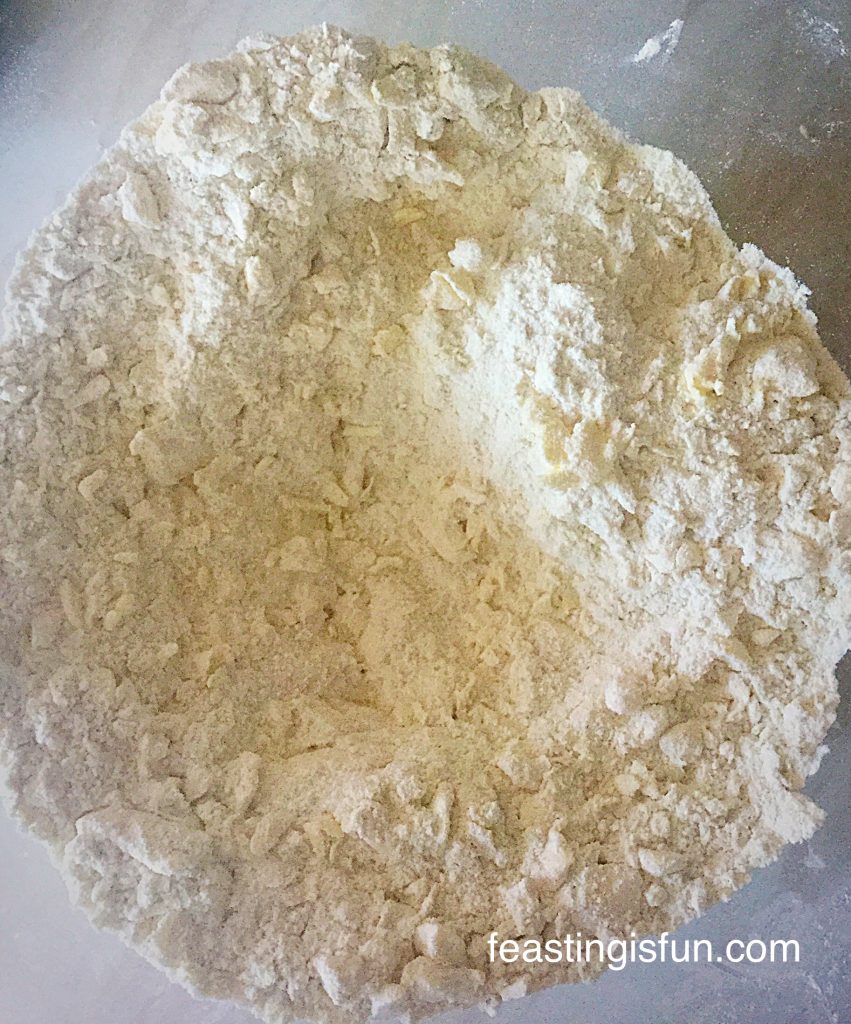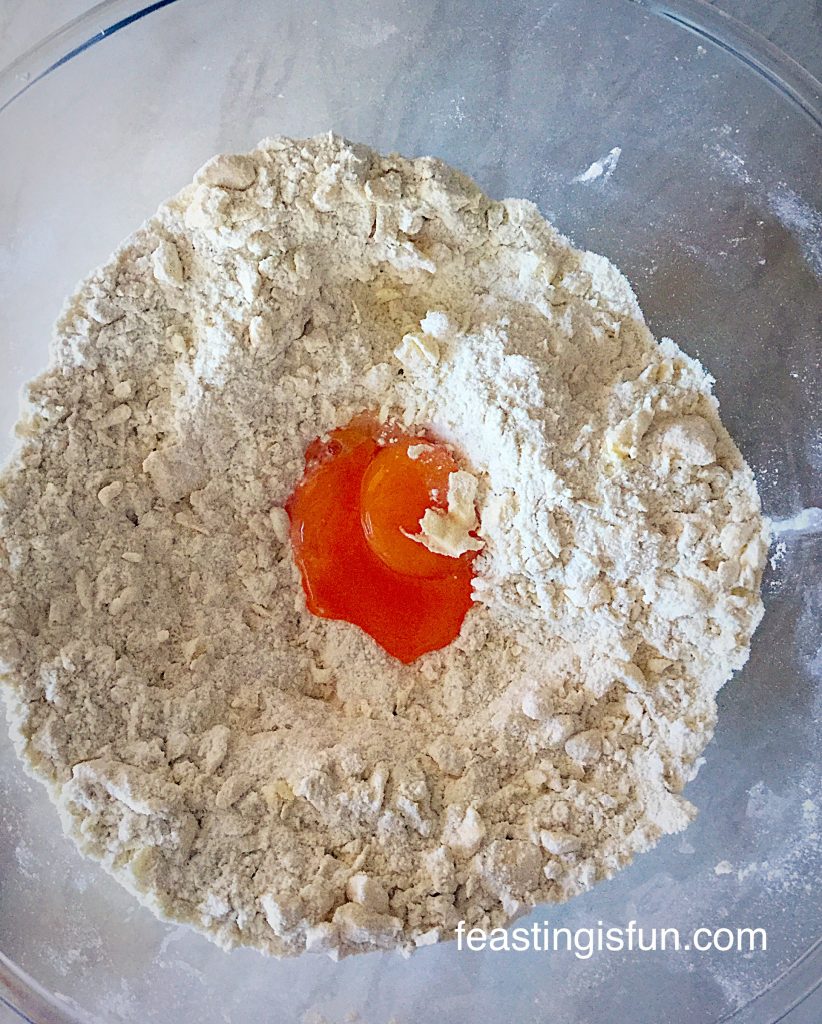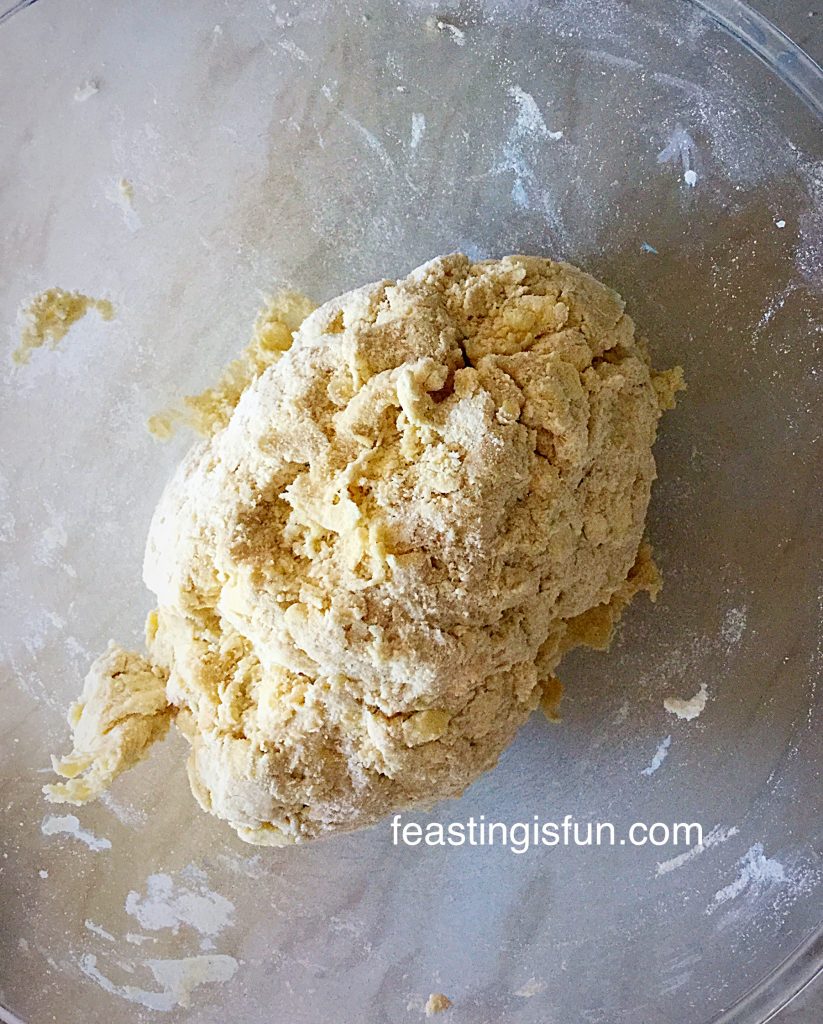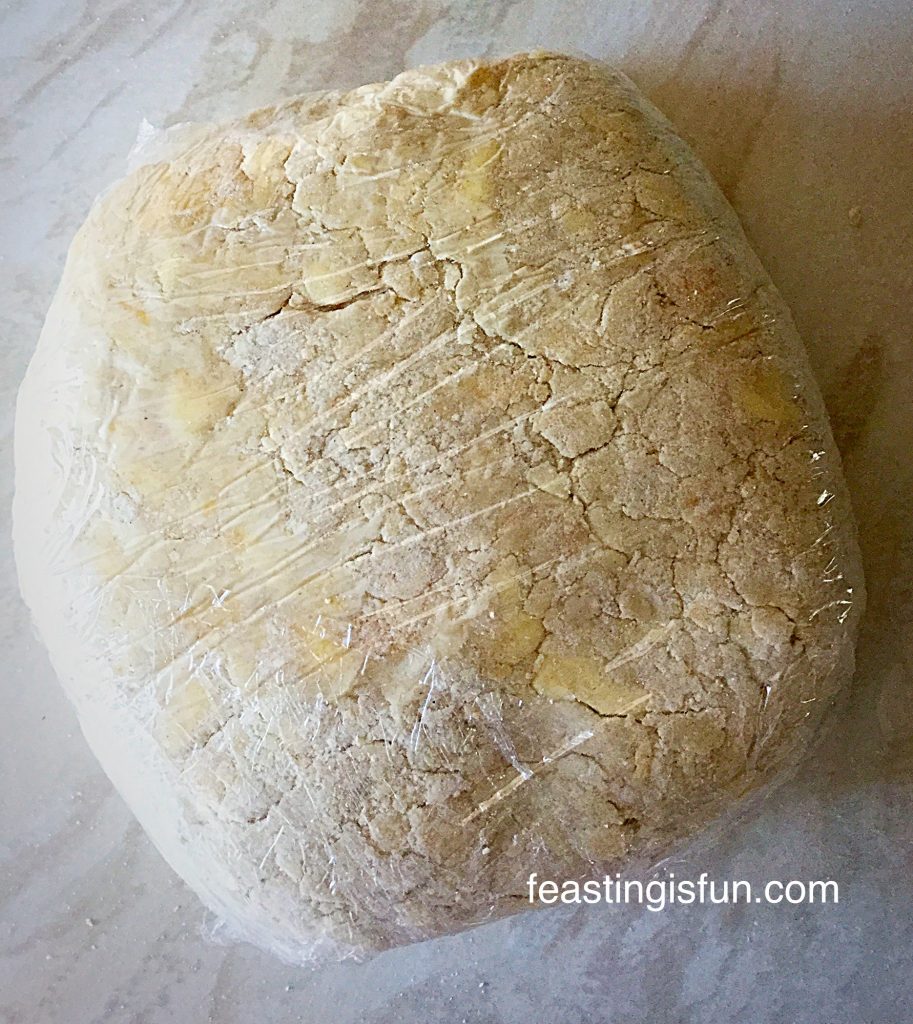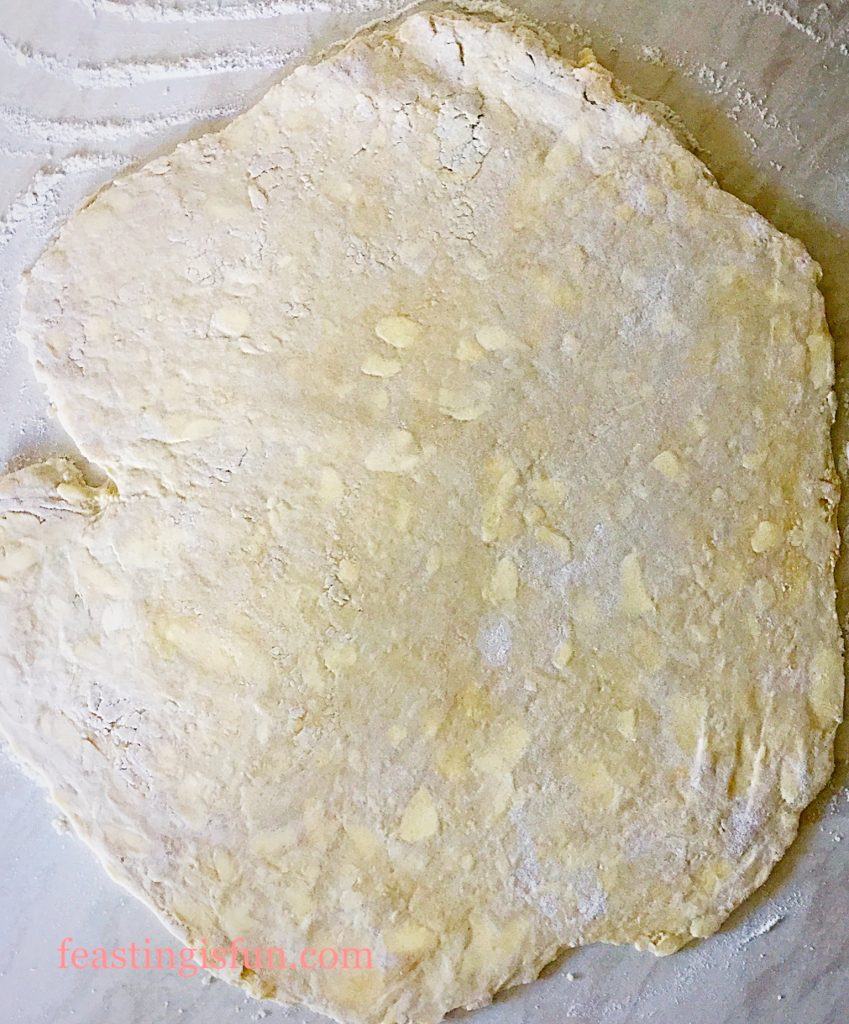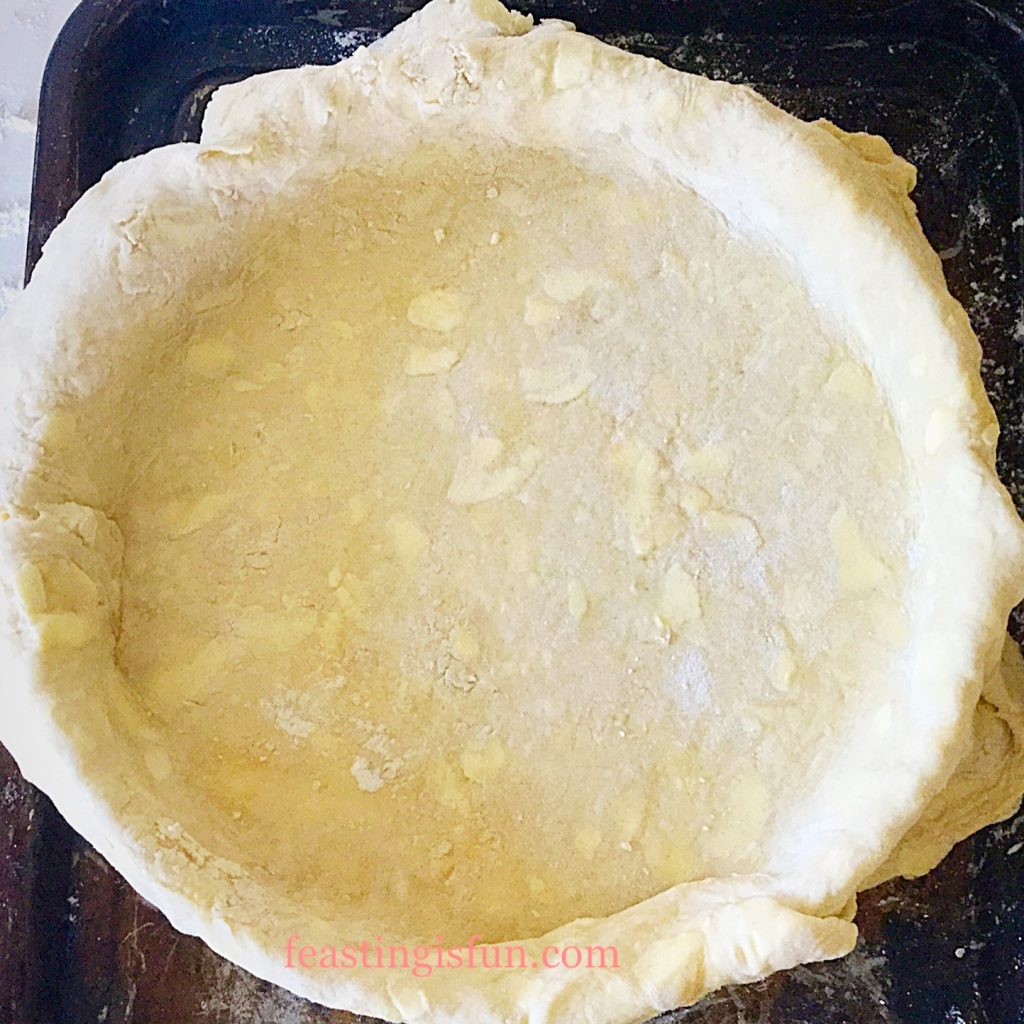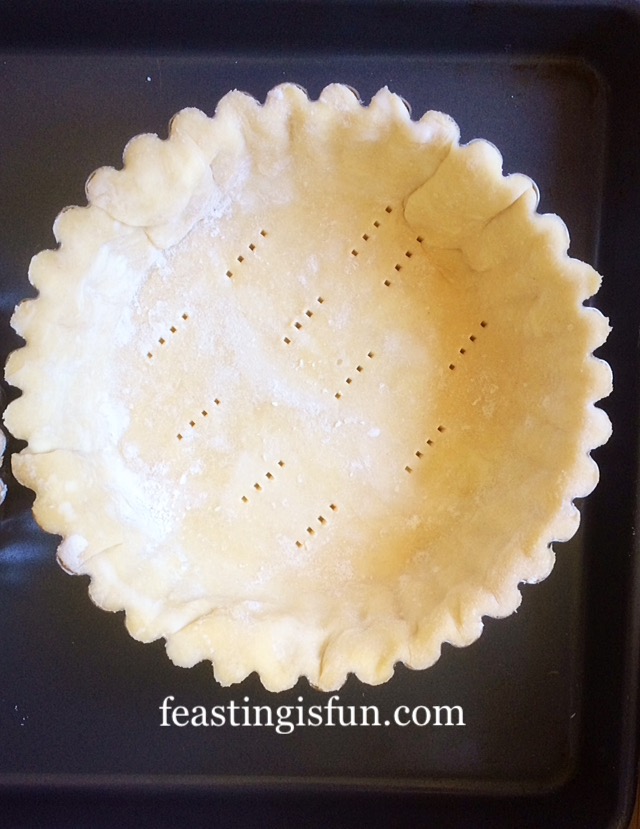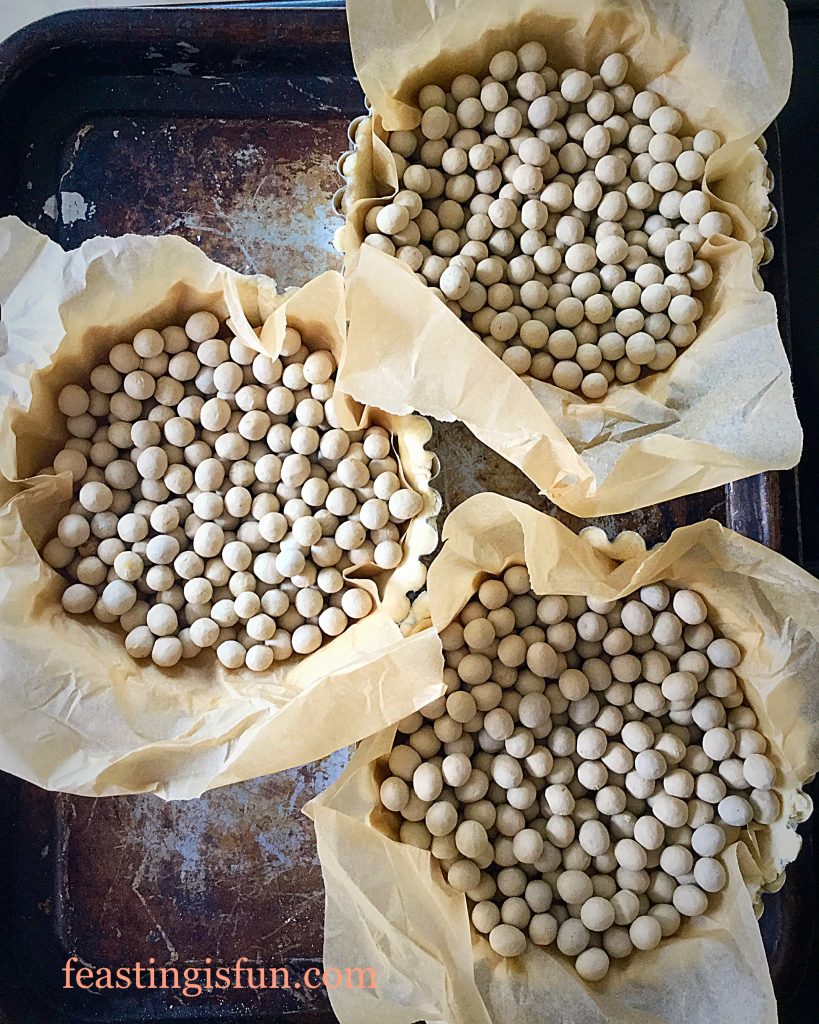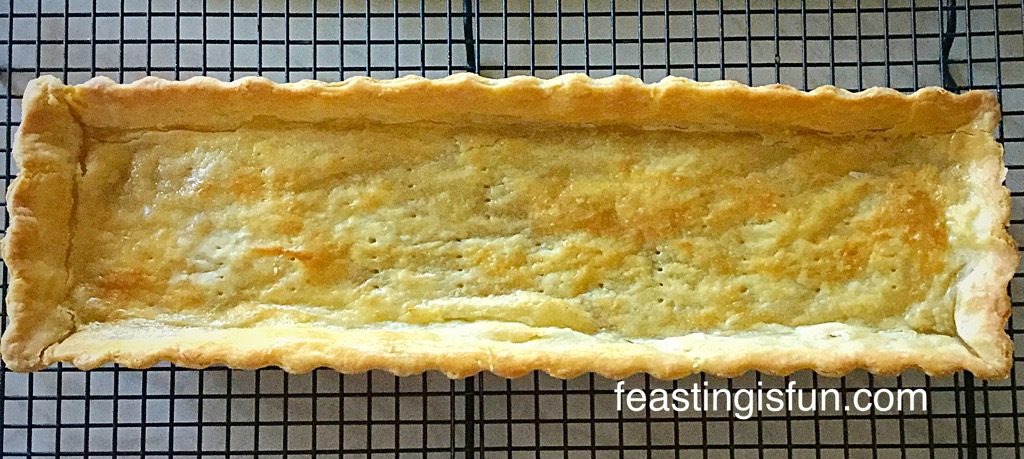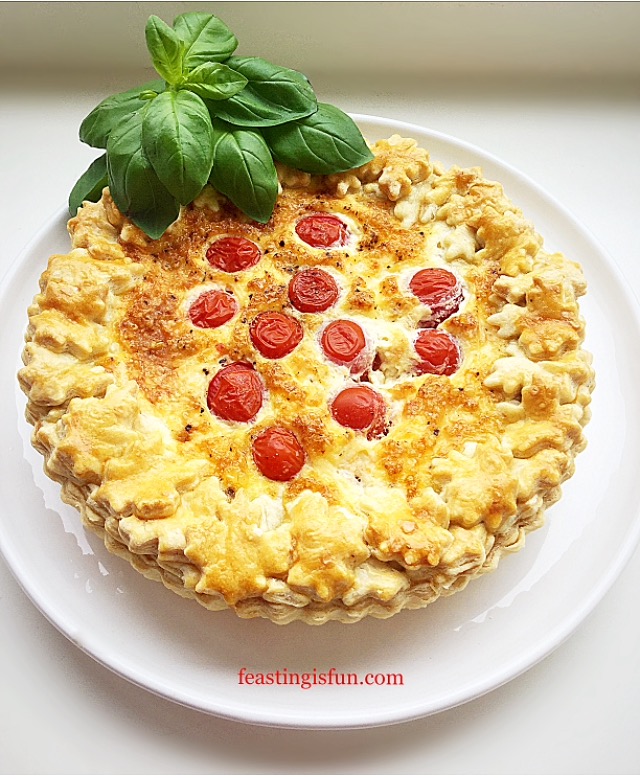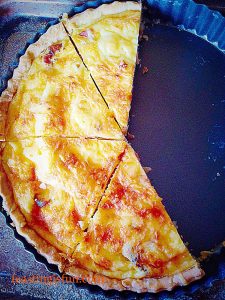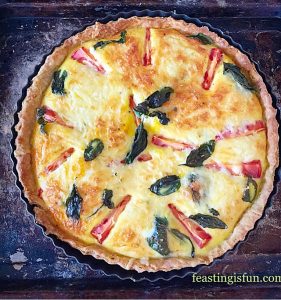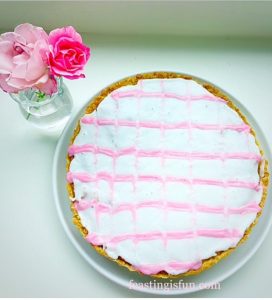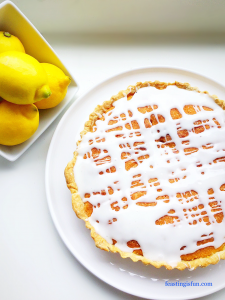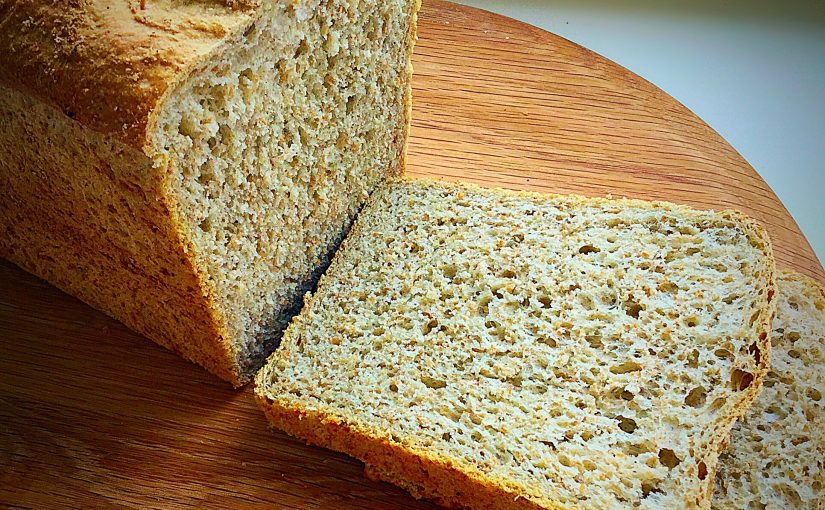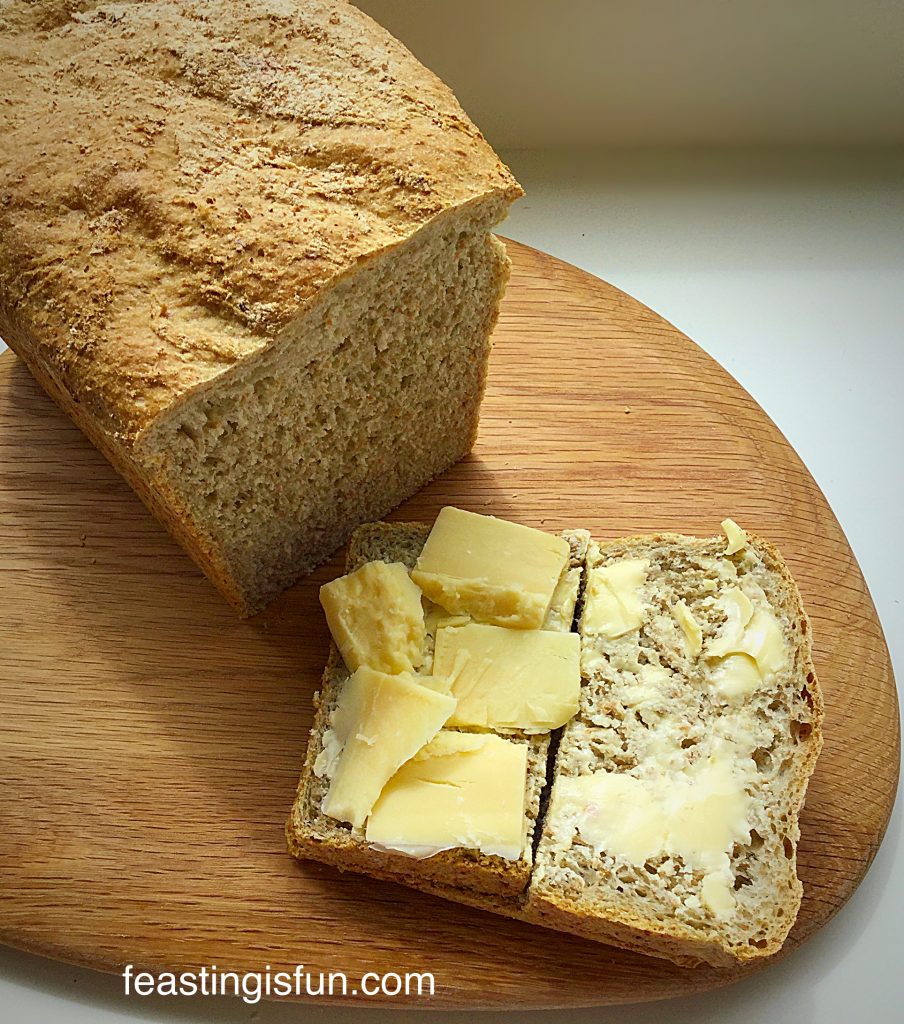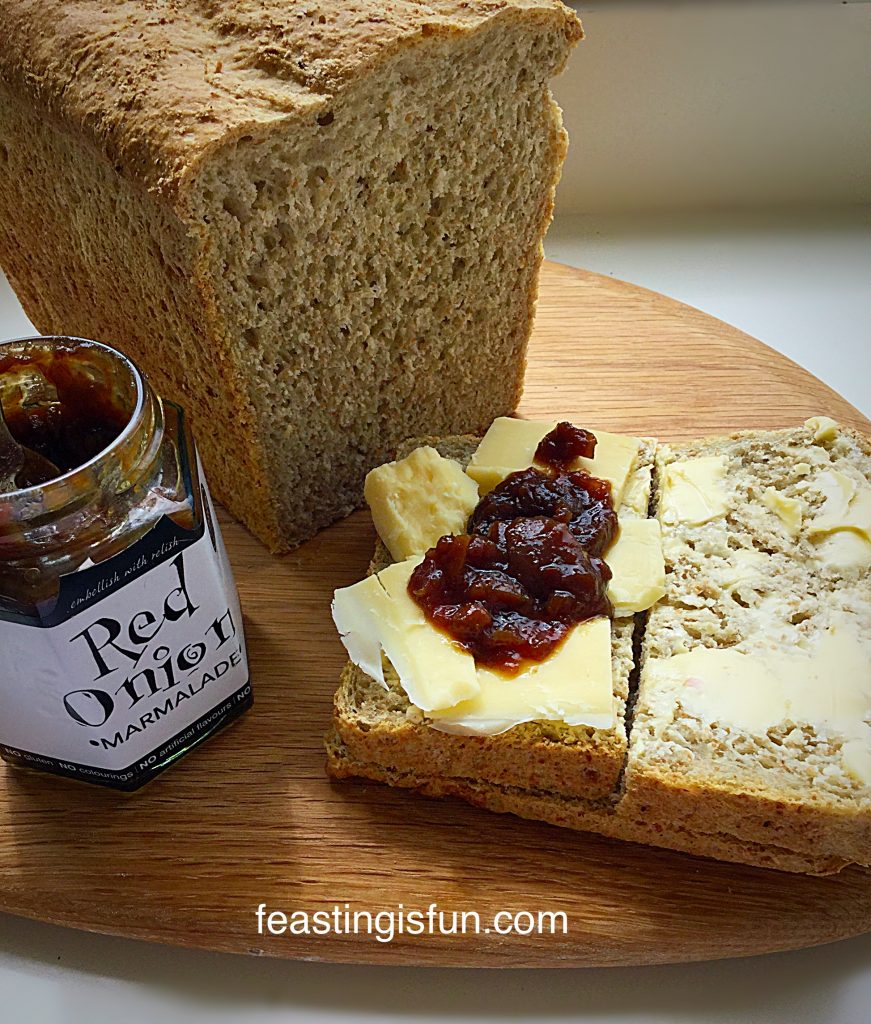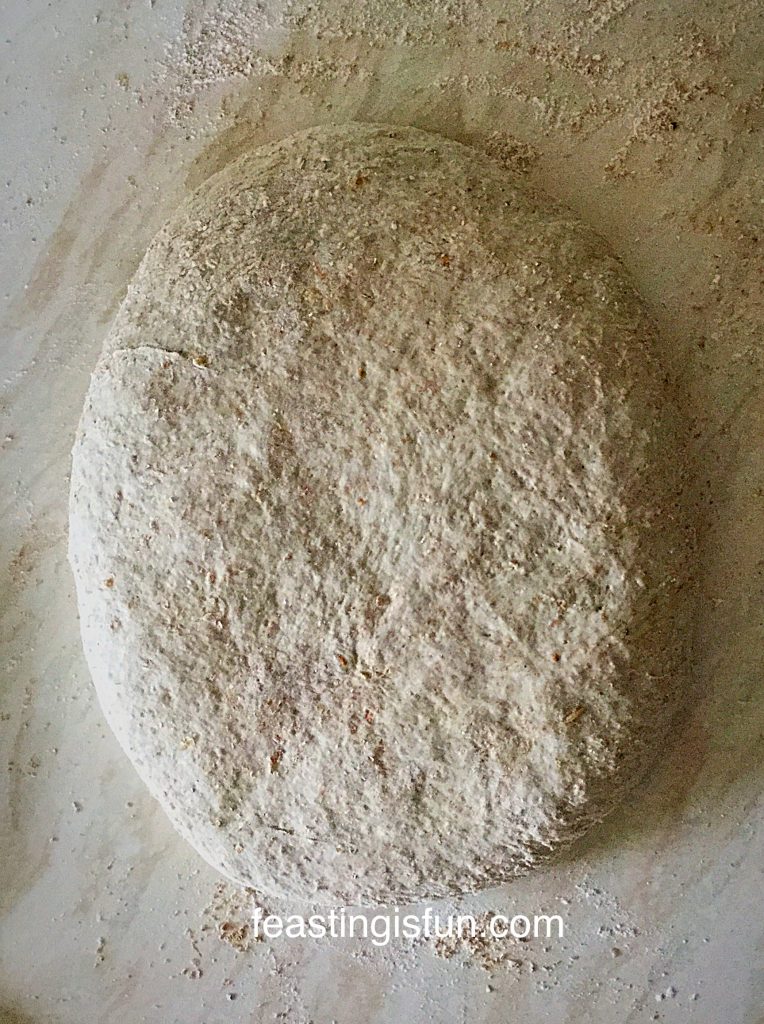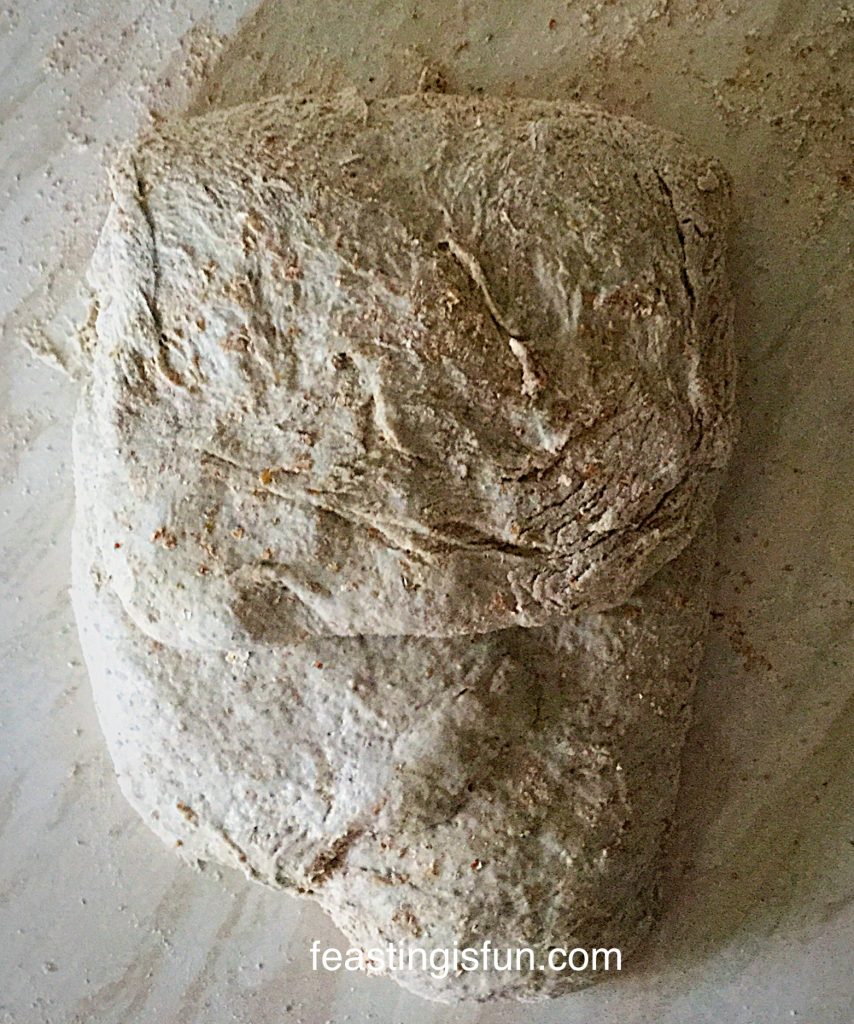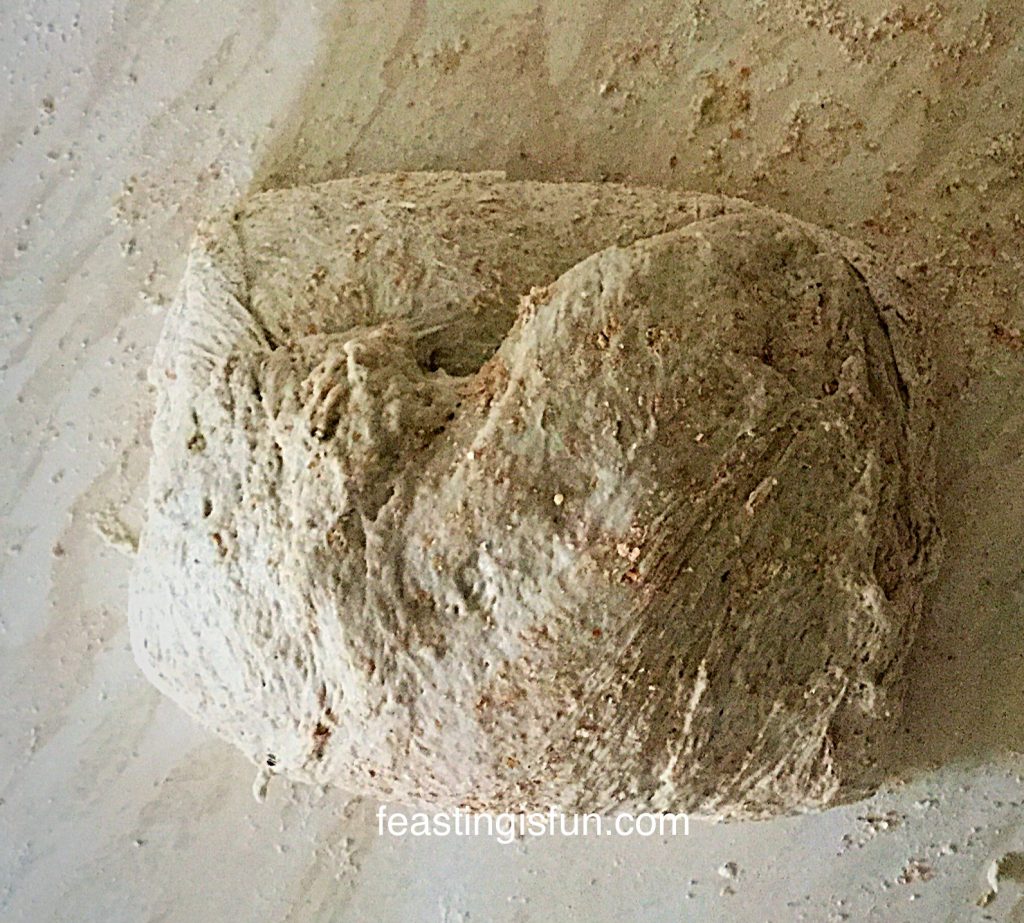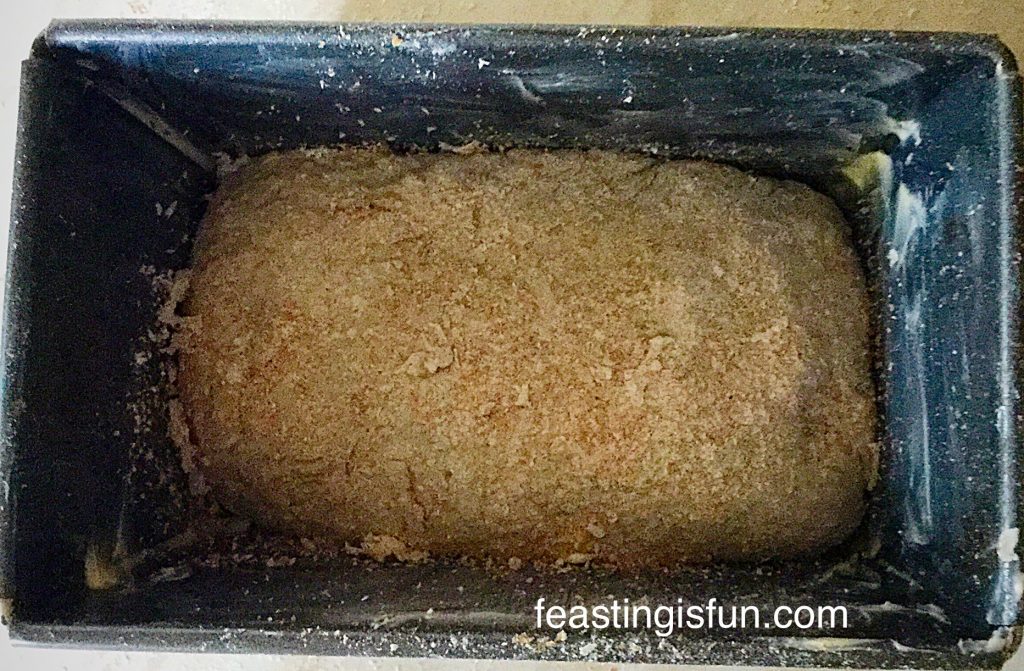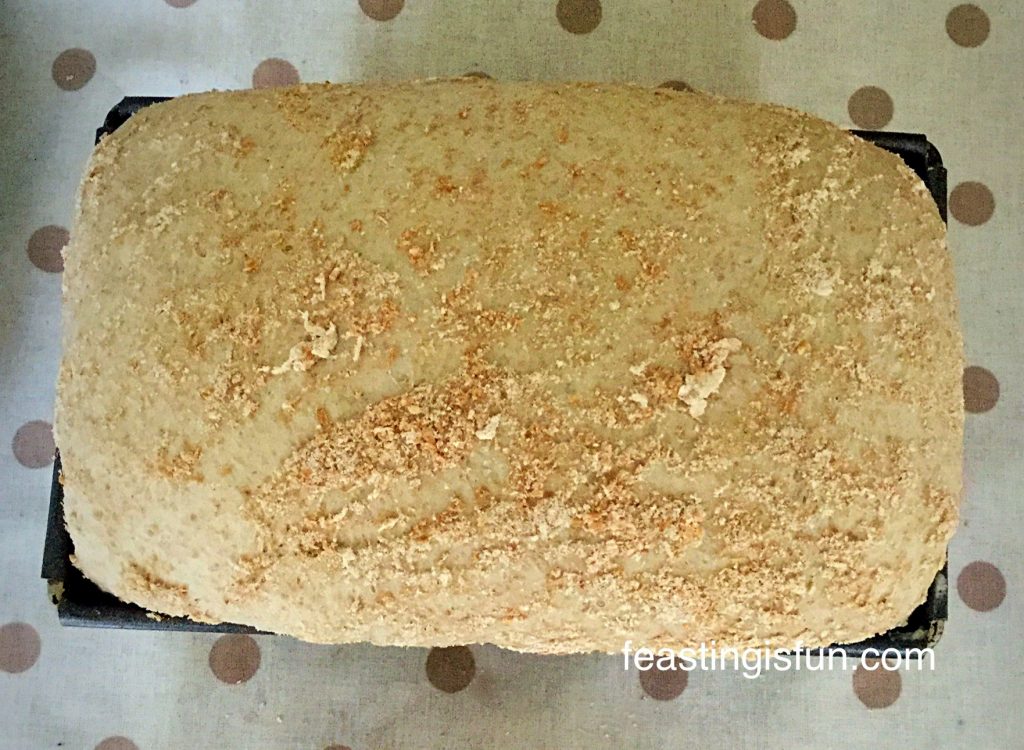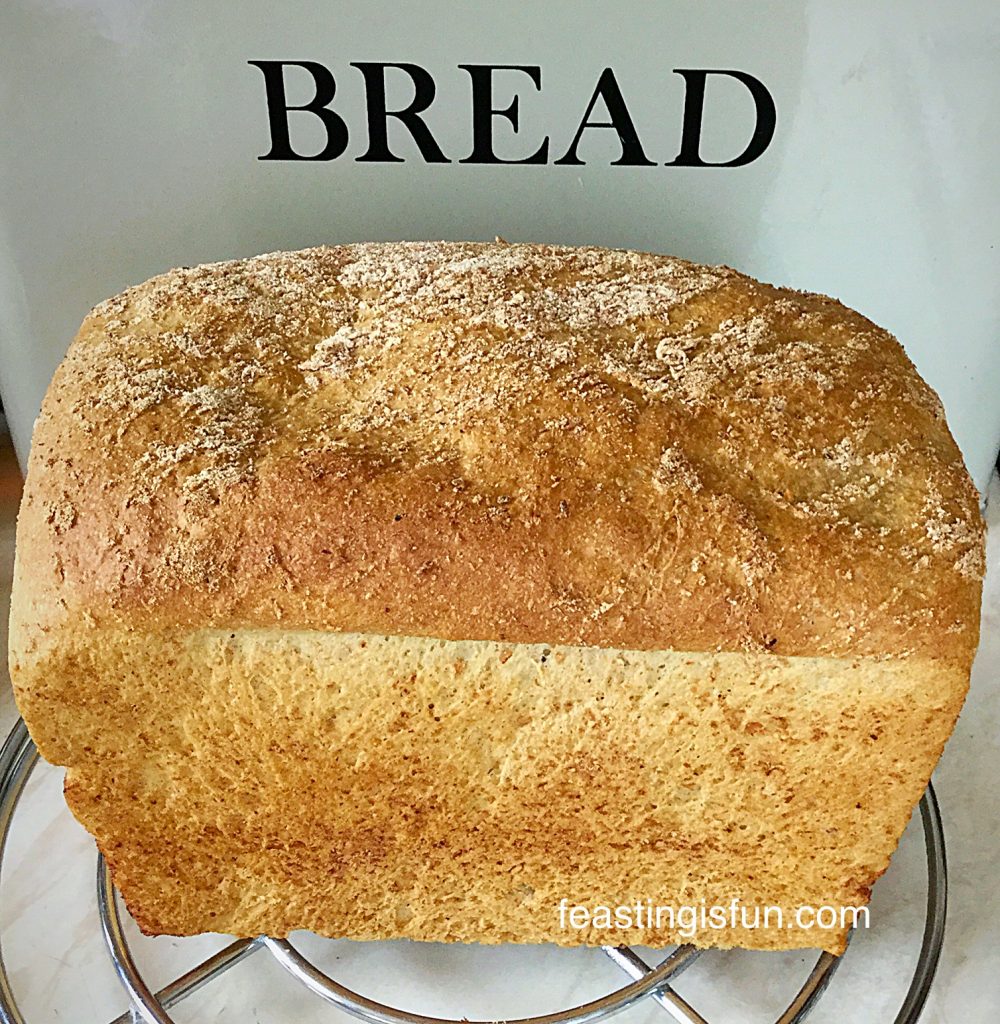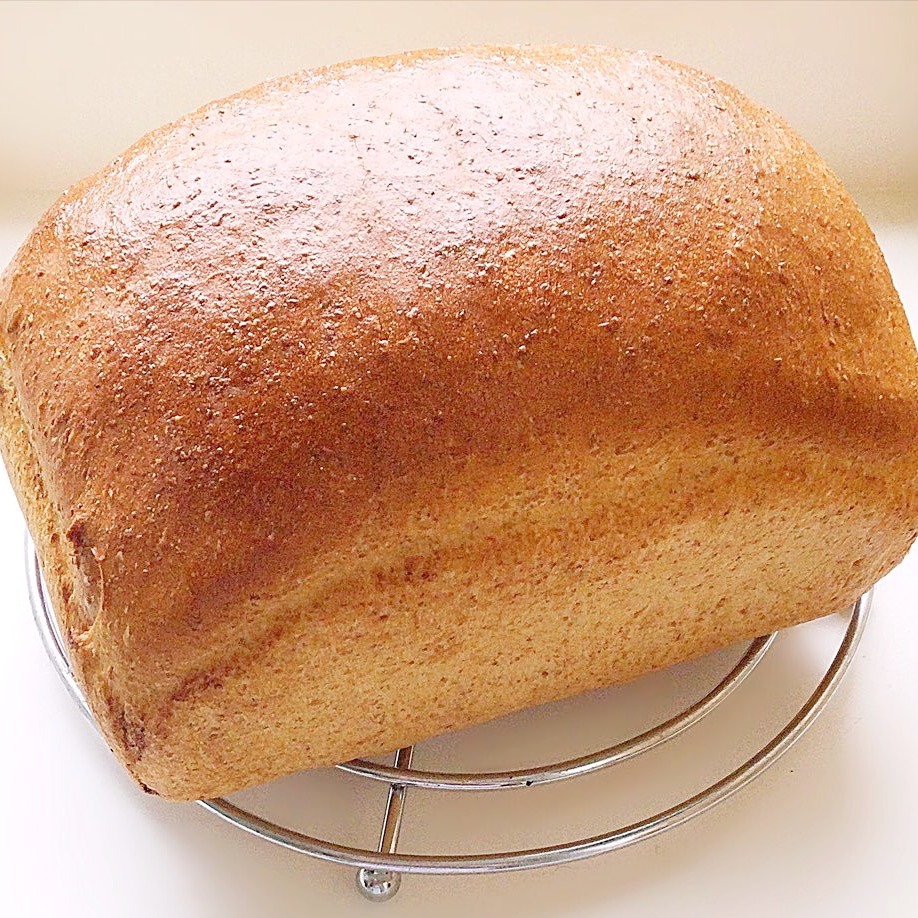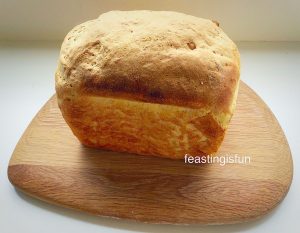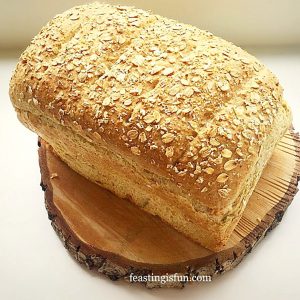Today is the first of June and finally it is beginning to feel like Summer. And, of course my mind immediately turns to all the lovely fresh produce that this season yields. Since we are currently celebrating British Tomato Fortnight I am creating recipes that celebrate the diversity of this tasty little fruit. So with caprese salad as my inspiration let me introduce you to my Cherry Tomato Mozzarella Basil Focaccia.
Focaccia is a bread with Italian origins. At its simplest it is a flat, white, airy bread, drizzled with olive oil and having a dimpled appearance. Serve it with salad, soup, pasta or as part of antipasti, the key is in the lightness of its crumb. In comparison, this cherry tomato and mozzarella topped bread with layers of basil hidden within the bread, is almost a meal in itself.

As the bread bakes the fresh basil and garlic permeate throughout creating an incredible savoury flavour. Also, the fresh, vine ripened tomato flavour intensifies in the heat of the oven. Resulting in a joyfully flavoursome bread that is perfect for sharing, Italian style, around a table full of friends, family and food.
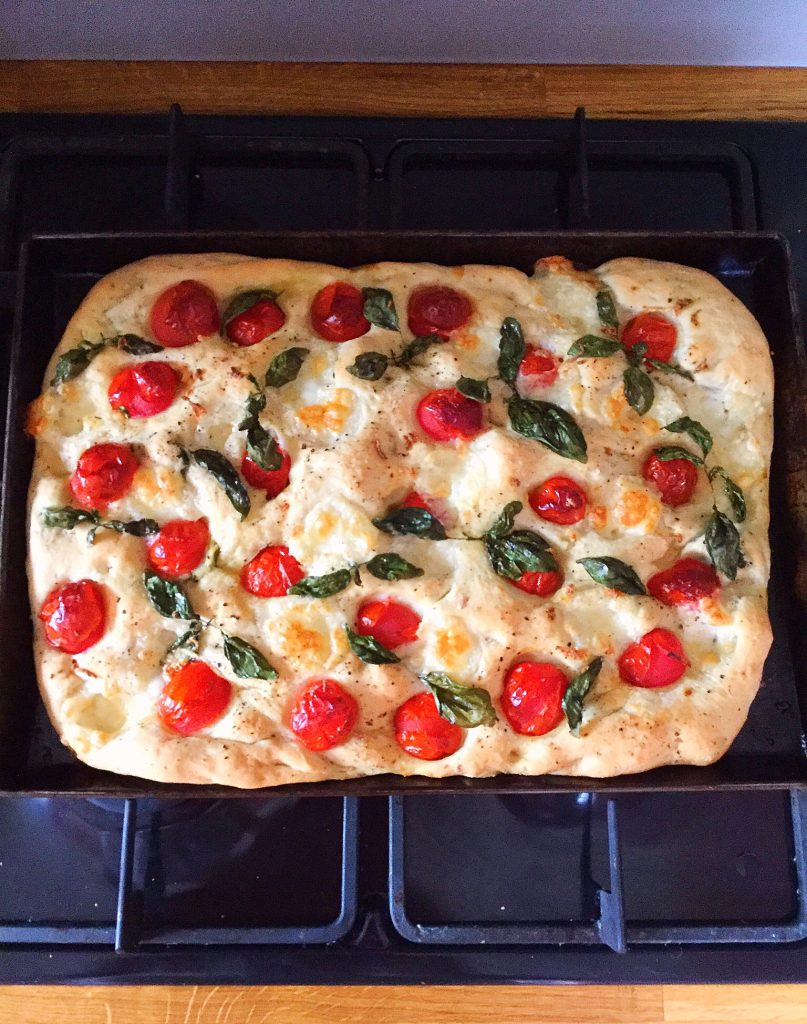
If you haven’t made bread before, please do not worry. Because, as I am writing a recipe I always imagine the person reading it is standing next to me. Since I am a natural chatter-box, I describe each part of the process in easy to understand language and include photos for every step of the recipe. So you can be confident as you start your baking process.
Recipe: Cherry Tomato Mozzarella Basil Focaccia
For The Focaccia Dough
250ml Tap Water – at room temperature
7g Dried Yeast – I use Allinson
1tbsp Runny Honey
350g/12oz Strong White Bread Flour – I use Wright’s
5g Salt – I use Maldon sea salt
2 Garlic Cloves – finely minced or crushed
2tbsp Olive Oil
Filling And Topping The Focaccia
2 Generous Handfuls Of Fresh Basil Leaves (approximately 25-30) – one handful for folding into the dough and the second for topping the focaccia
12 Mini Plum Tomatoes – cut in half. Alternatively use 24 small round cherry tomatoes
150g/5oz Approximately 20 Mini Mozzarella Balls – drained
1-2 Garlic Cloves
2tbsp Olive Oil
Pinch of sea salt and freshly ground pepper
Method:
Making The Focaccia Dough
I use a stand mixer with the dough hook attachment for the first part of mixing and proving the dough. Alternatively you can make the dough by hand. Large bowl in the instructions refers to the stand mixer bowl or the bowl used for hand mixing. Also, it is important to weigh all of the ingredients accurately to ensure a successful bake.
- First of all add the tepid water to a large bowl and add the olive oil and then the honey. Adding the olive oil first ensures that the honey releases easily from the oiled tablespoon.
- Next add the yeast.
- Add the flour so that it covers all of the liquid ingredients.
- Finally add the salt and minced garlic.
- Fit the bowl to the stand mixer and lower the dough hook.
- Mix on a low speed until all the ingredients are combined. Increase to a medium speed for approximately 10 minutes until the dough passes the windowpane test. To carry out the test stop mixing/kneading. Remove a small piece of dough and stretch it between your fingers. To pass the test the dough should stretch without tearing until light is visible through the dough. If the dough tears continue mixing/kneading for a further 2 minutes and test again.
- As soon as the dough passes the windowpane test stop mixing/kneading and scrape any dough from the dough hook into the bowl.
- Form the dough into a ball, place back into the bowl and cover with a clean tea towel.
- Place the bowl in a draught free place and leave until the dough is doubled in size.
Knocking Back The Dough And Adding The Fresh Basil Leaves
- As soon as the dough is doubled in size, turn it out of the bowl onto a lightly floured worktop. Most importantly, ensure the top of the risen dough is in contact with the worktop and the sticky underneath is now on top.
- Pull out part of the dough with your hand and then tuck it into the centre of the dough.
- Turn the dough clockwise, approximately 10 minutes if it were a clock and repeat the pulling and tucking technique. Repeat this process until the dough is smooth and not sticky to touch. See bottom right photo.
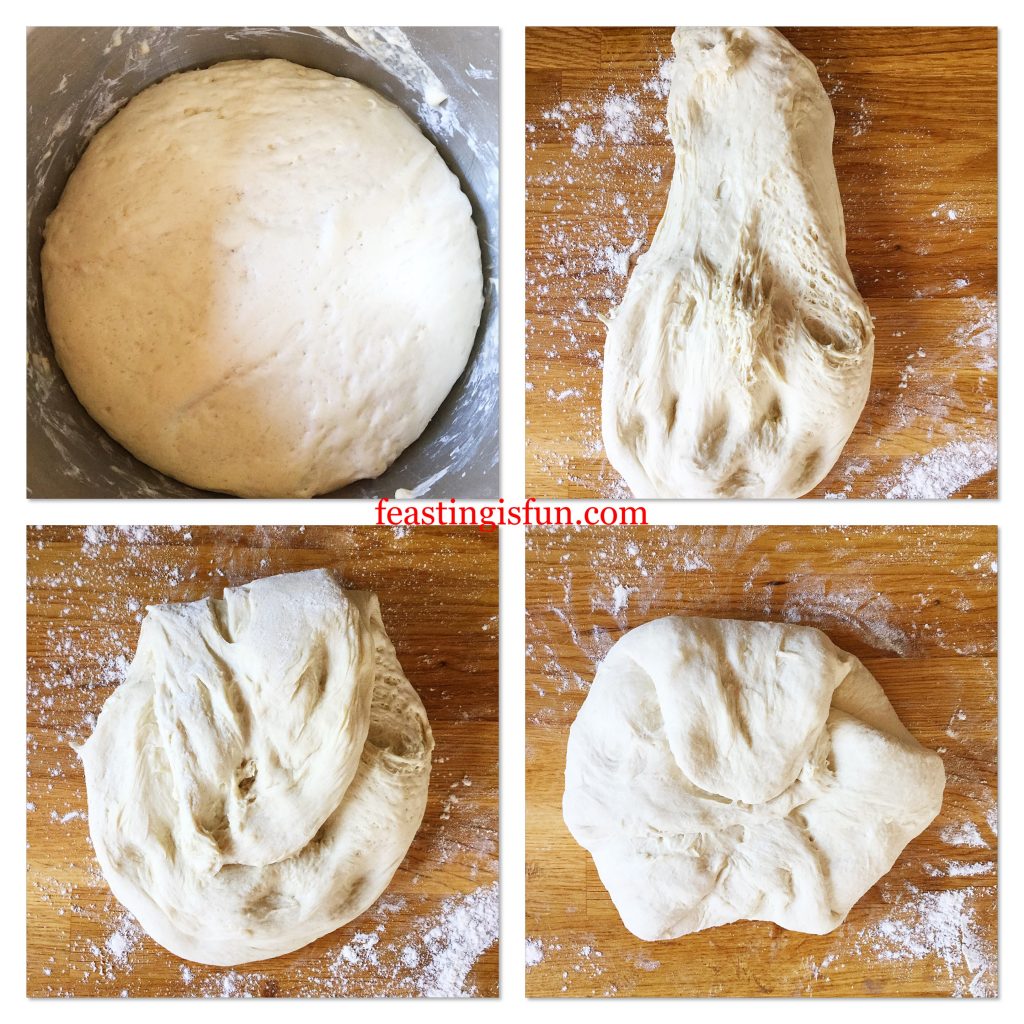
- Turn the dough over and press out using your fingertips until it is a roughly square shaped approximately 10”/25cm.
- Lay one handful of fresh basil leaves on top of the dough.
- Fold the top third of the dough down and then fold the bottom third of the dough up and over.
- Turn the dough by a quarter and repeat the folding step.
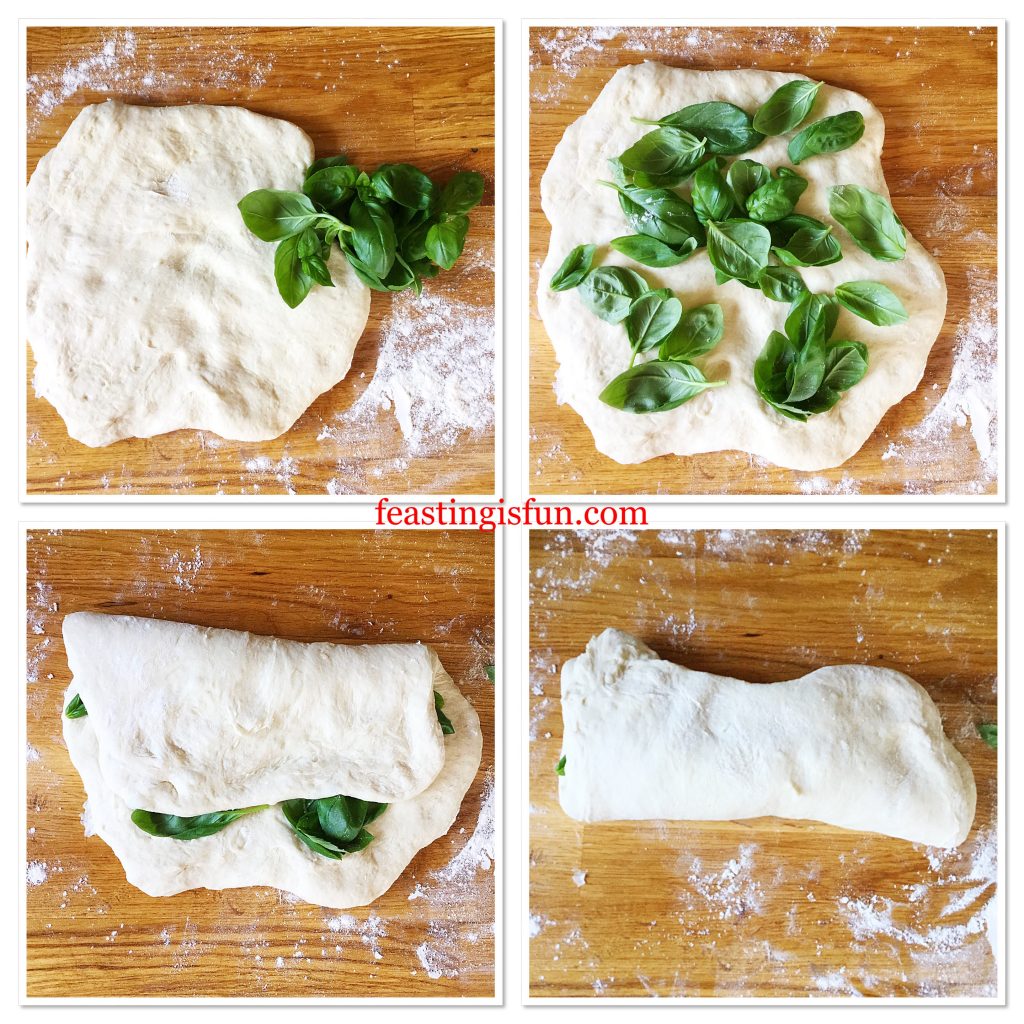
Pressing Out The Focaccia Dough And Adding The Toppings
- Turn the dough over and place onto a lightly oiled baking tray.
- Drizzle 1 tablespoon of olive oil over the dough and use your fingers to press out the focaccia dough, taking care to keep the basil leaves within the dough.
- Press the halved mini plum tomatoes into the dough.
- Likewise add the mini mozzarella balls in the same manner.
- Scatter over the minced garlic and last handful of basil leaves.
- Finally drizzle lightly with olive oil and add a pinch of sea salt and black pepper.
- Leave in a draught free place to rise and preheat the oven to 200C/180C fan, gas mark 6, 400F.

Baking The Cherry Tomato Mozzarella Focaccia
- As soon as the focaccia has plumped up around the tomatoes and basil, while doubling in size, it is ready to be baked.
- Place the focaccia into the centre of the oven and bake for 25-35 minutes.
- The bread is baked when it is golden on top and underneath, use a palette knife to lift a corner.
- And once baked remove from the oven.
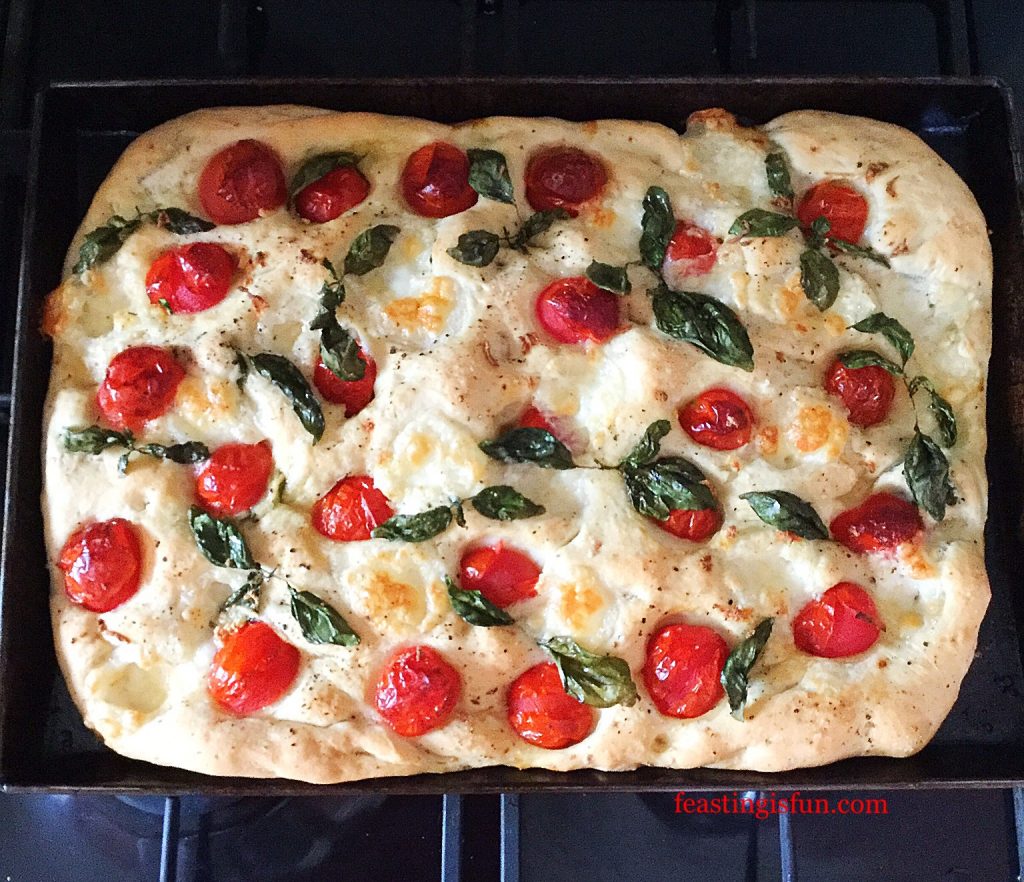
- Leave the focaccia to cool for 5-10 minutes before serving.
- Alternatively, bake earlier in the day and reheat in a moderate oven for 10 minutes prior to serving.
To serve this focaccia I ran a pizza wheel across it at various angles to create interesting shapes and portions.
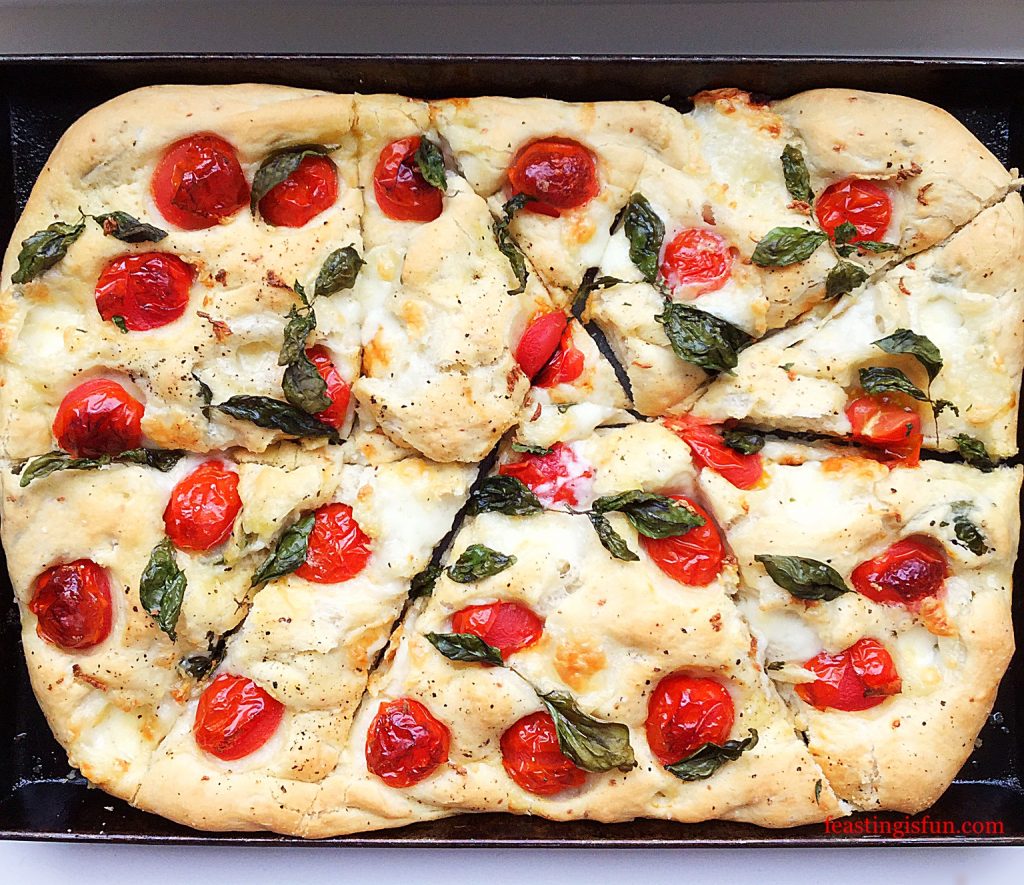
This bread can be made a day in advance, including the toppings. Cover with cling film and refrigerate. To bake, remove from the fridge, allow the dough to come up to room temperature and puff up and then bake as per the recipe.
Any leftover focaccia can be placed in an airtight container and refrigerated for one day. Also, freezing the focaccia is not recommended due to the fresh tomatoes.
If you have enjoyed this recipe for Cherry Tomato Mozzarella Basil Focaccia you may also like these:
Baked Cheese Olive Ciabatta Bread
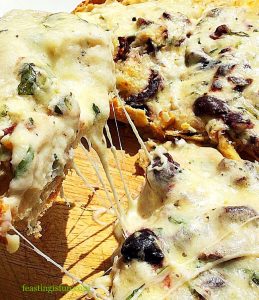
Tomato Thyme Garlic Focaccia Bread
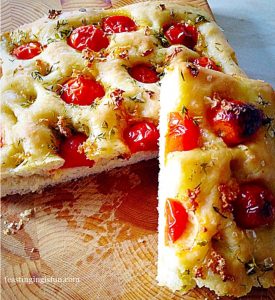

Because, when I bake, I use the very best ingredients I can afford, this always has an impact on the final flavour. And including locally grown, British produce give me a sense of pride at how incredible our farmers are here in the U.K. Supporting British farmers and also British businesses, such as Room Forty who provide an Afternoon Tea service, is something that I am passionate about. Our country has a wealth of talented people who produce an amazing array of produce and products. While they may be a little more expensive than mass produced imports, what they have in abundance is love and care. Resulting in far higher quality produce grown and made by people who are passionate about what they do.
Do you consider where your food comes from when grocery shopping?
Whatever you are making, baking and creating in your kitchens, have fun preparing and sharing your feast.
Sammie xx
The British Tomato Association gifted me the tomatoes produced by Eric Wall to sample and taste during British Tomato Fortnight #BTF19. I have not been paid or received any financial gain for writing this blog post. All opinions, views and content are my own. No part of this post may be reproduced or duplicated without the written permission of the owner. Please see my Disclosure Policy.
